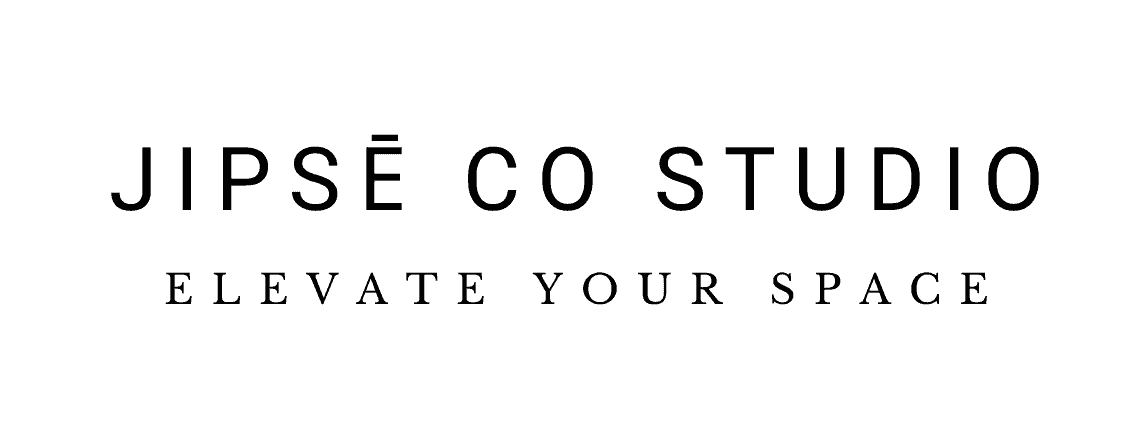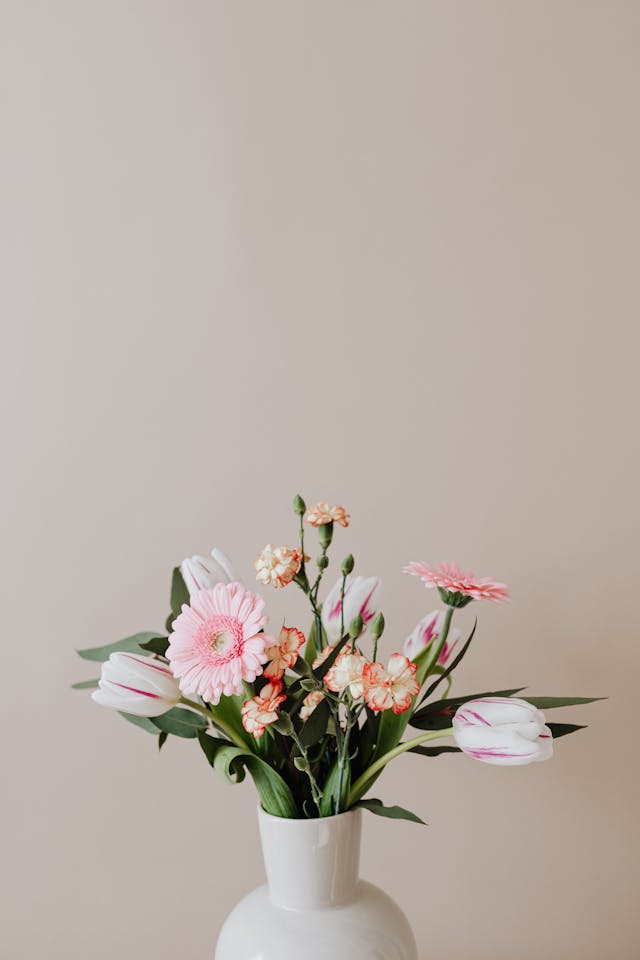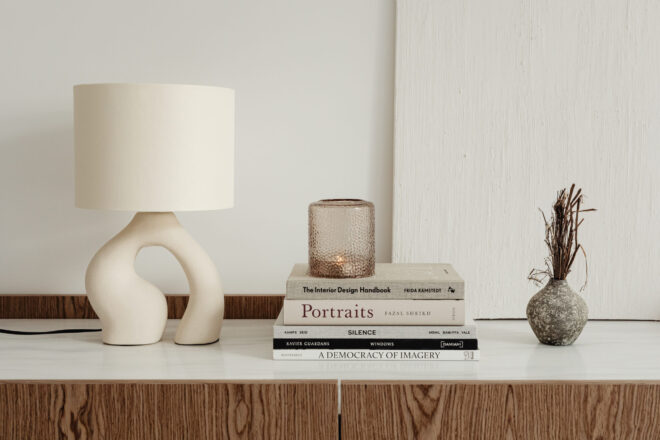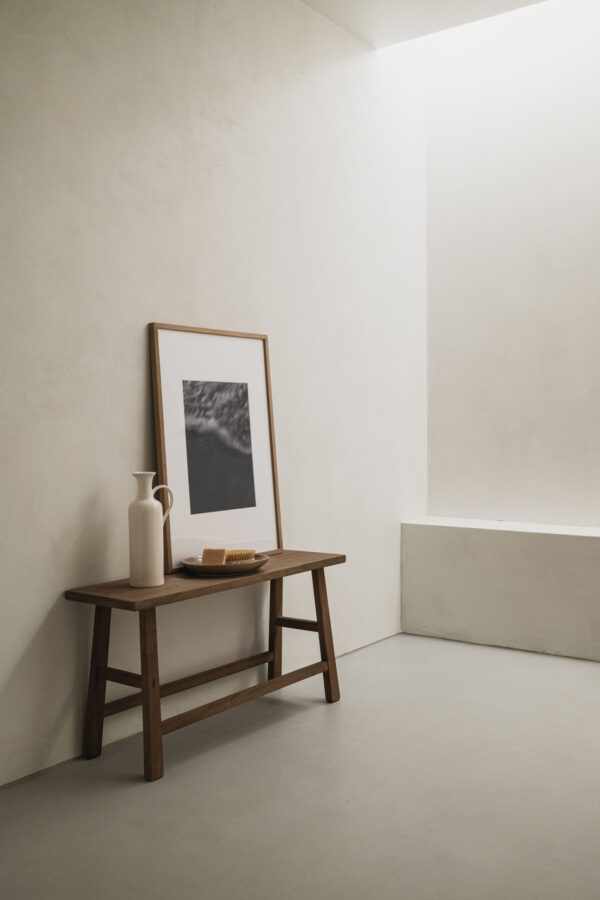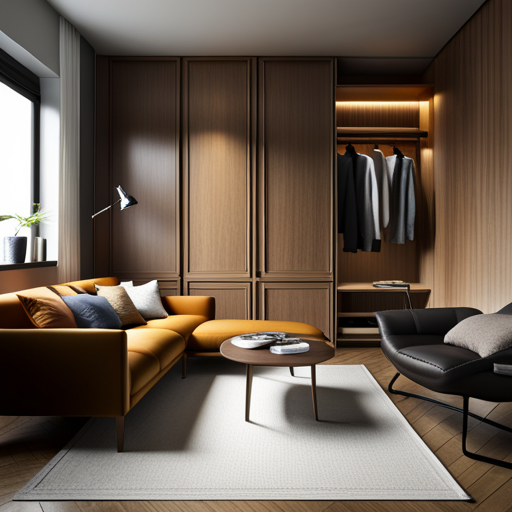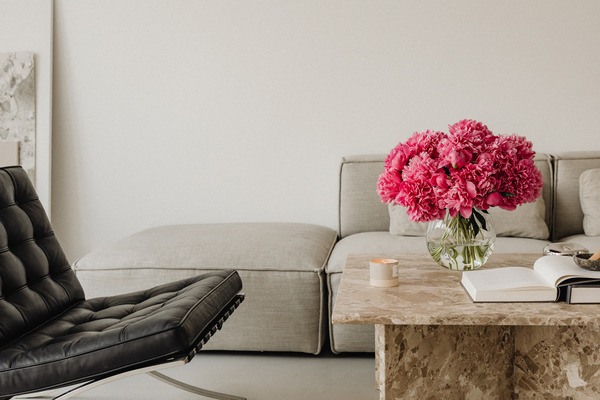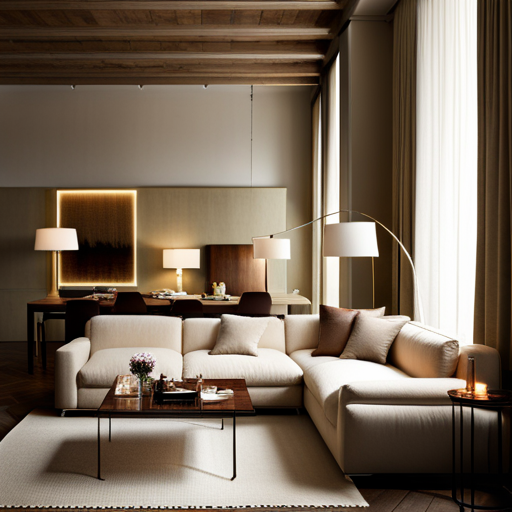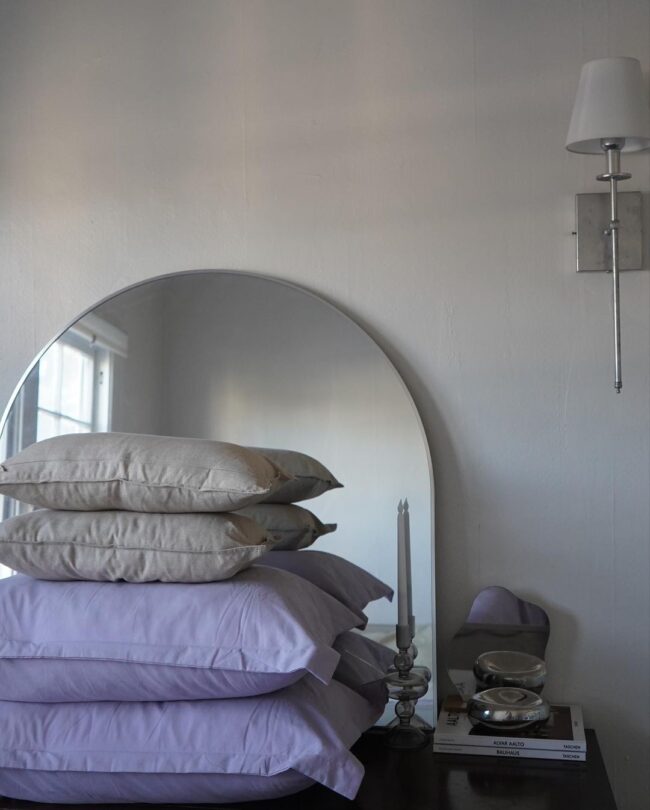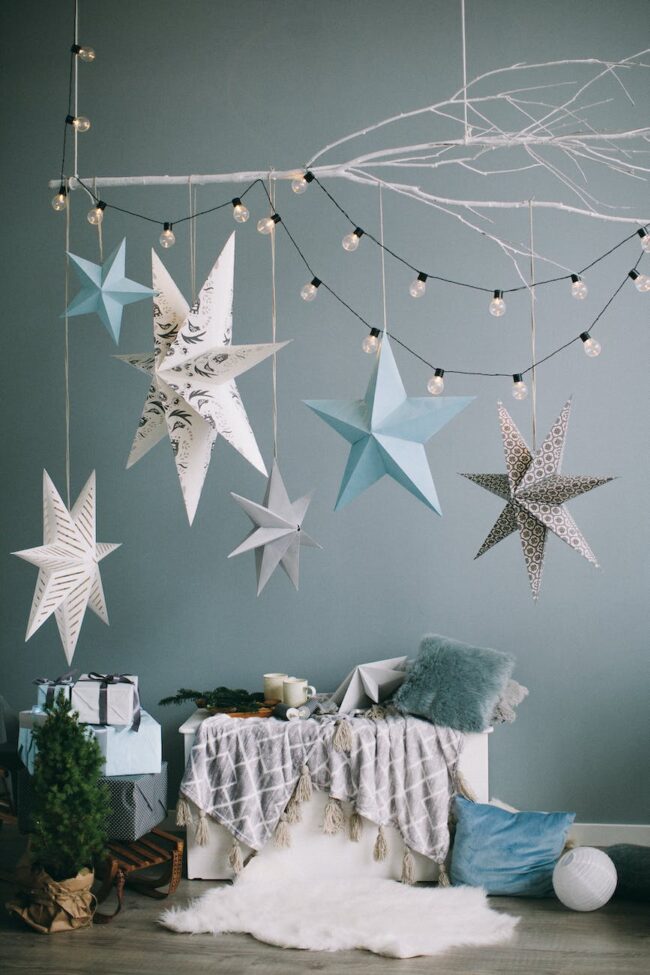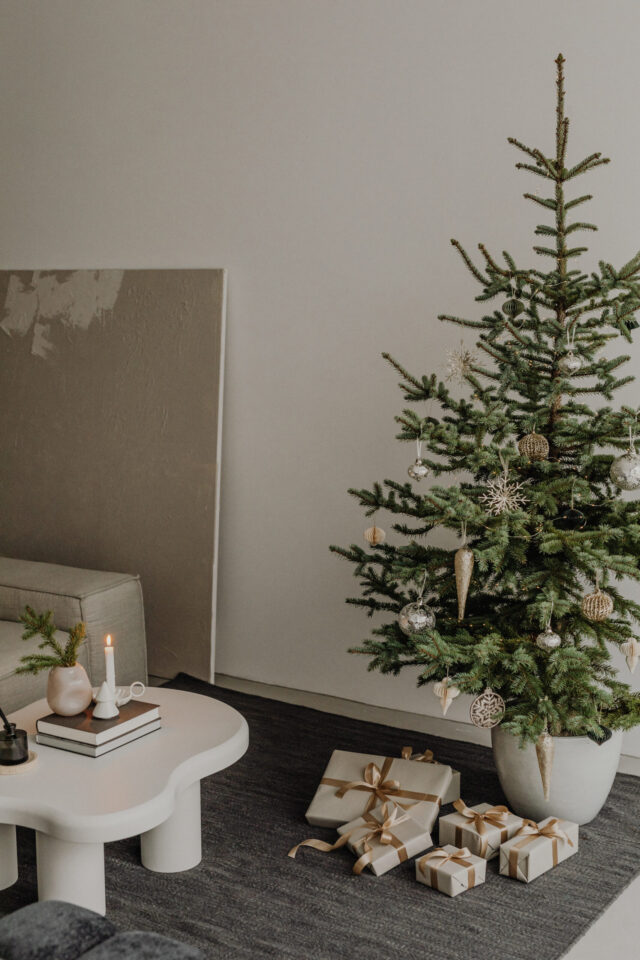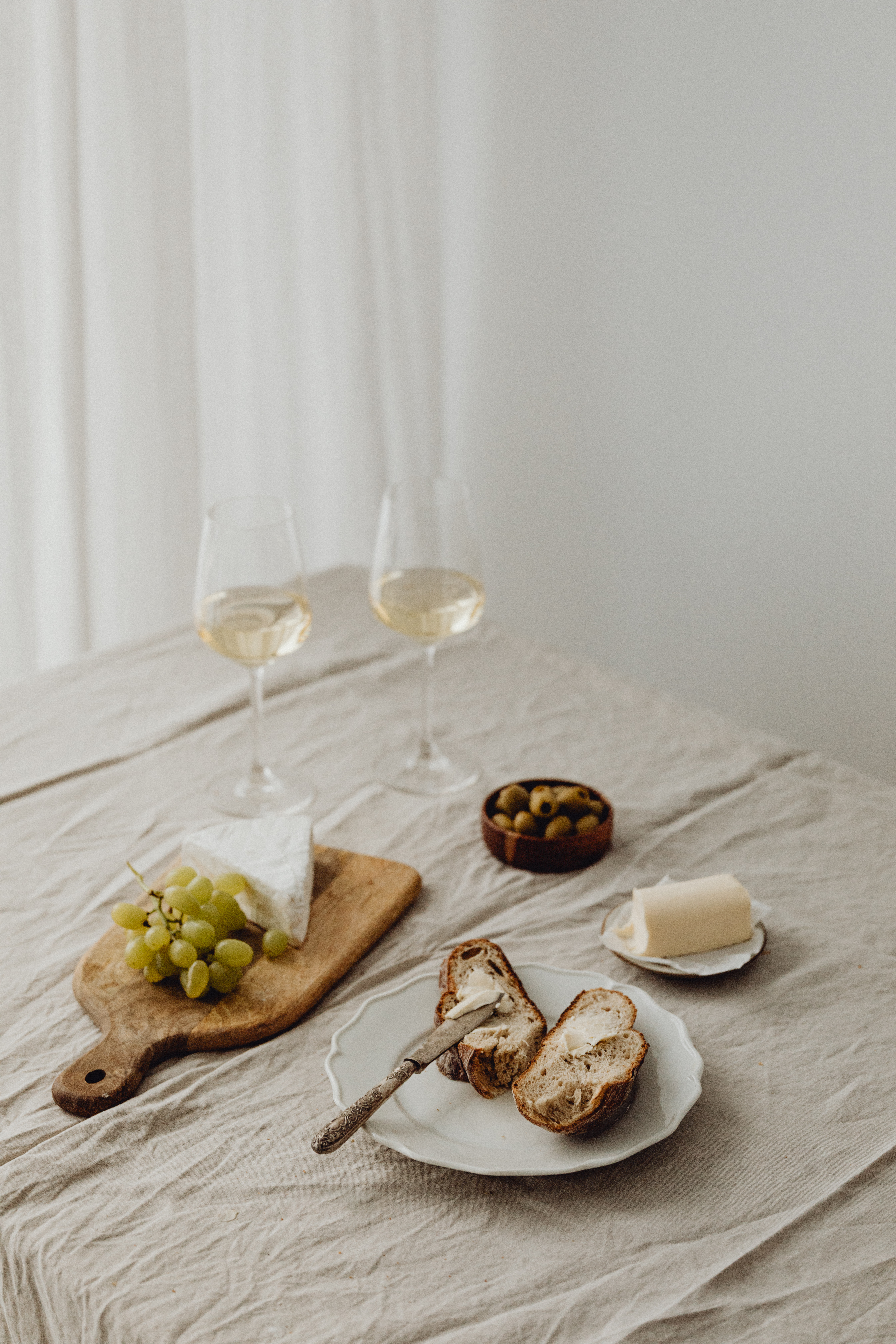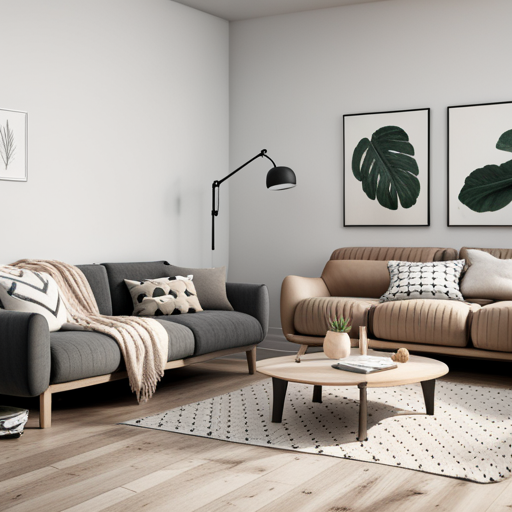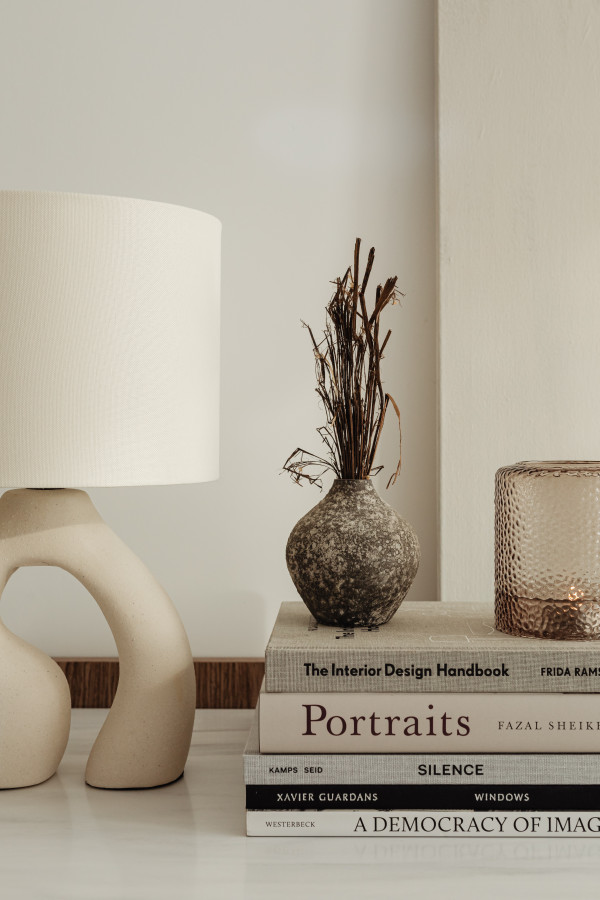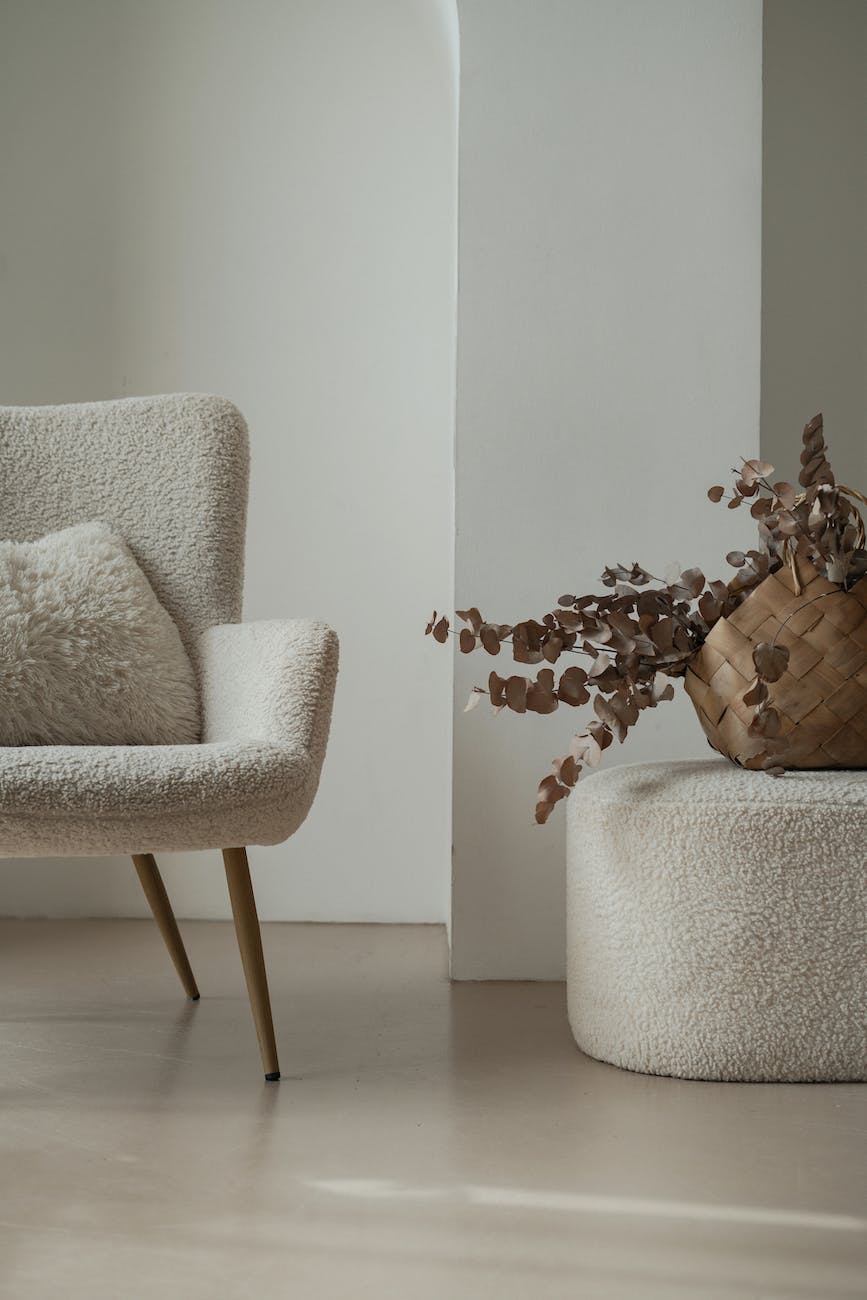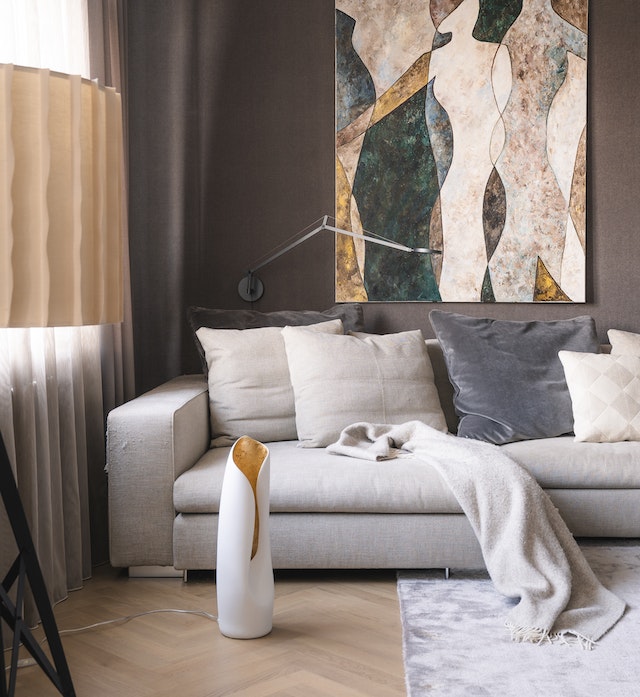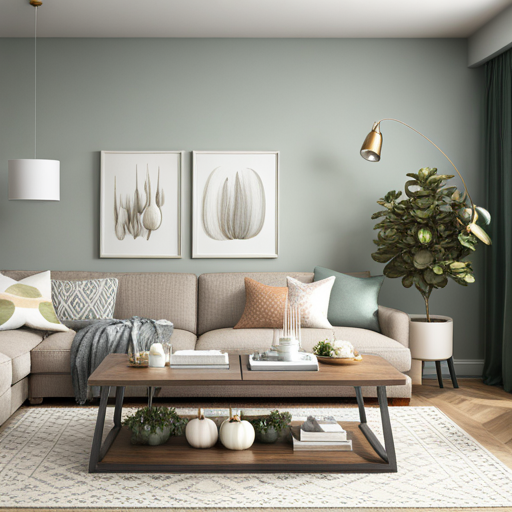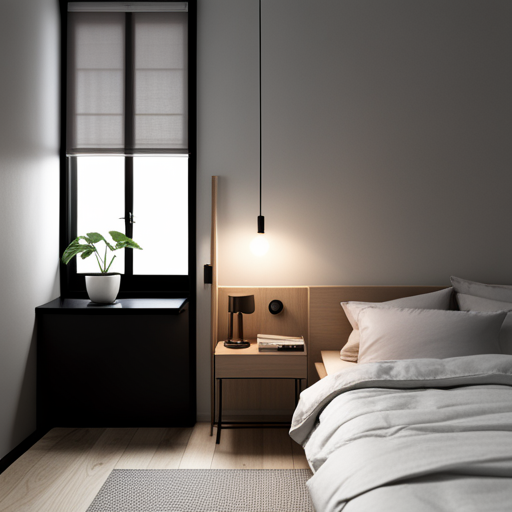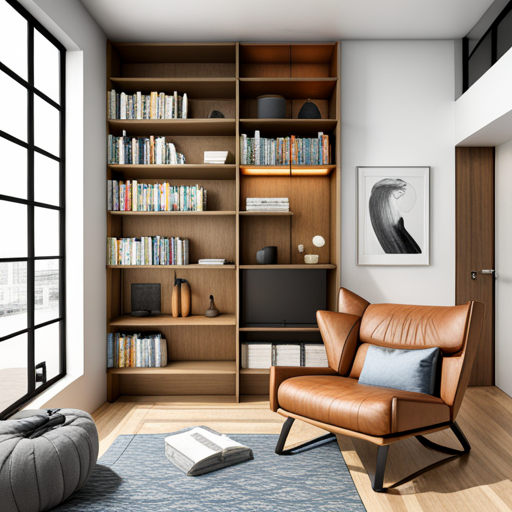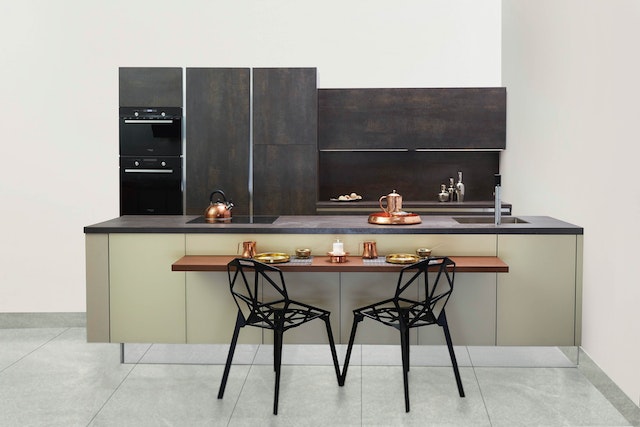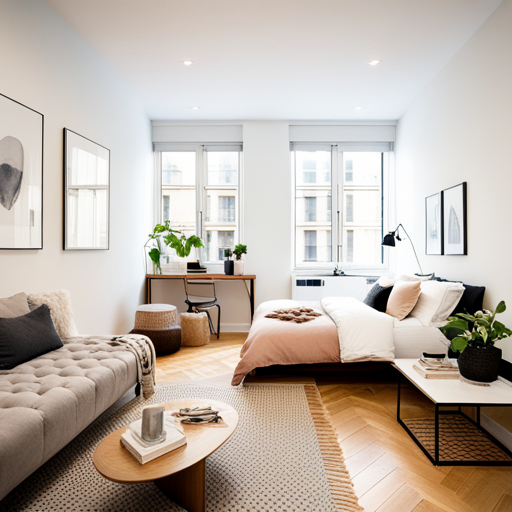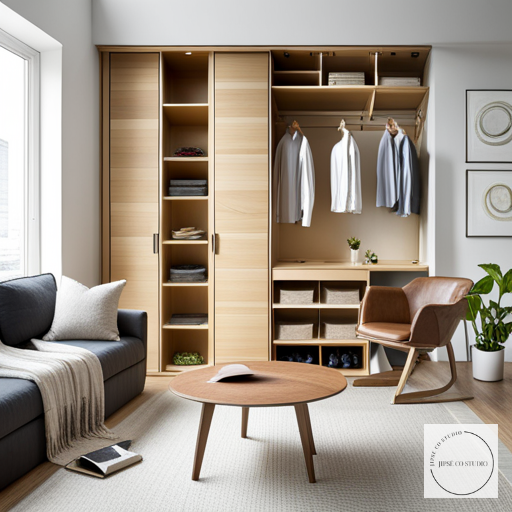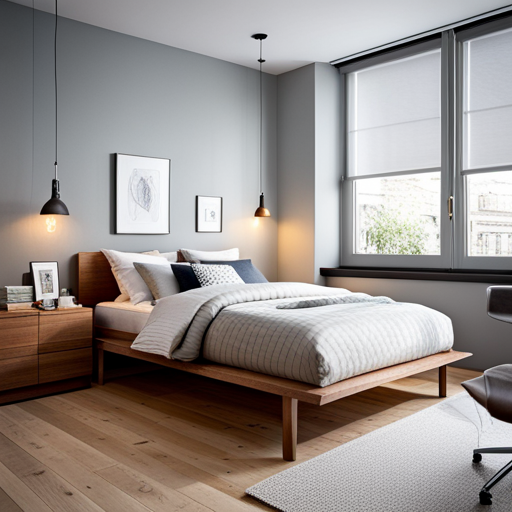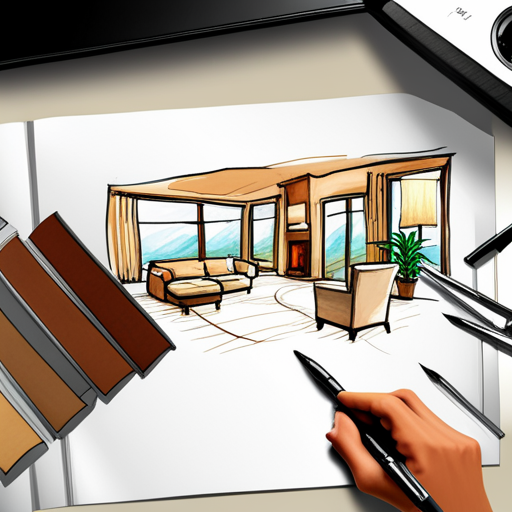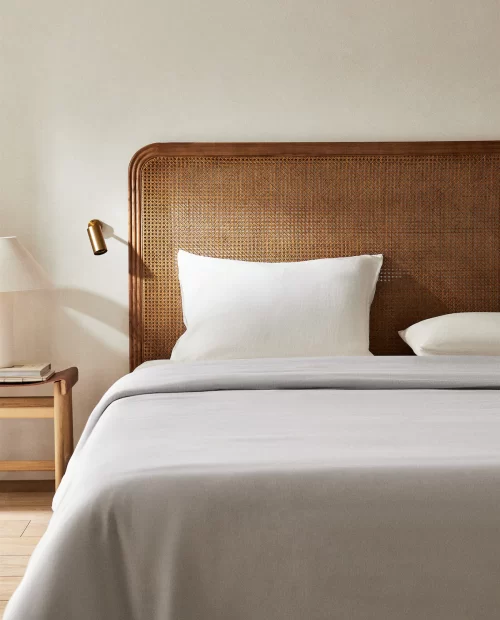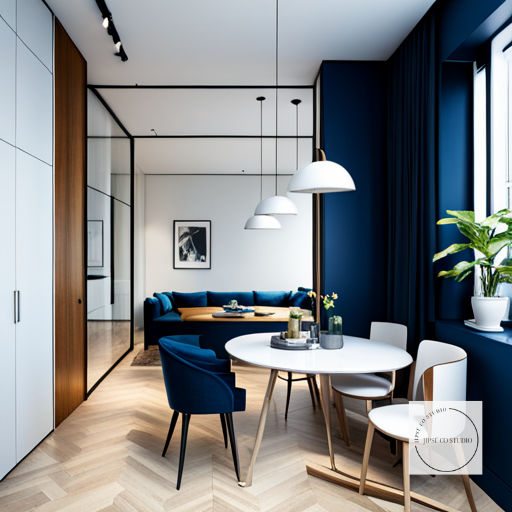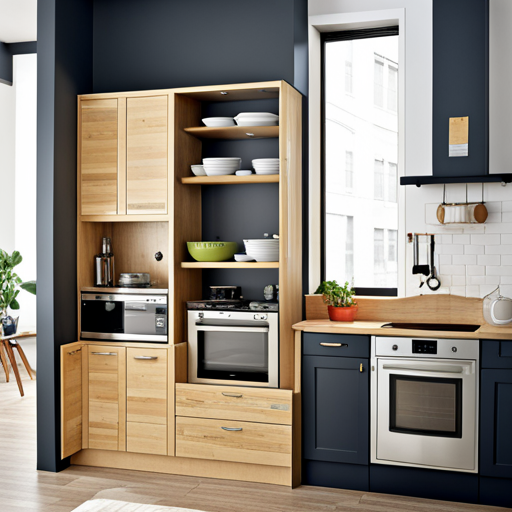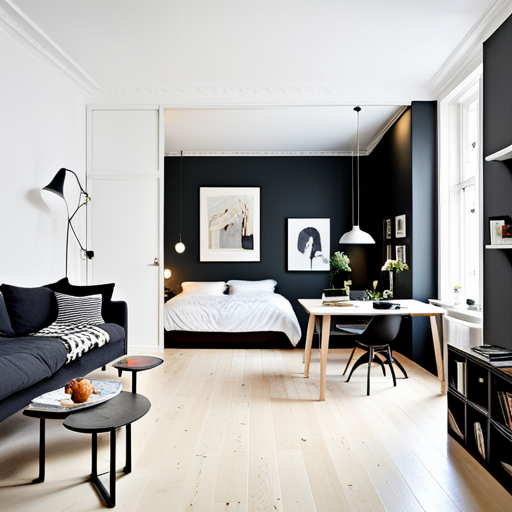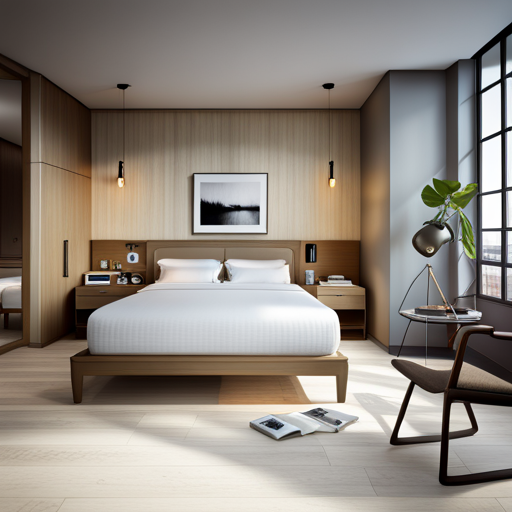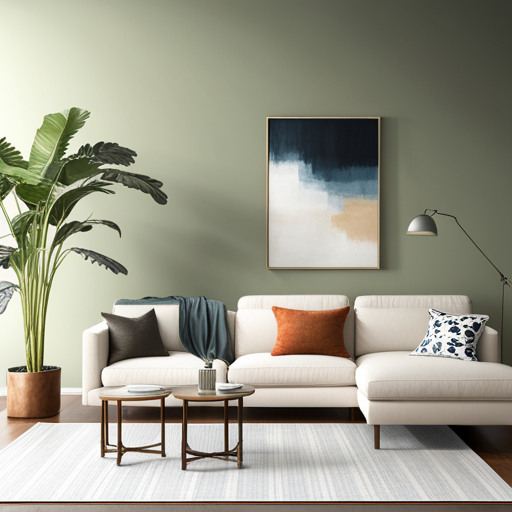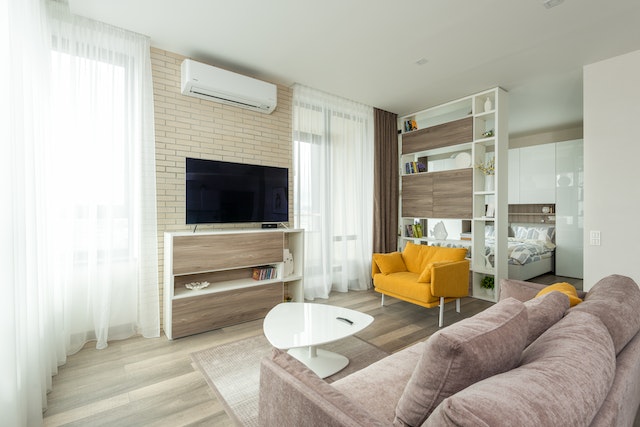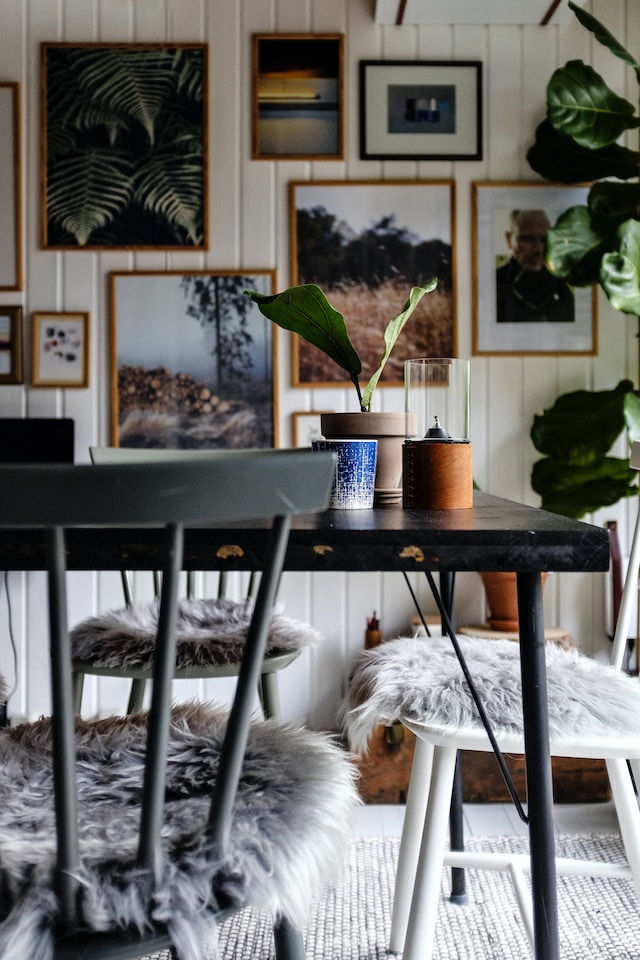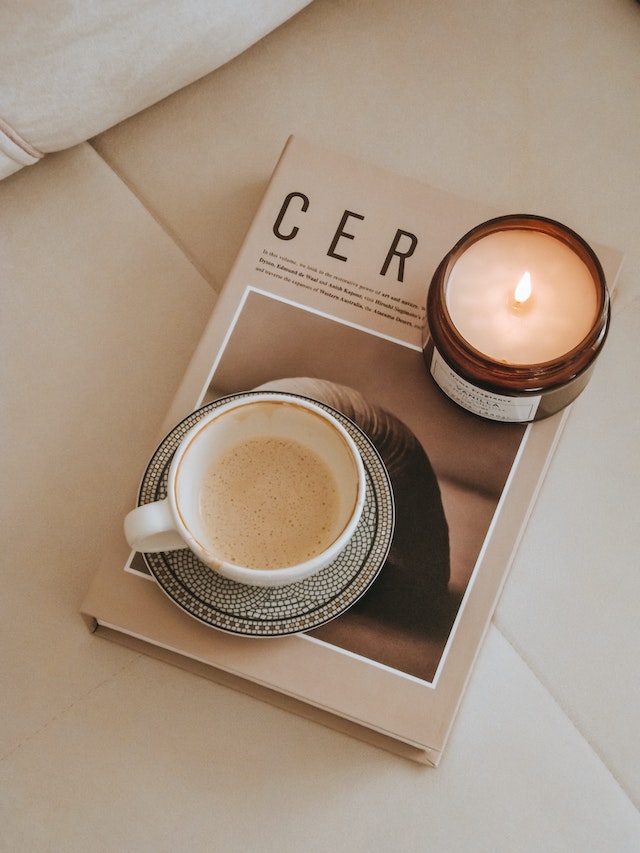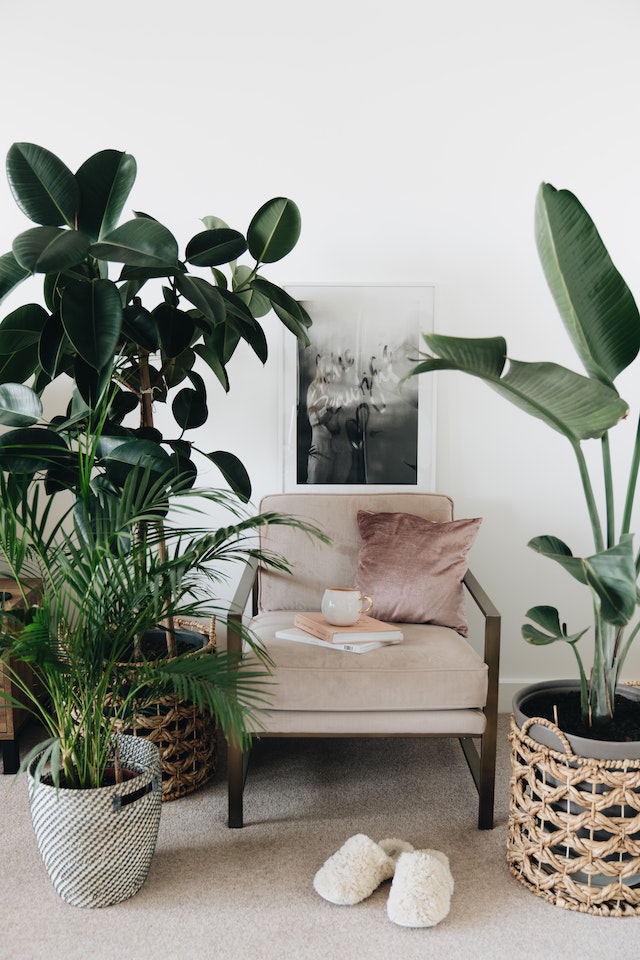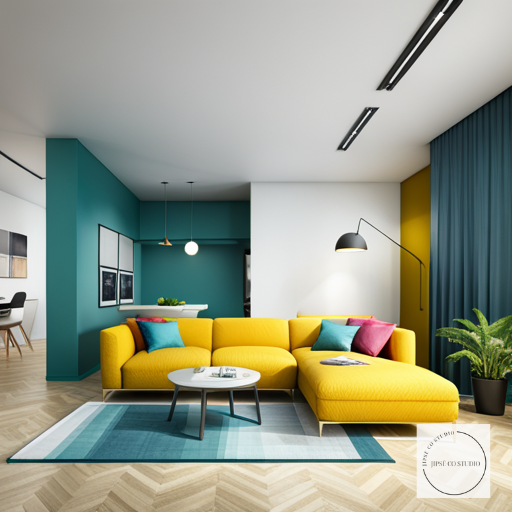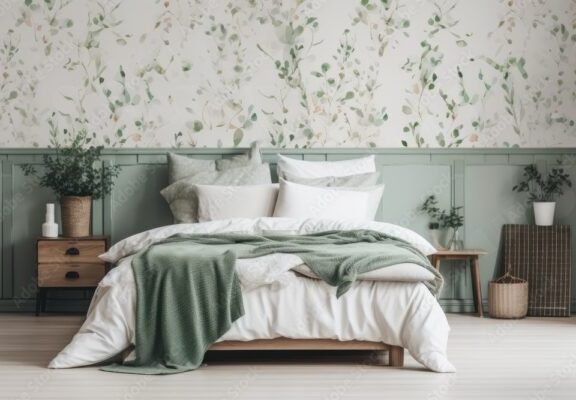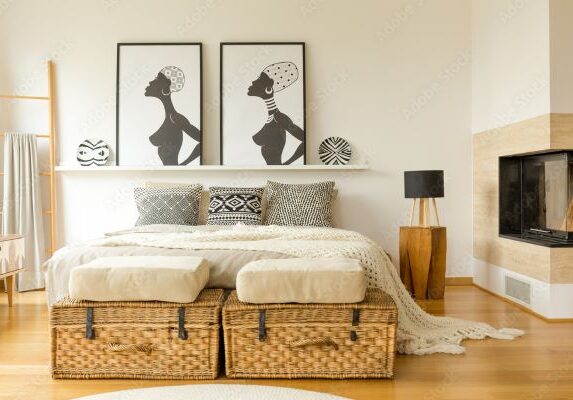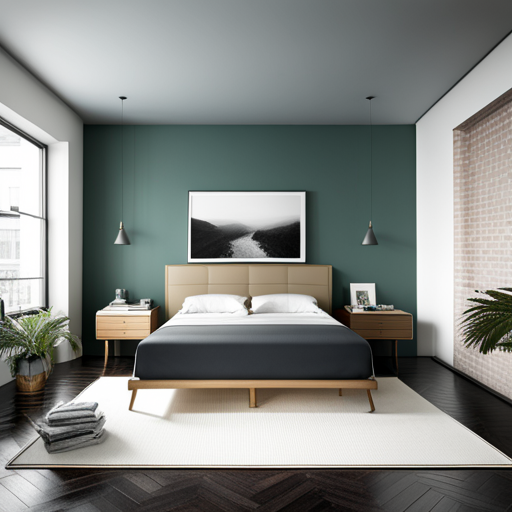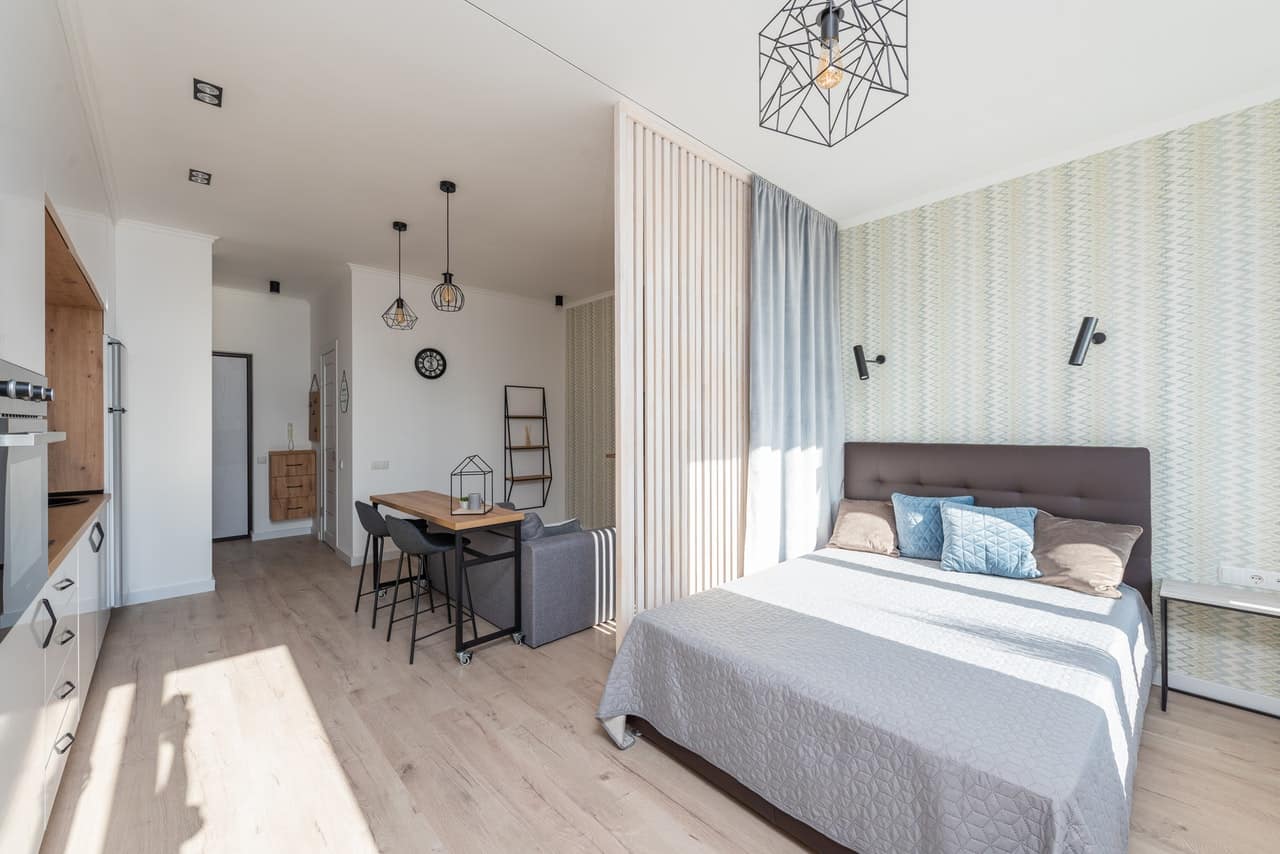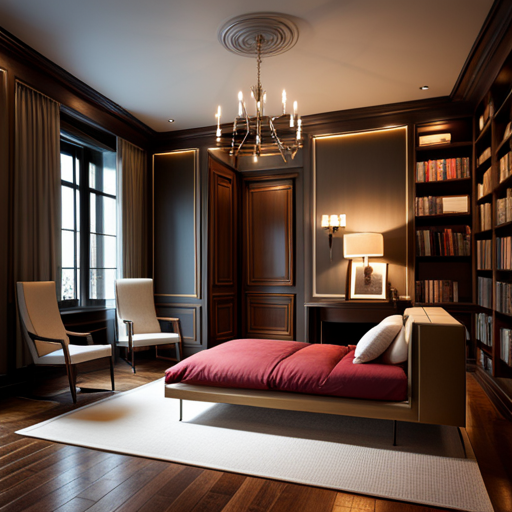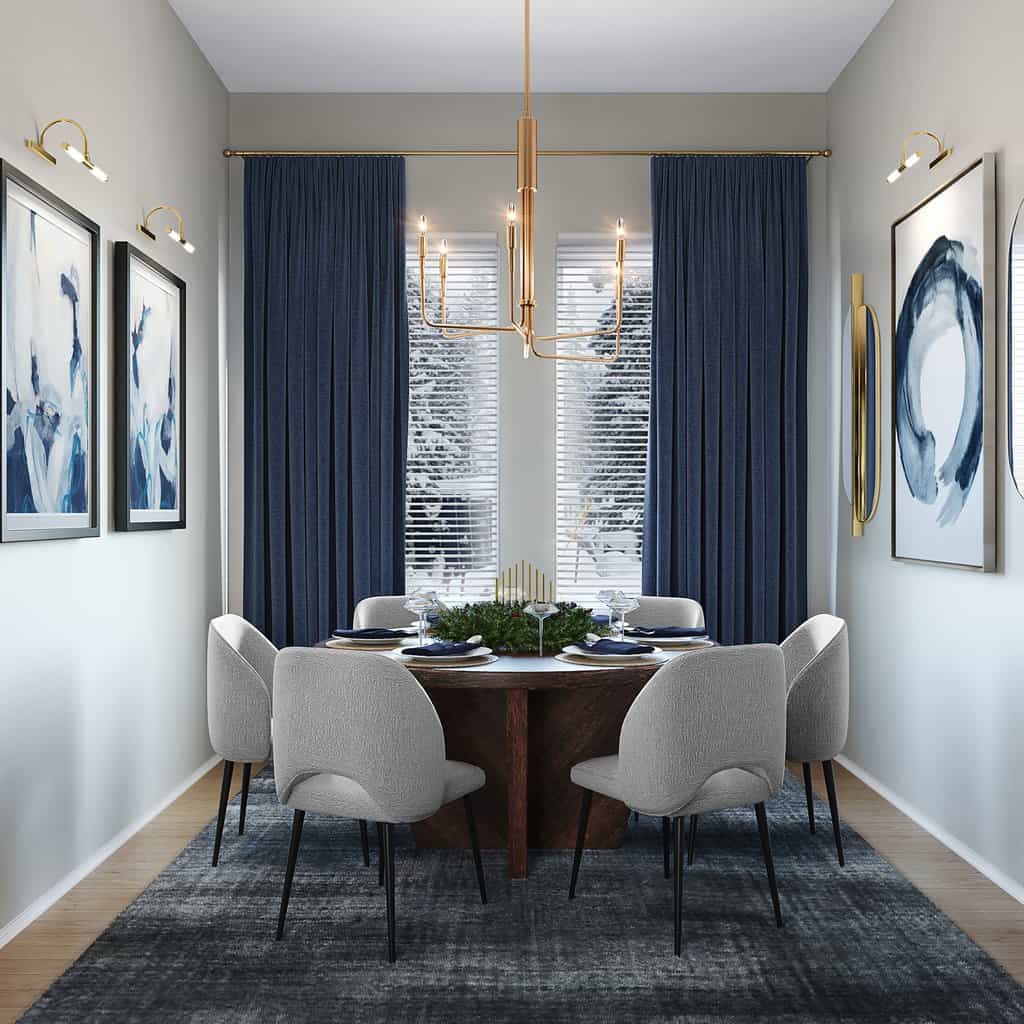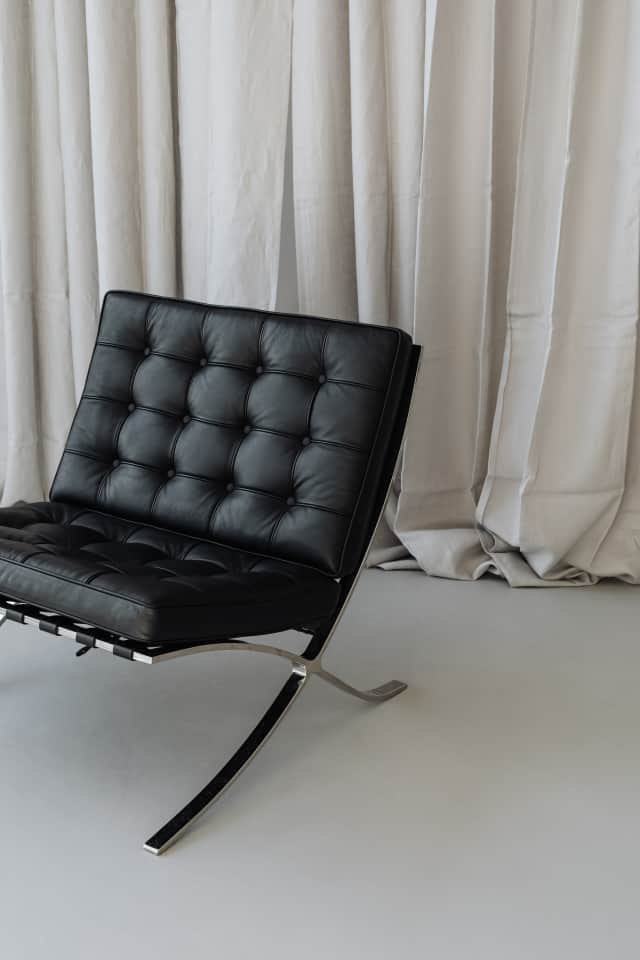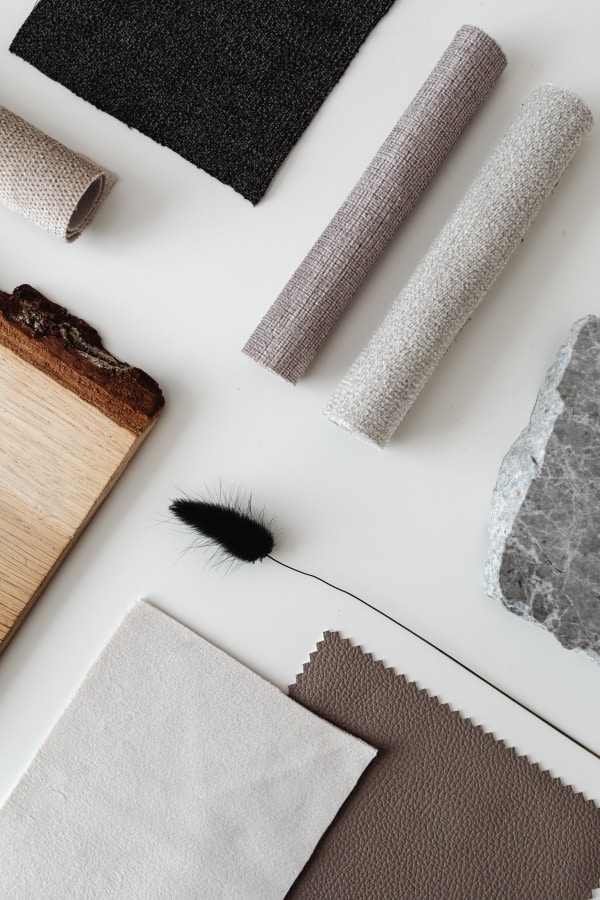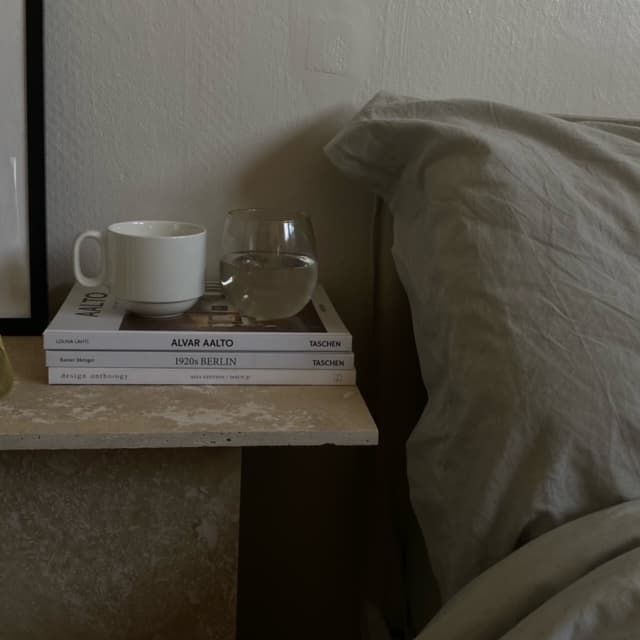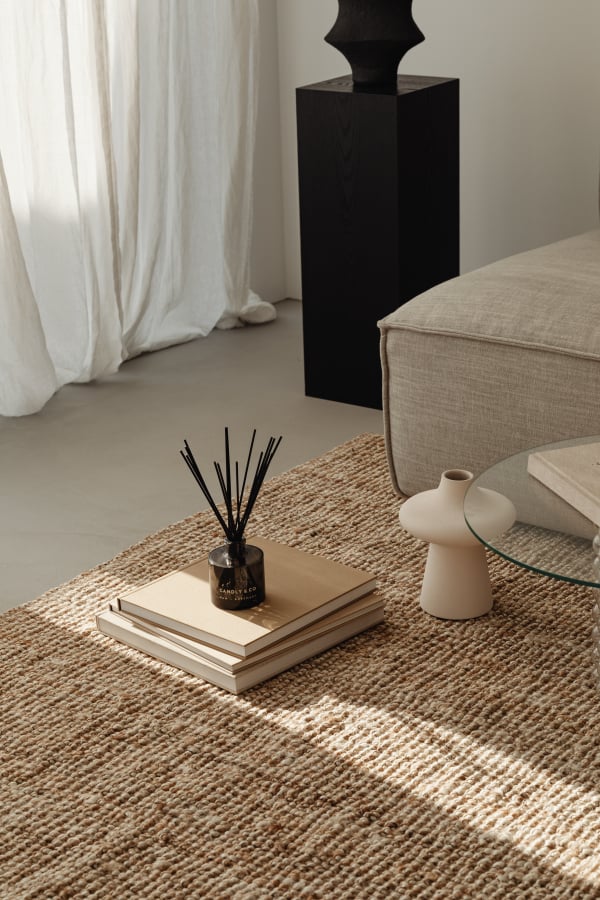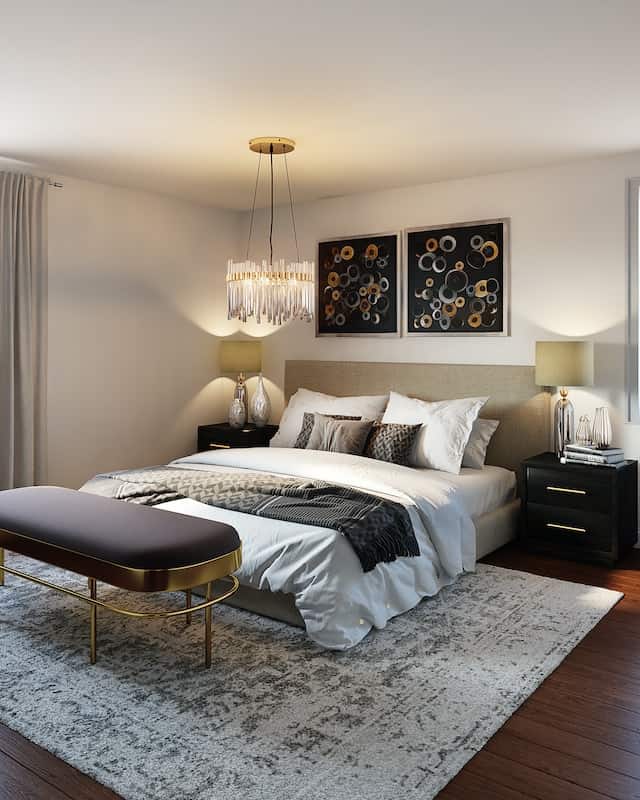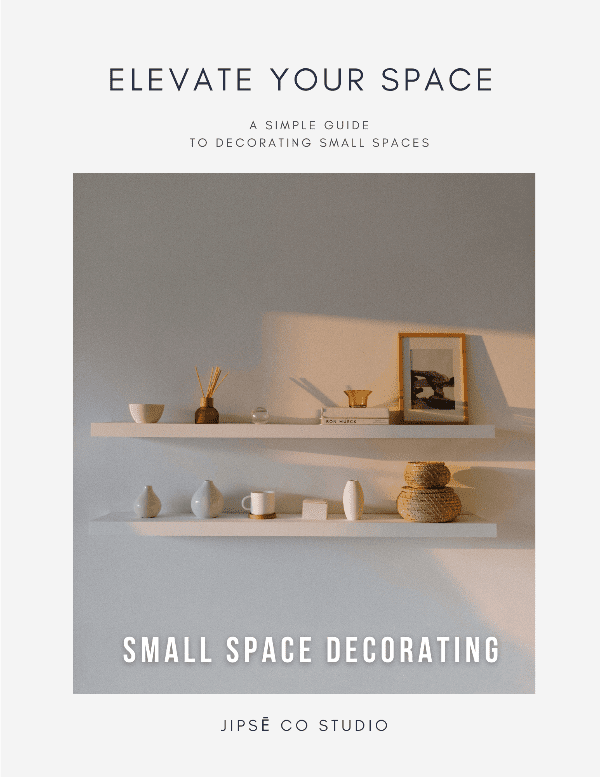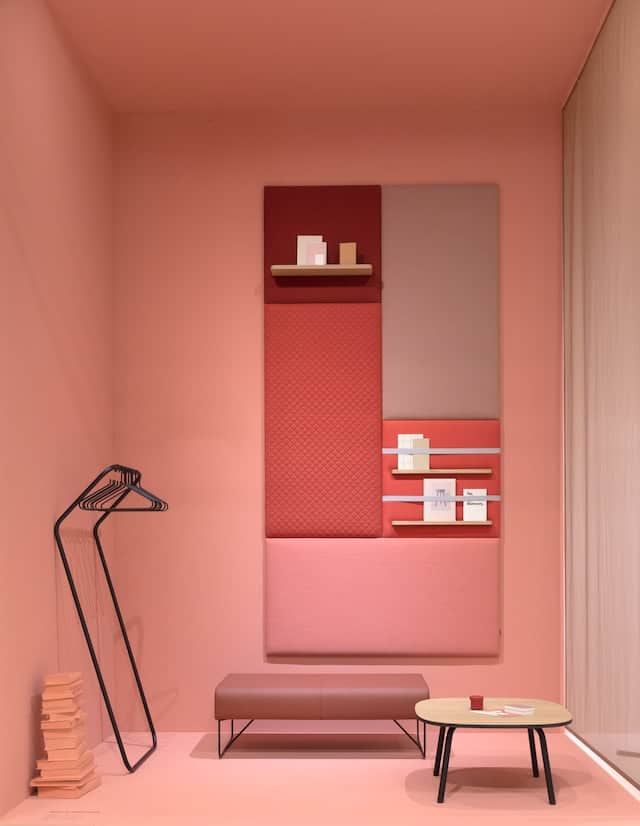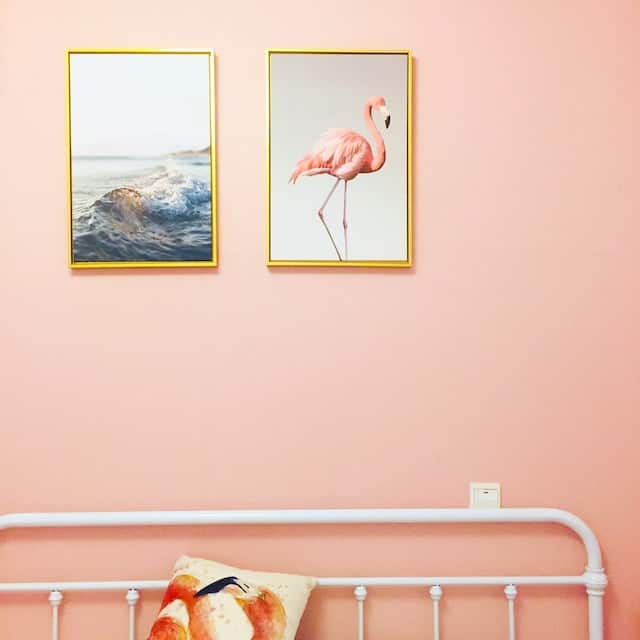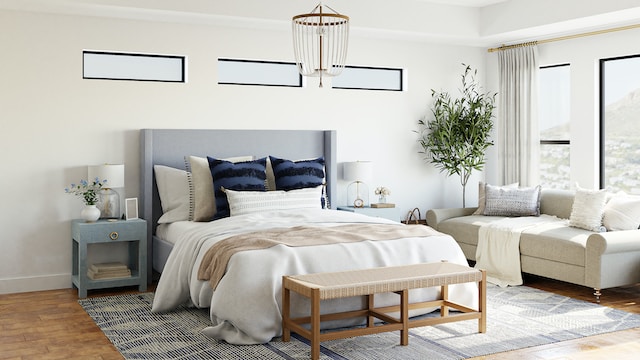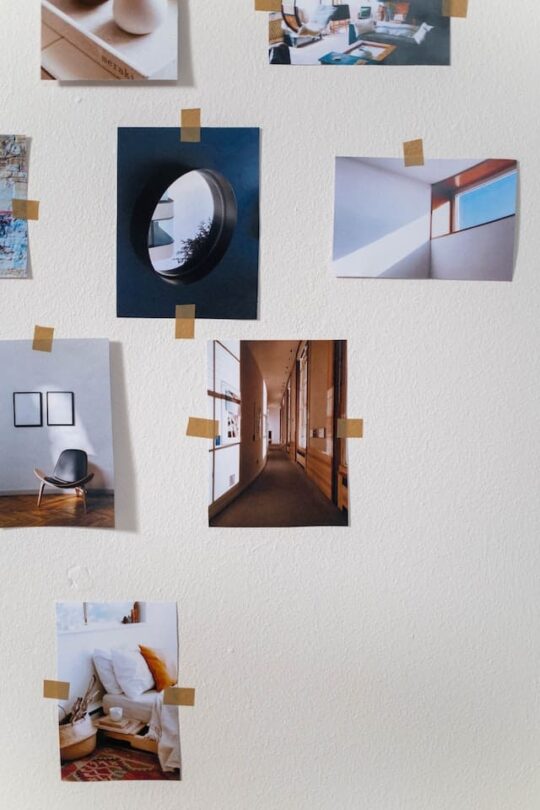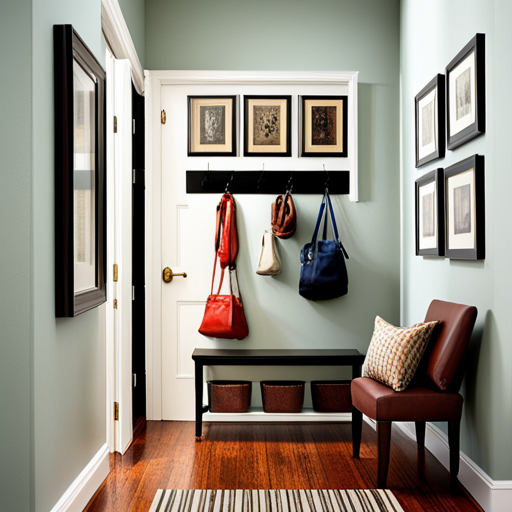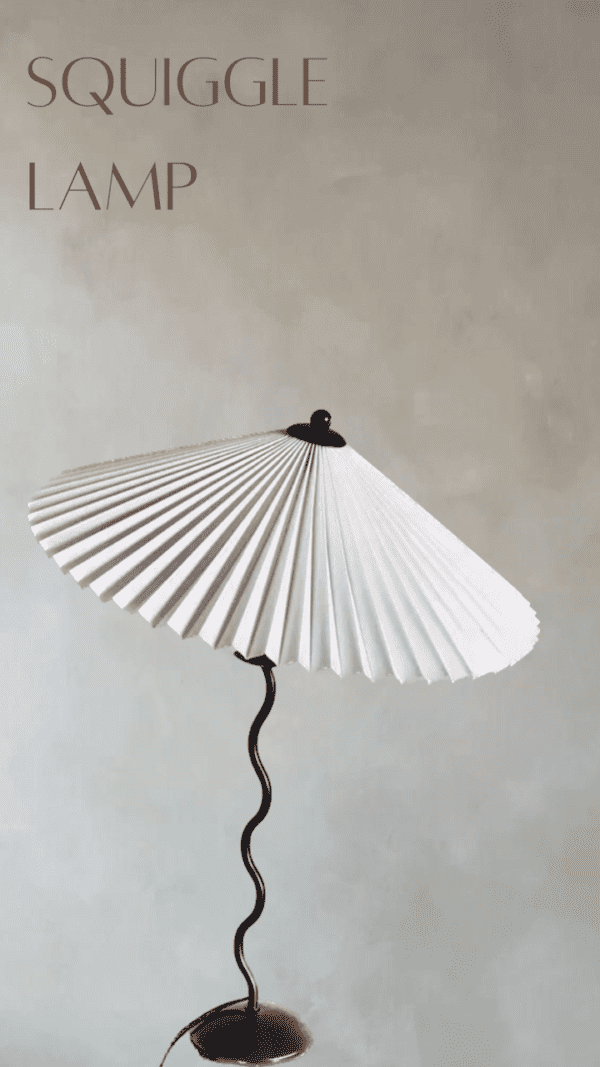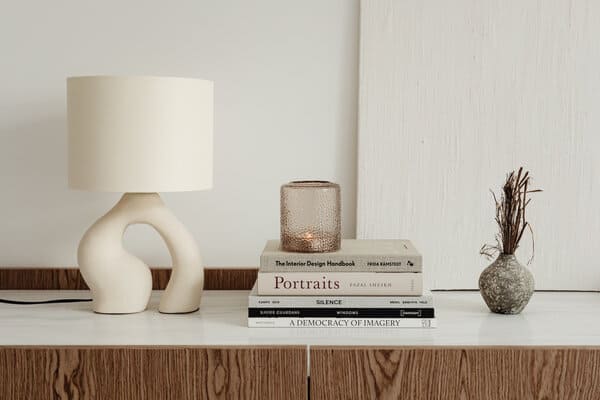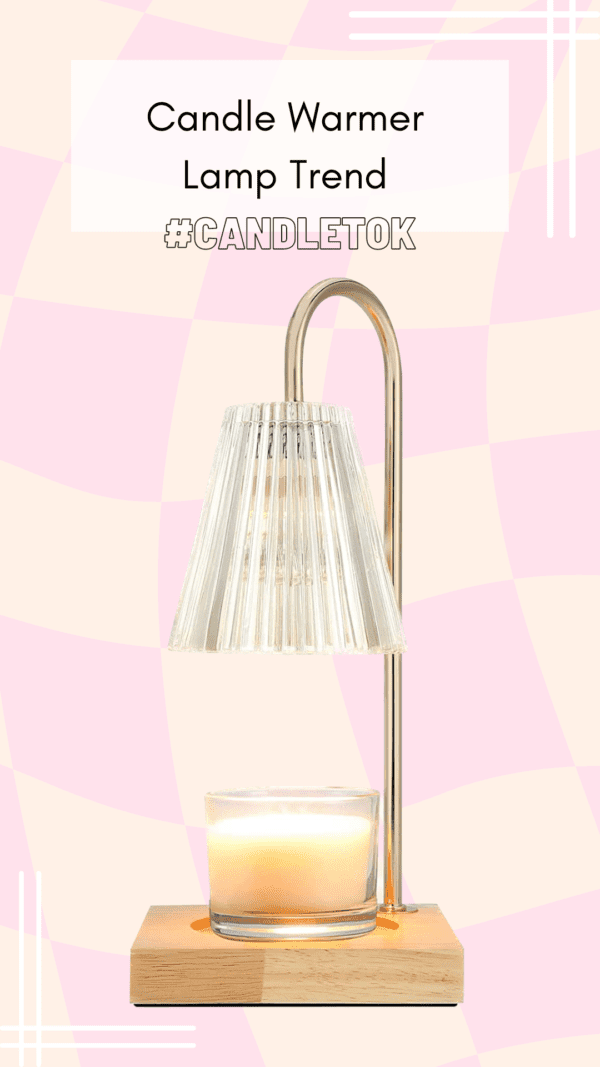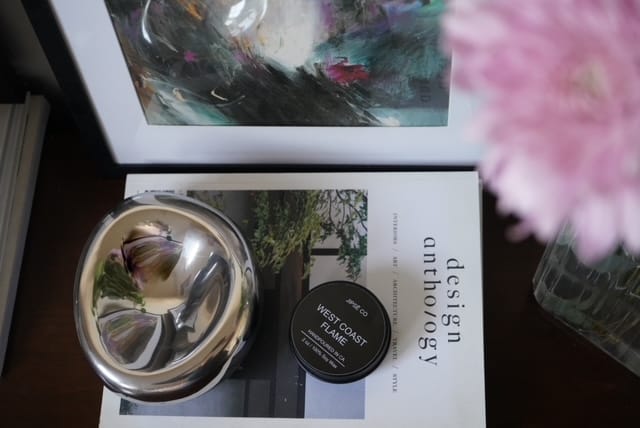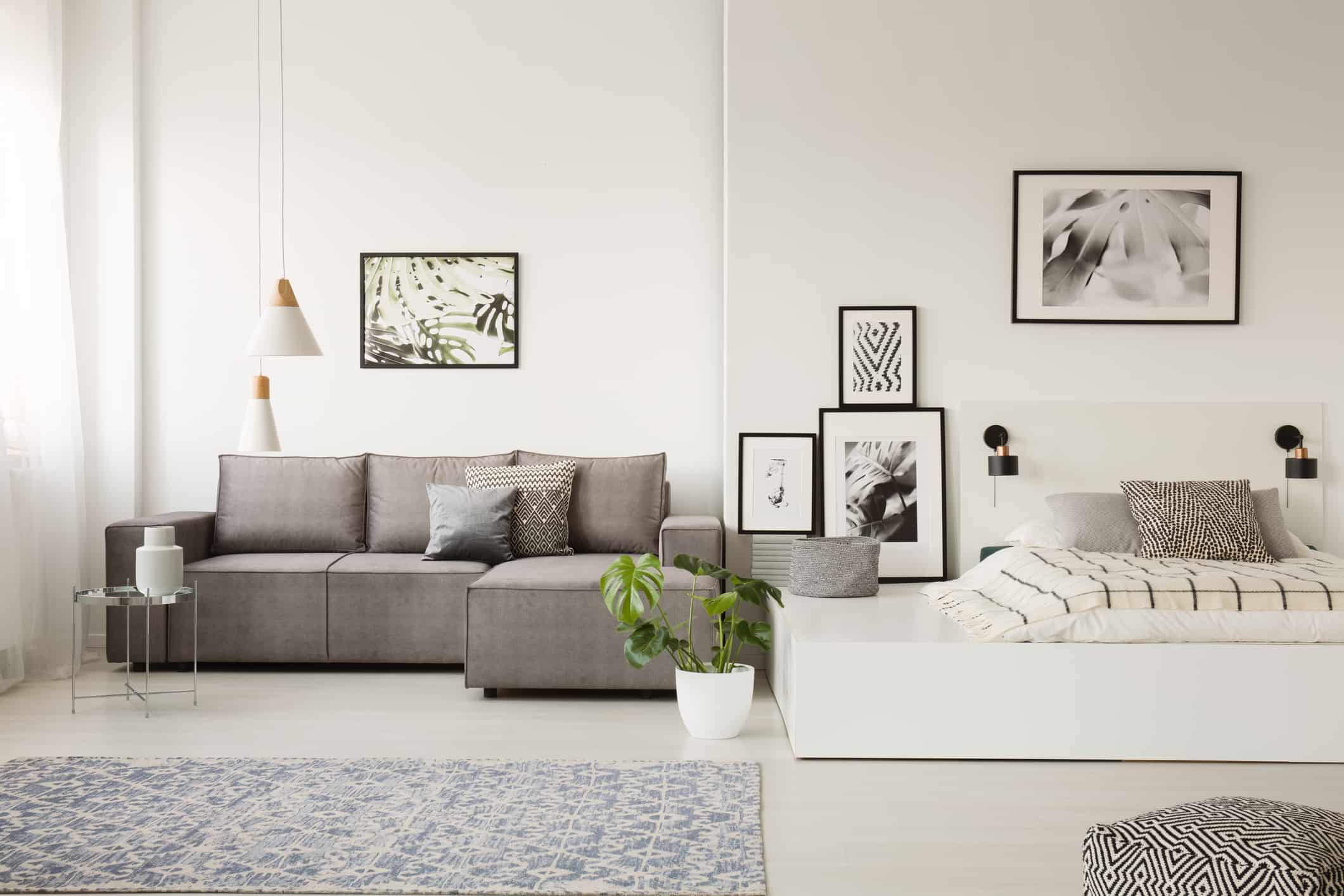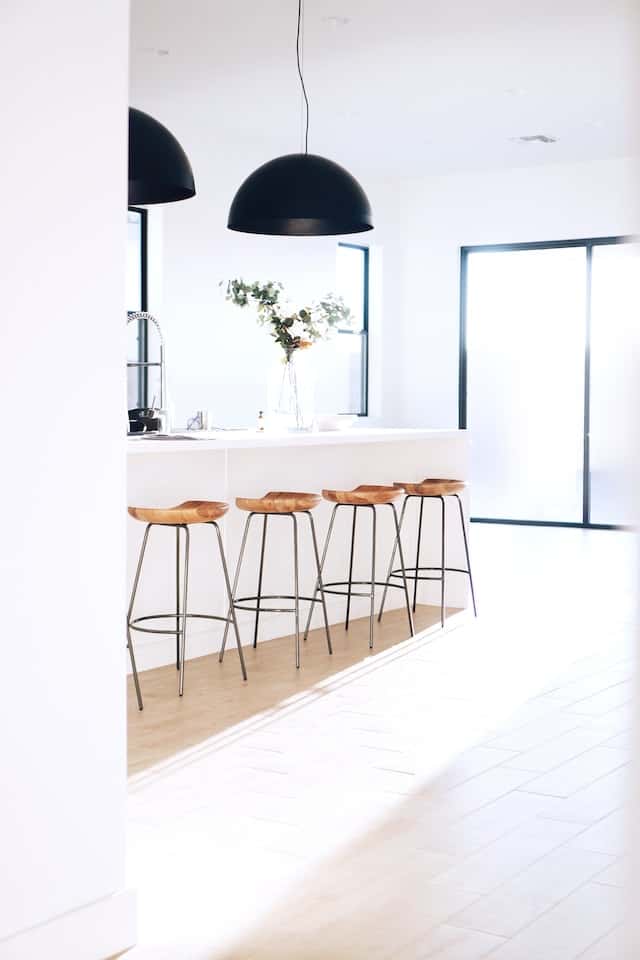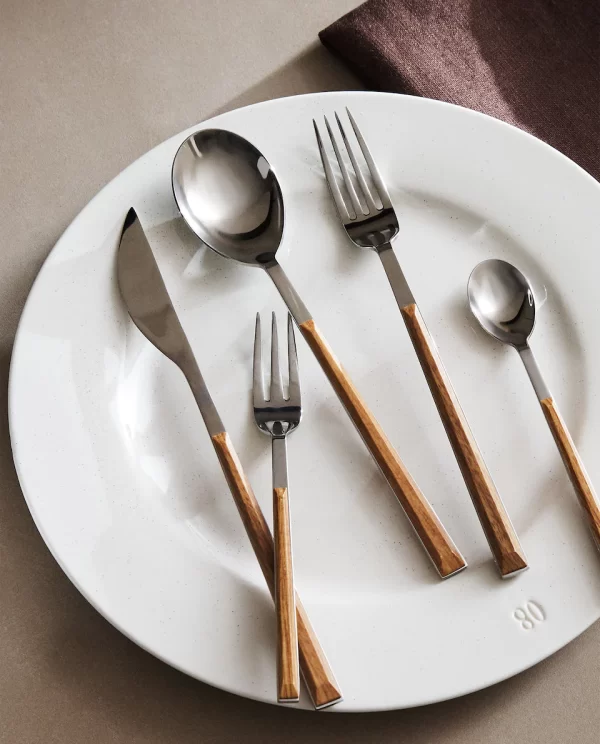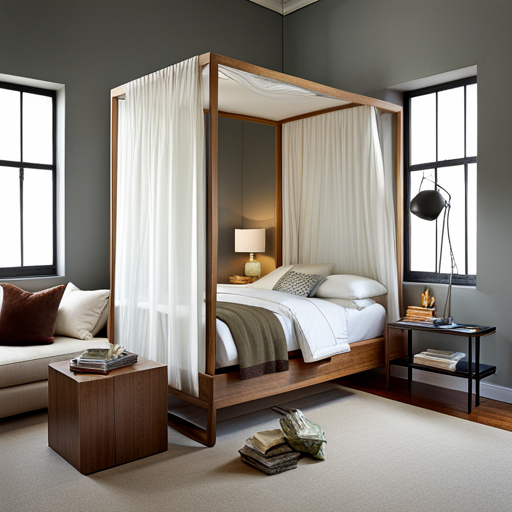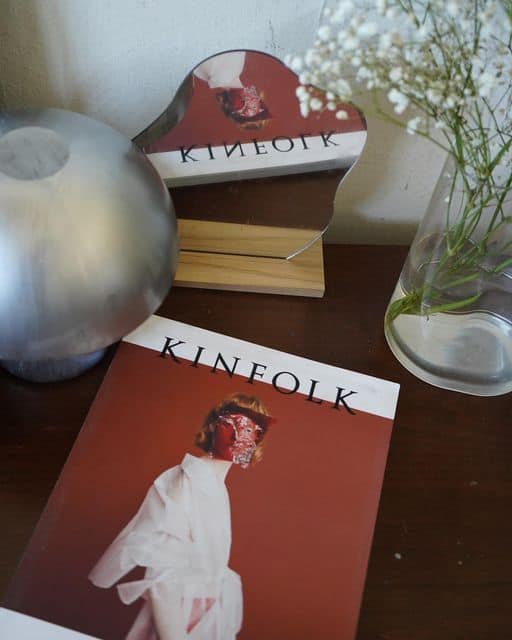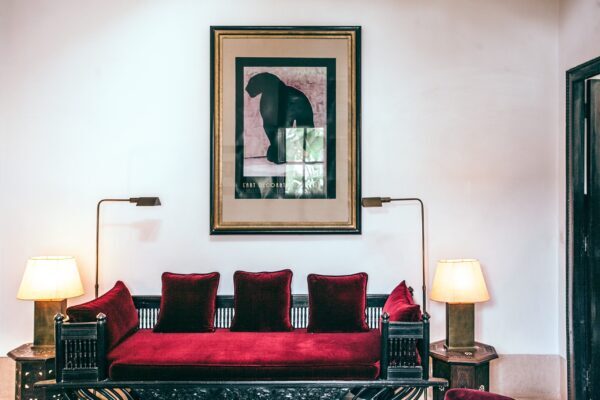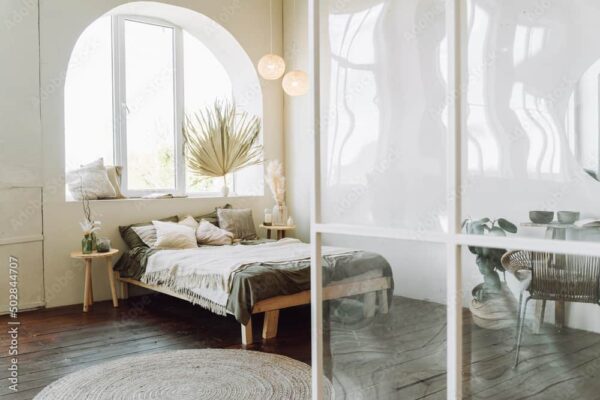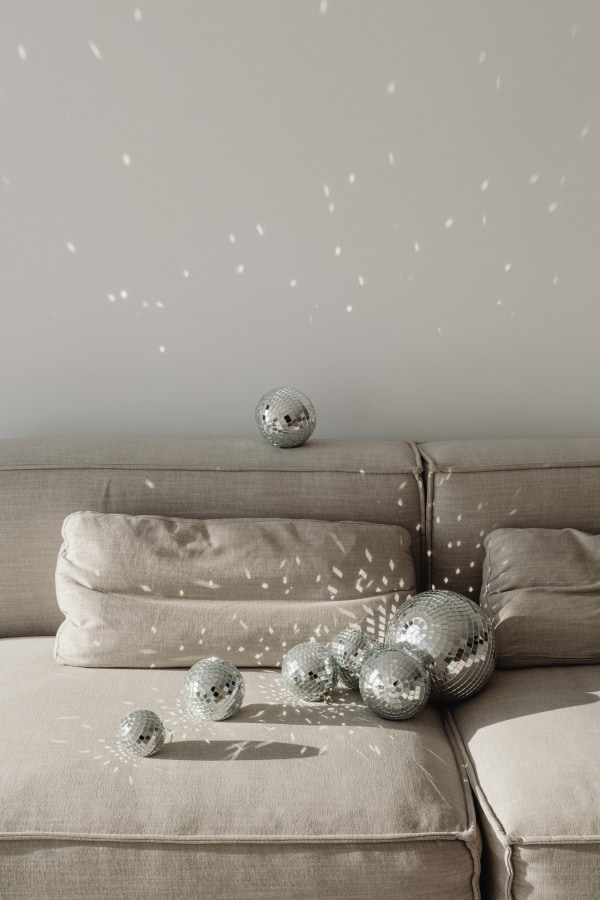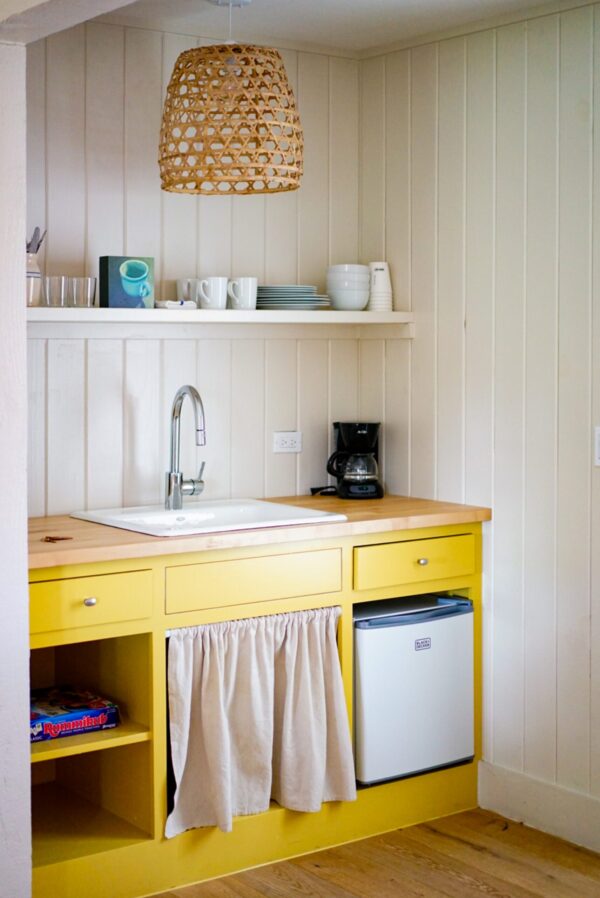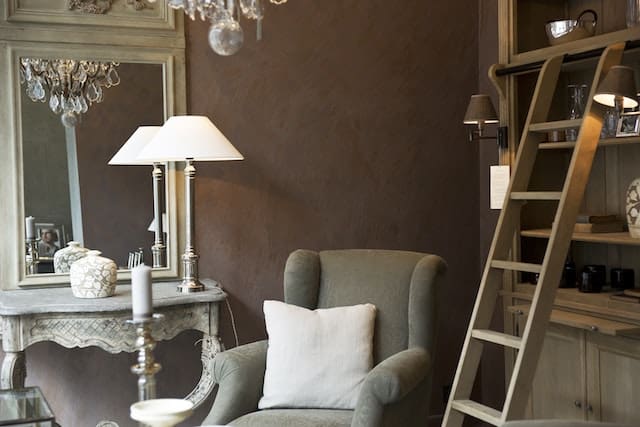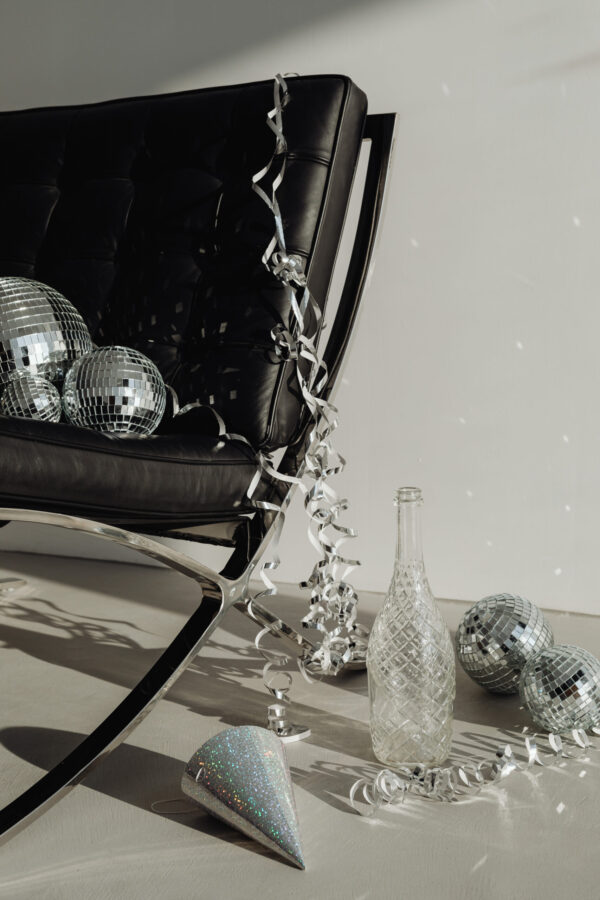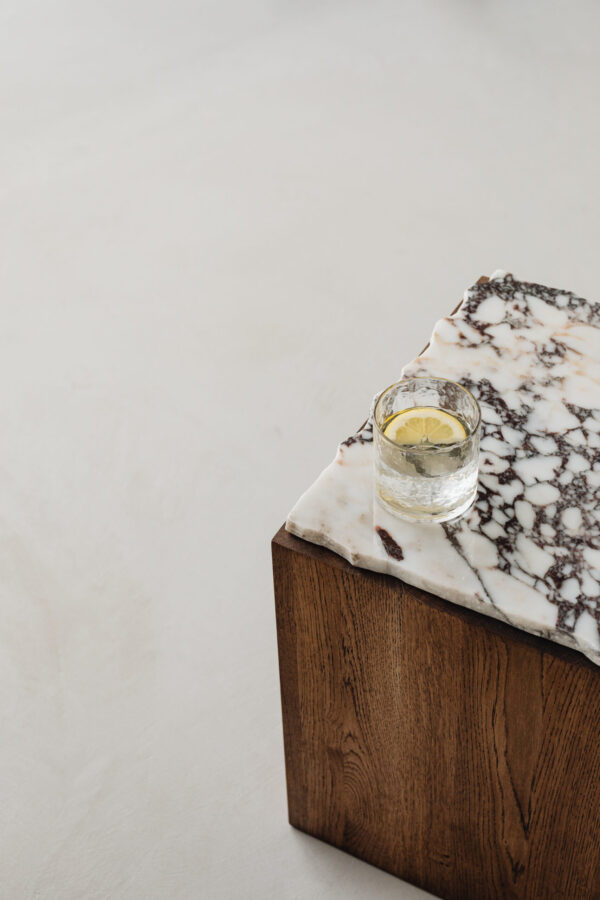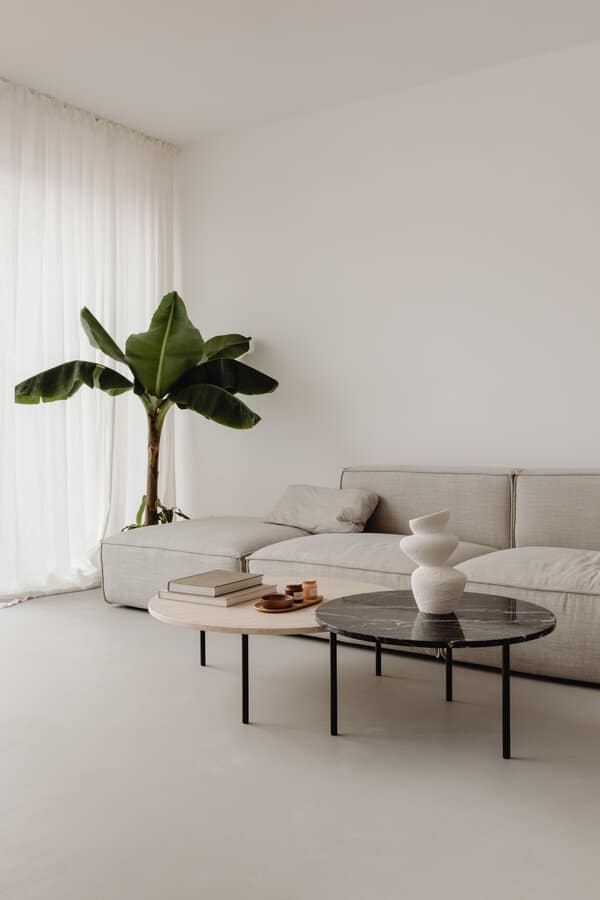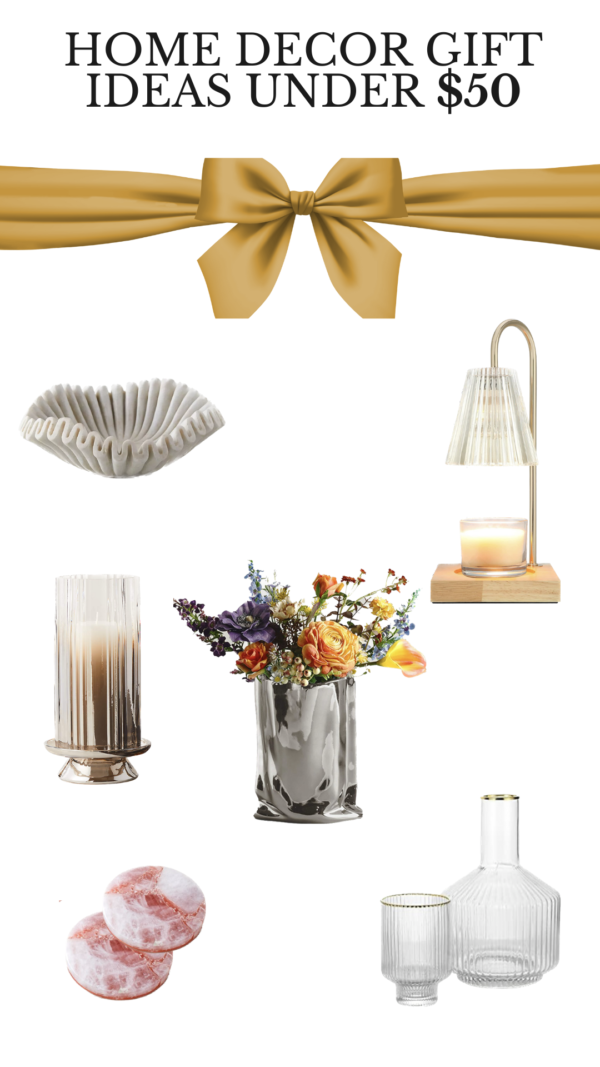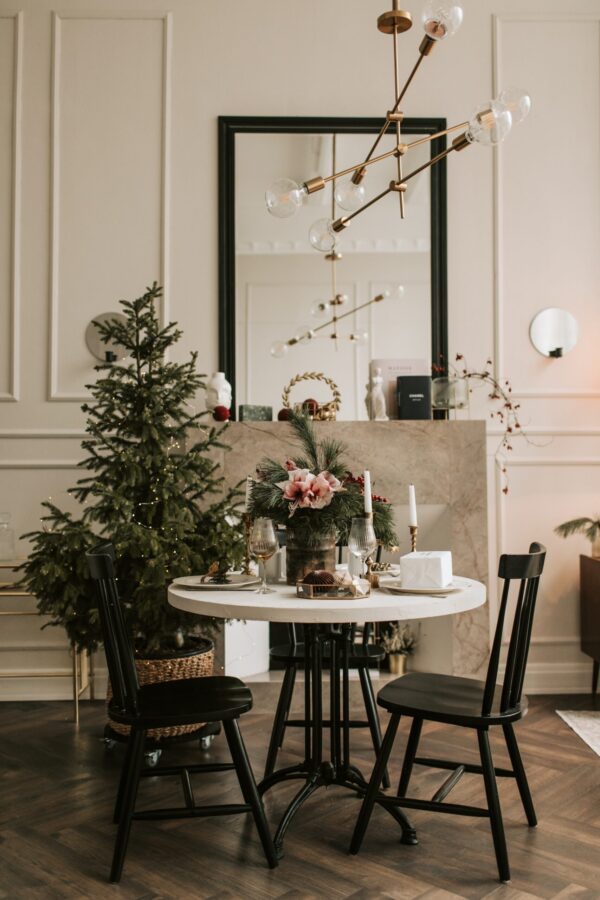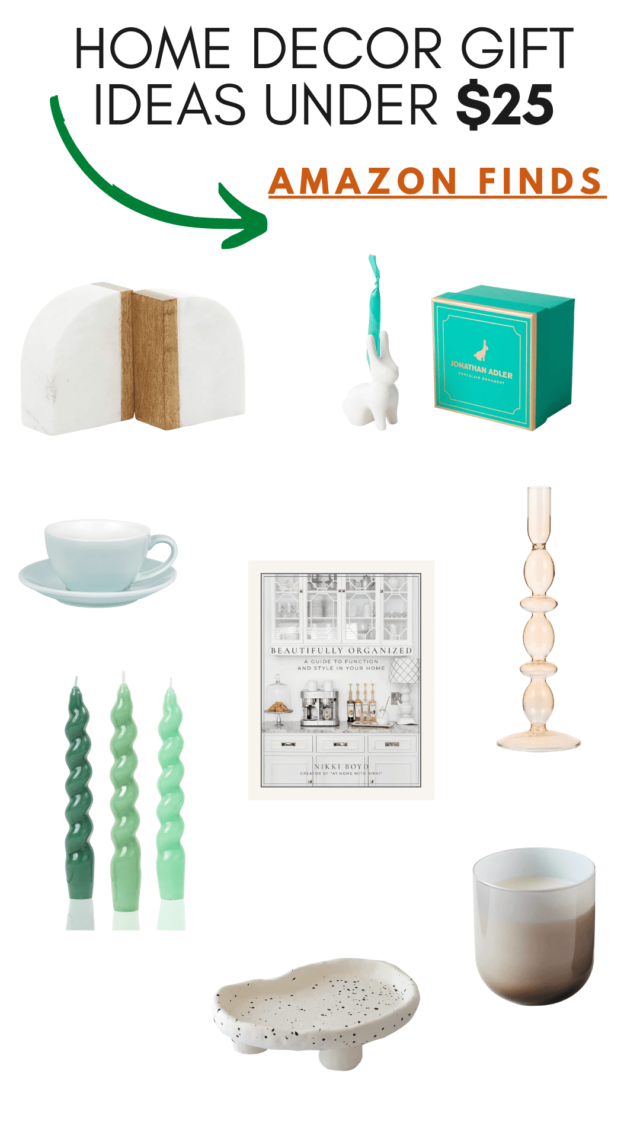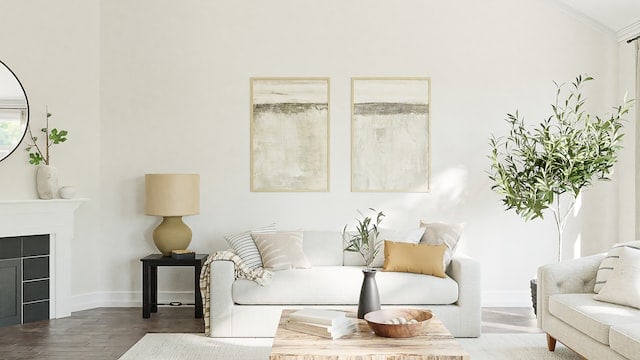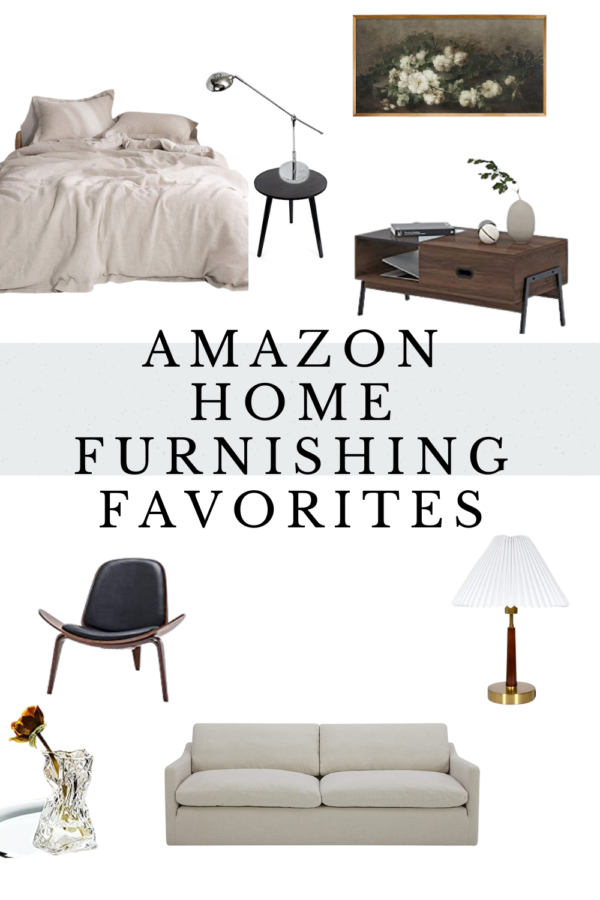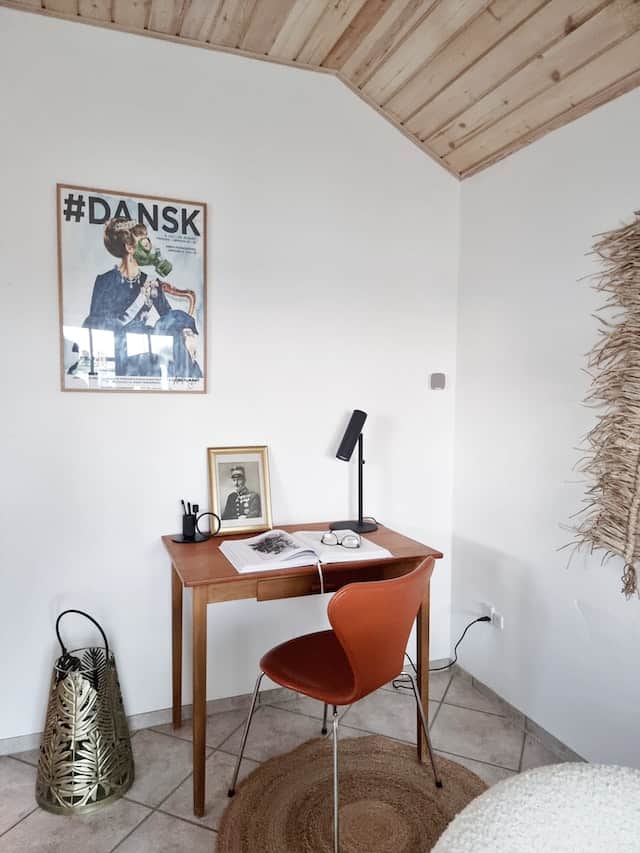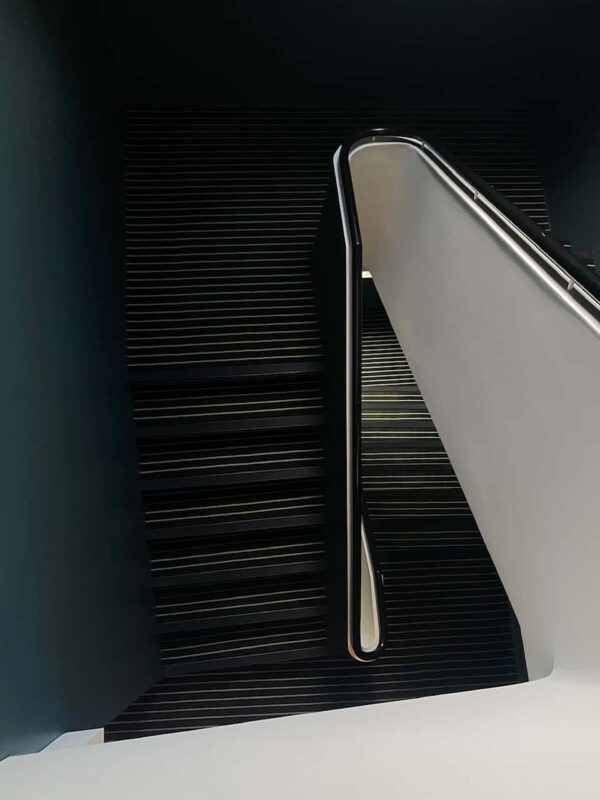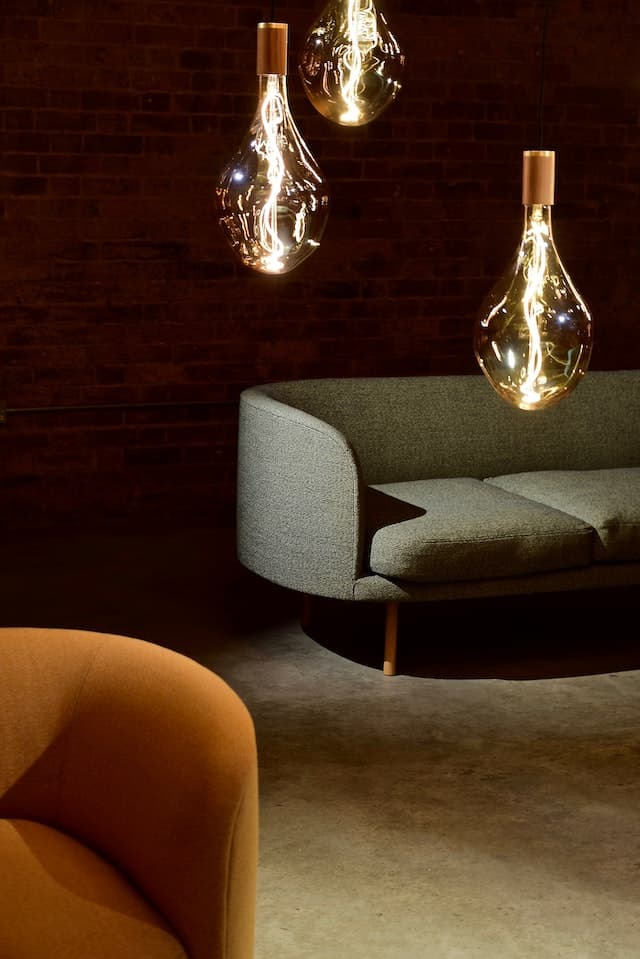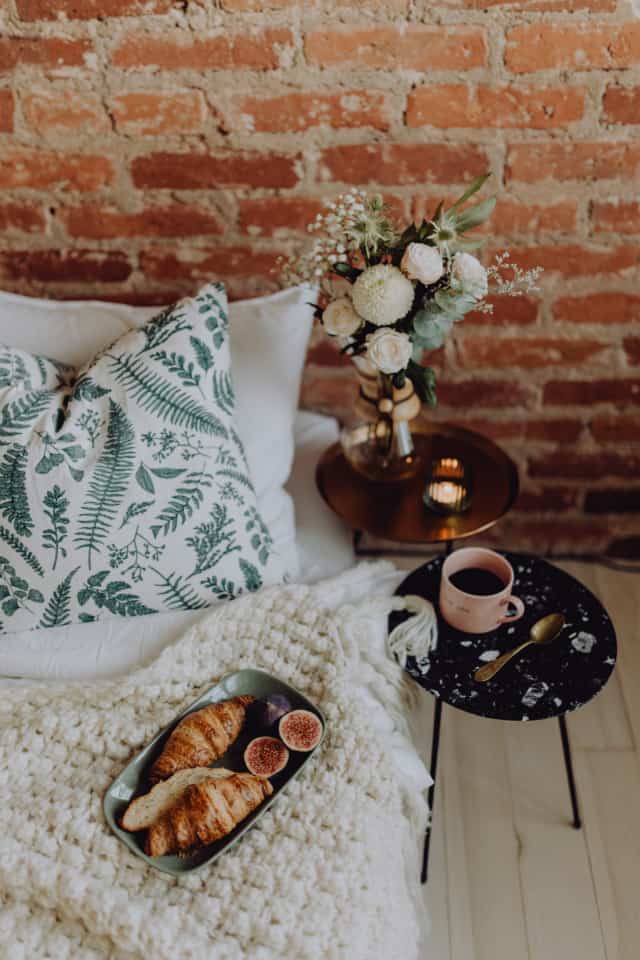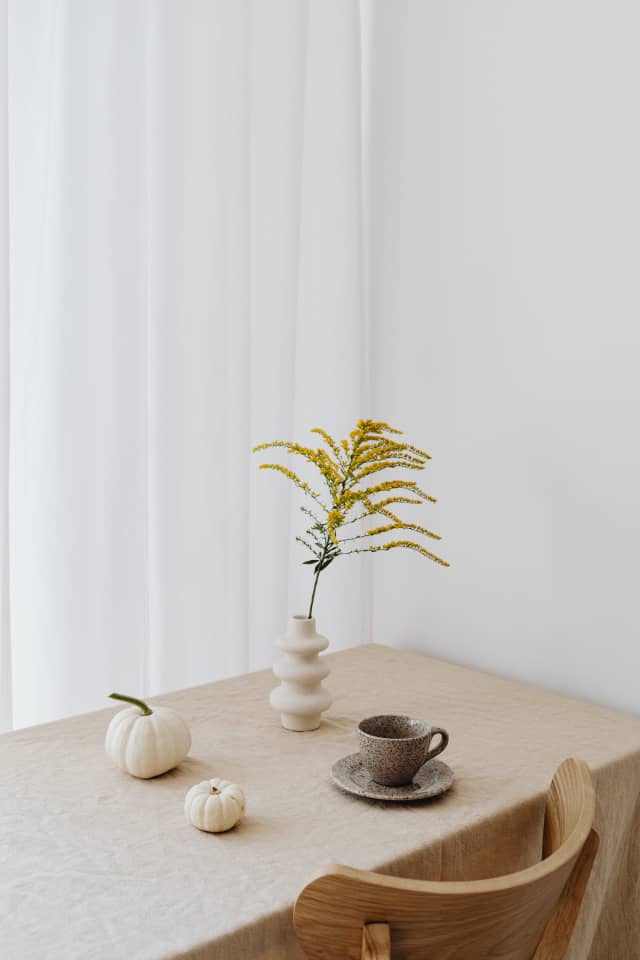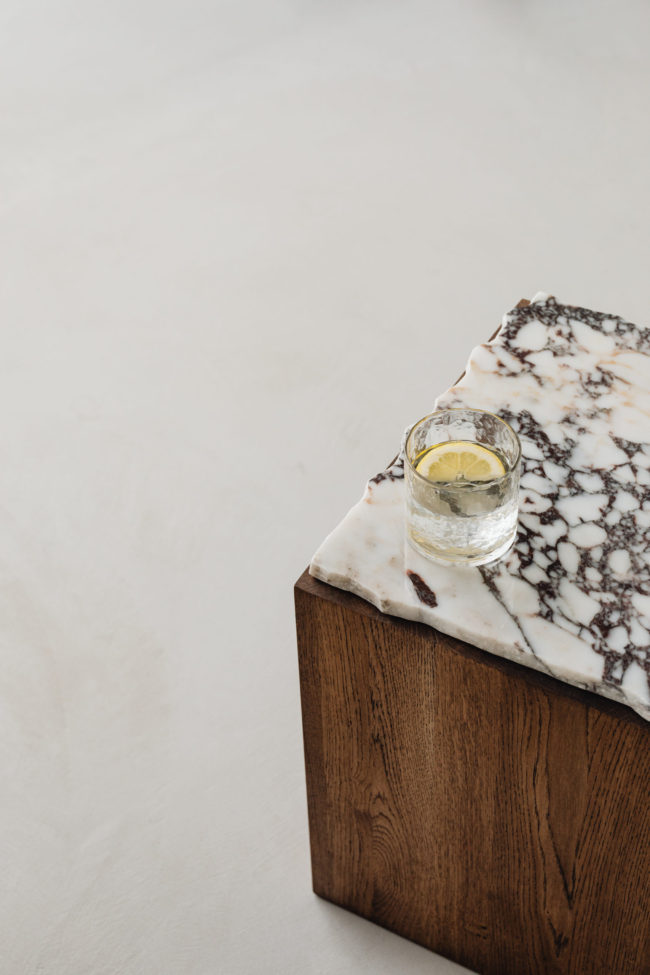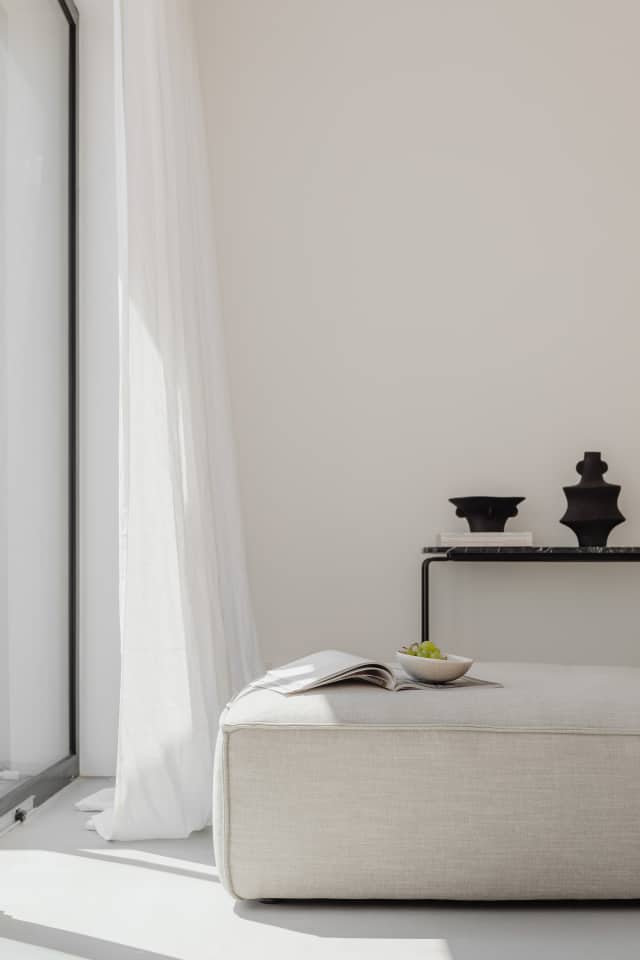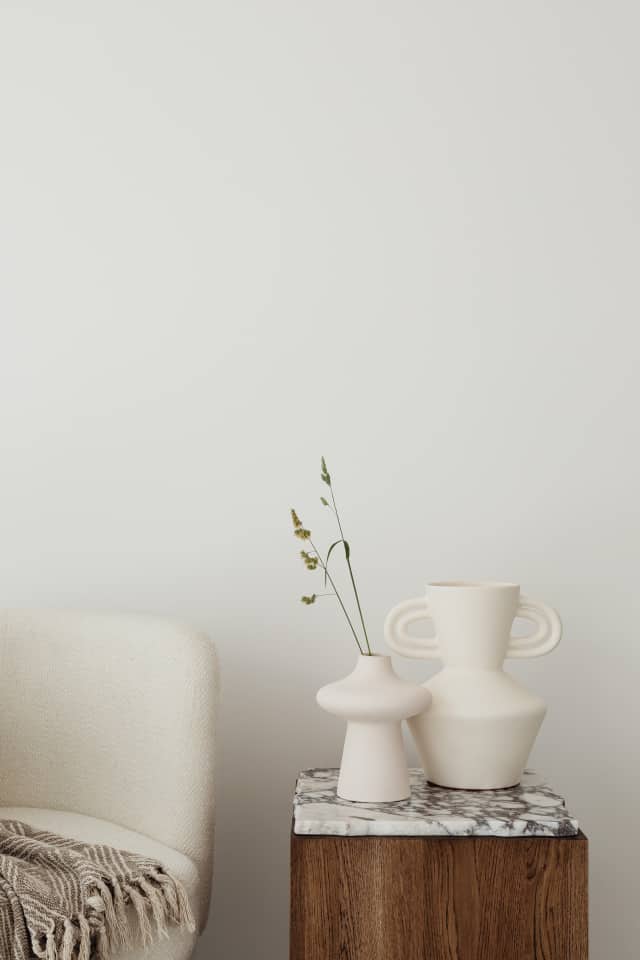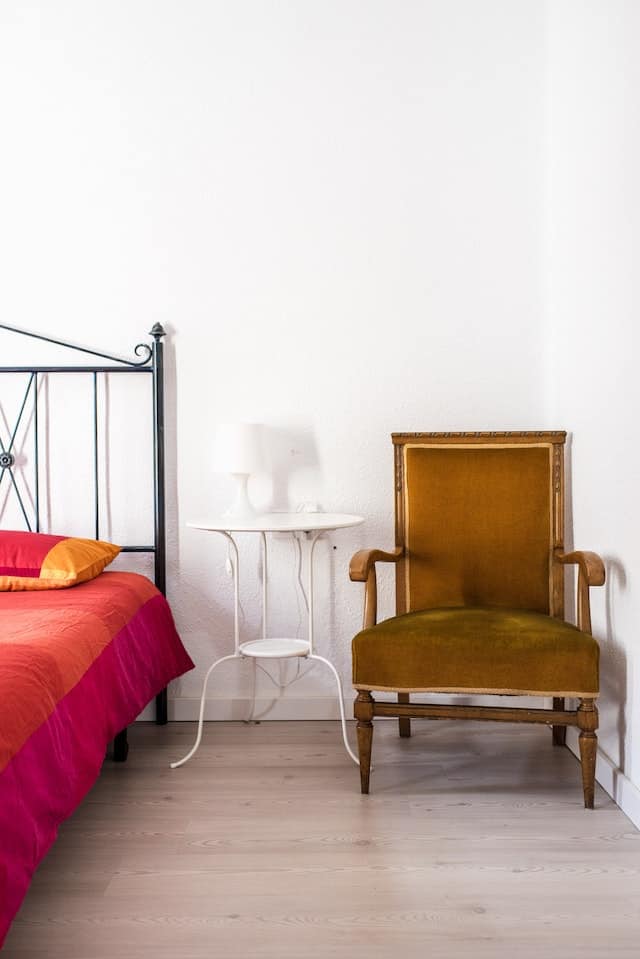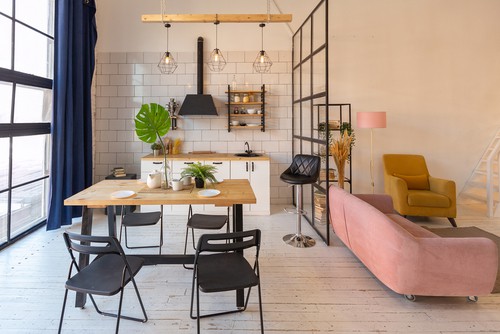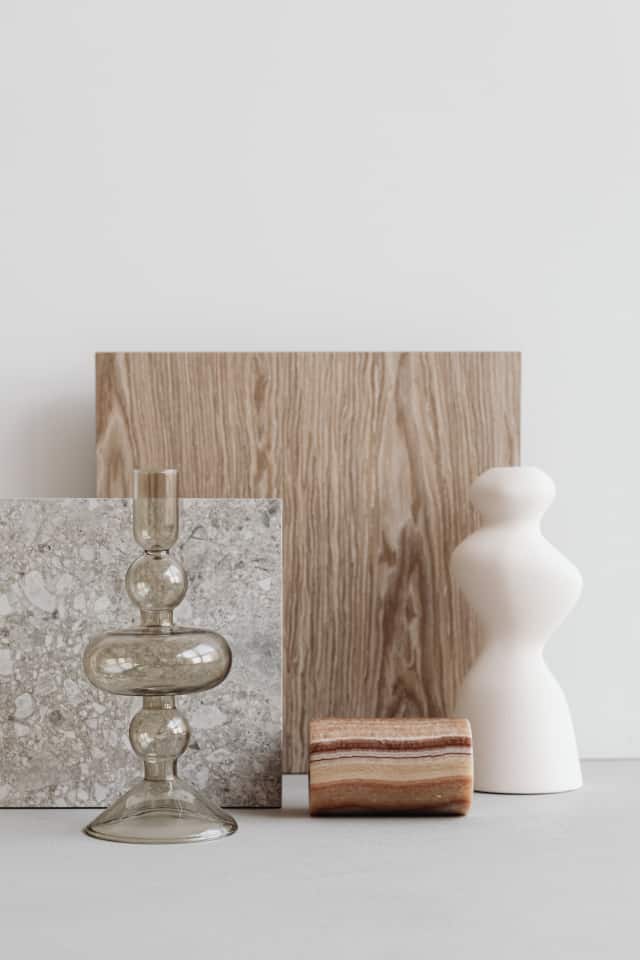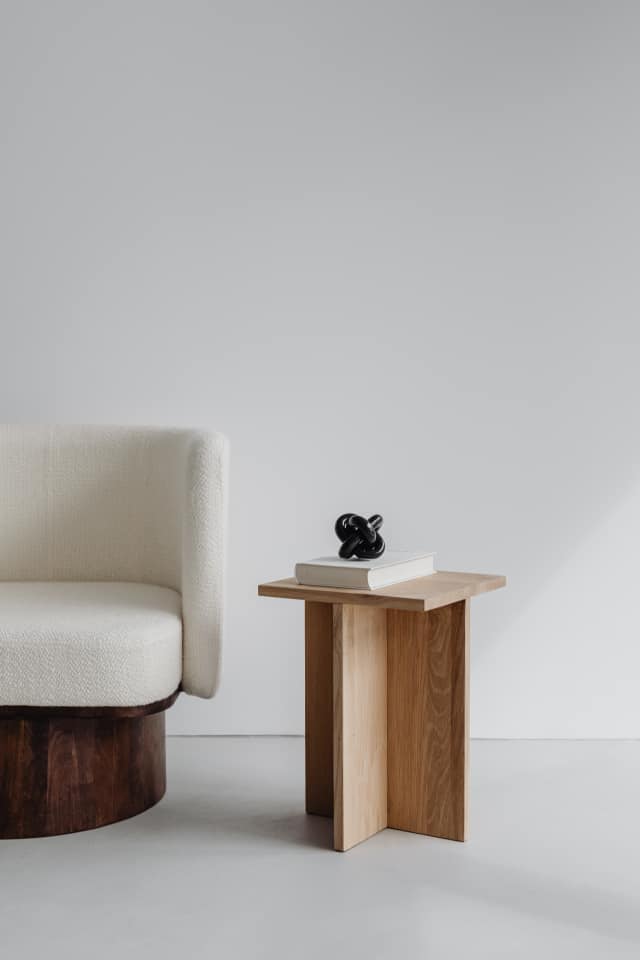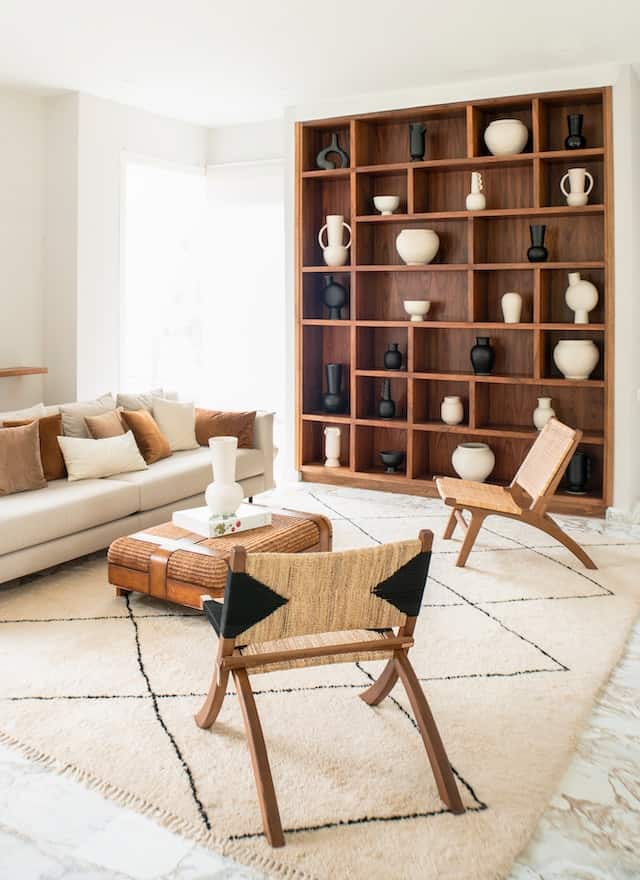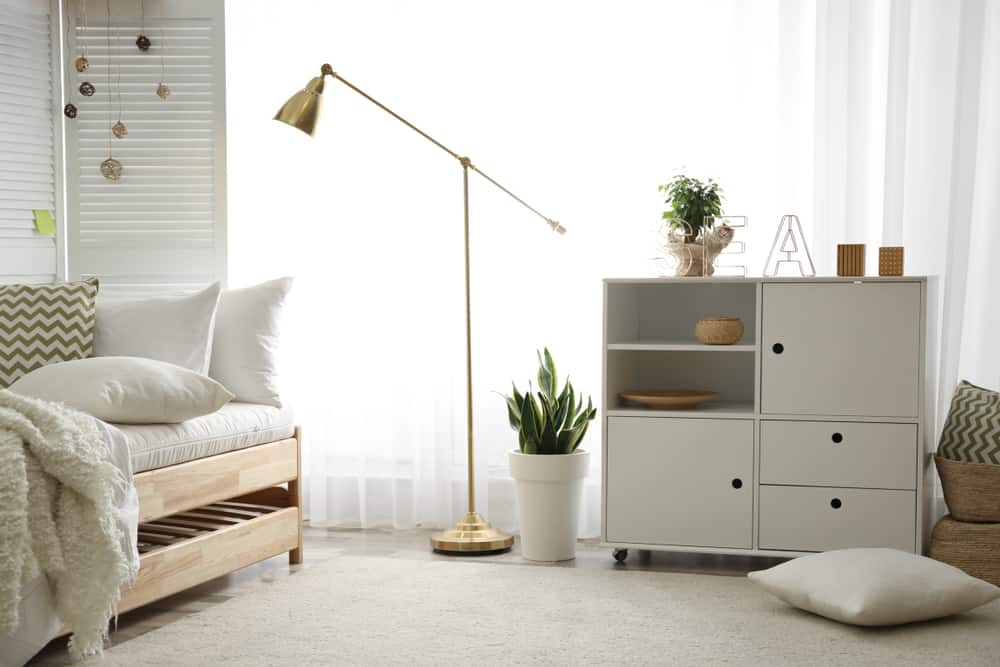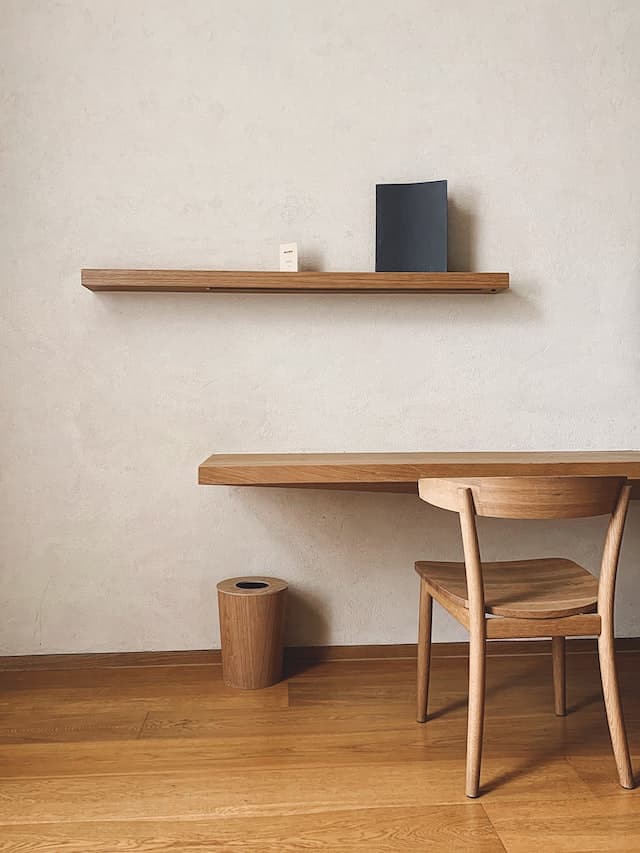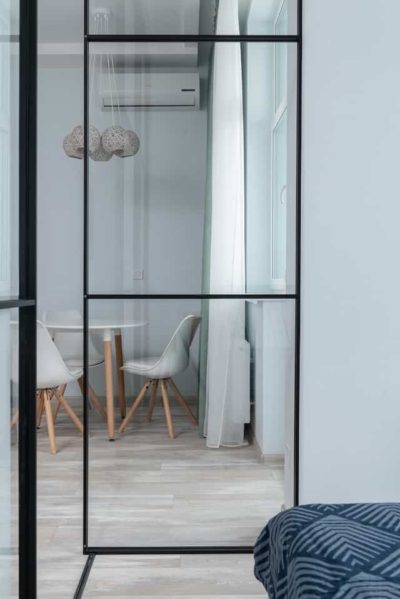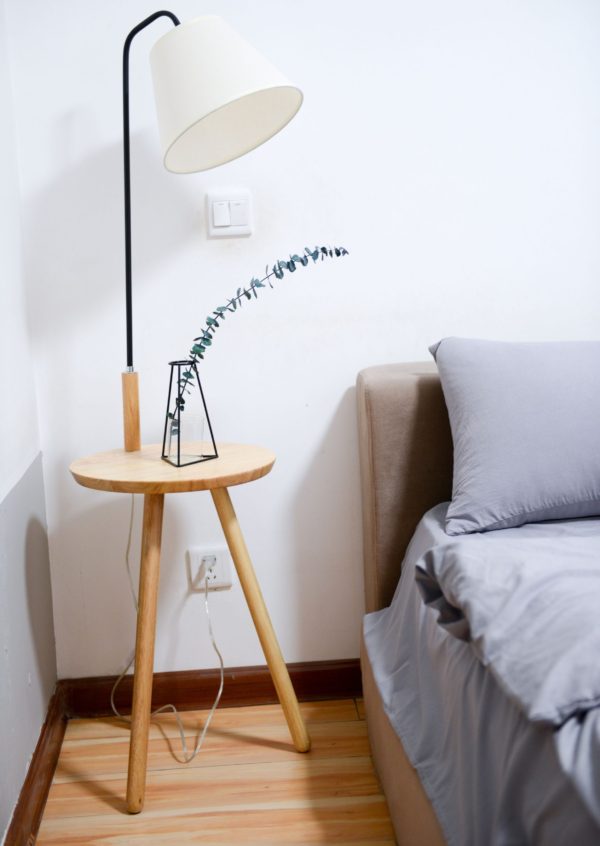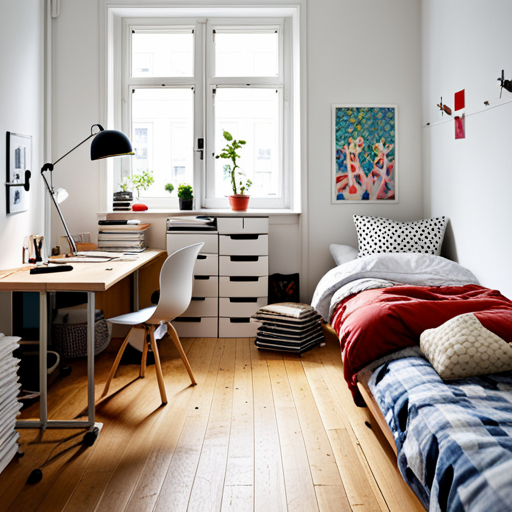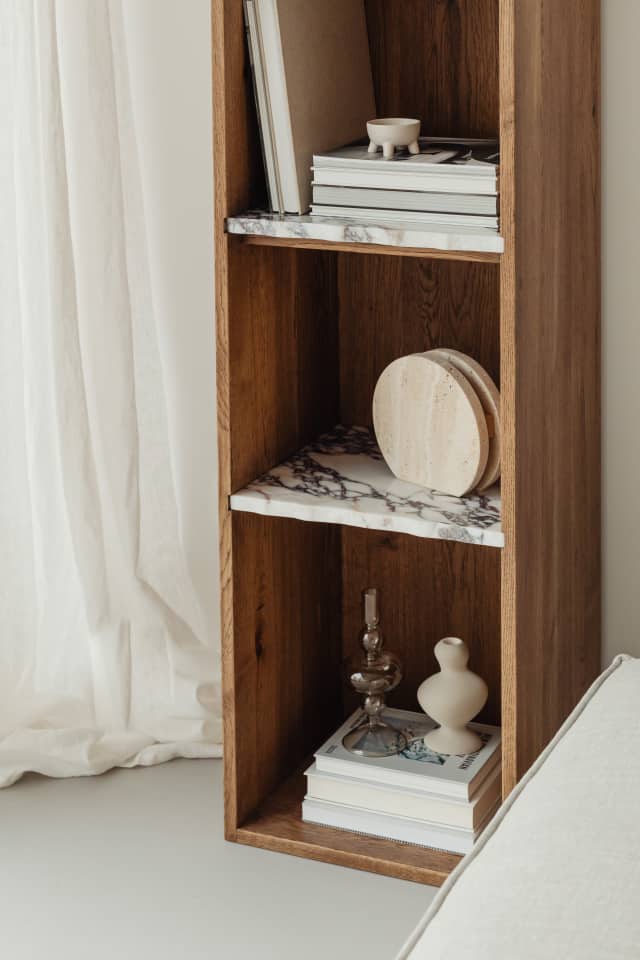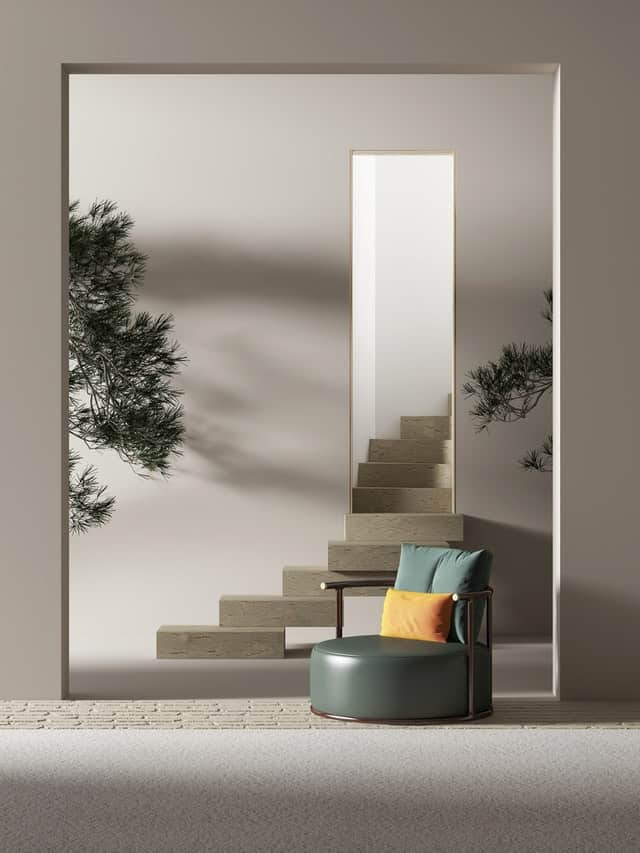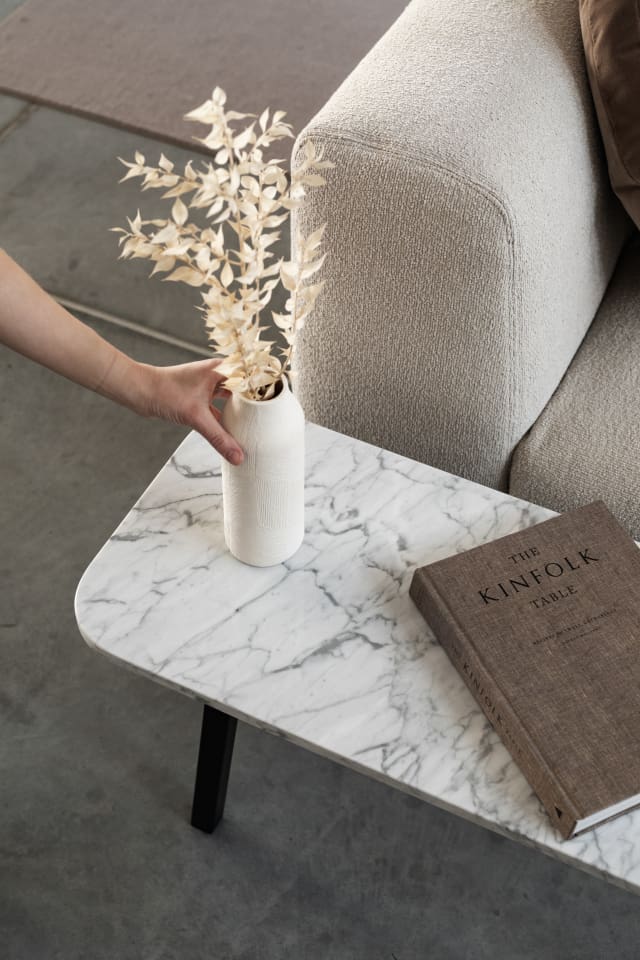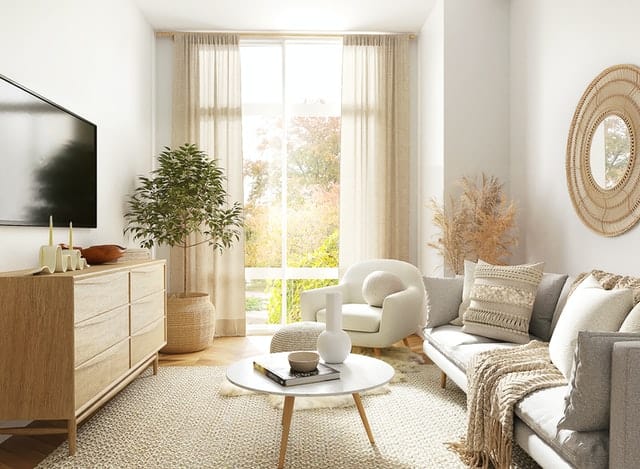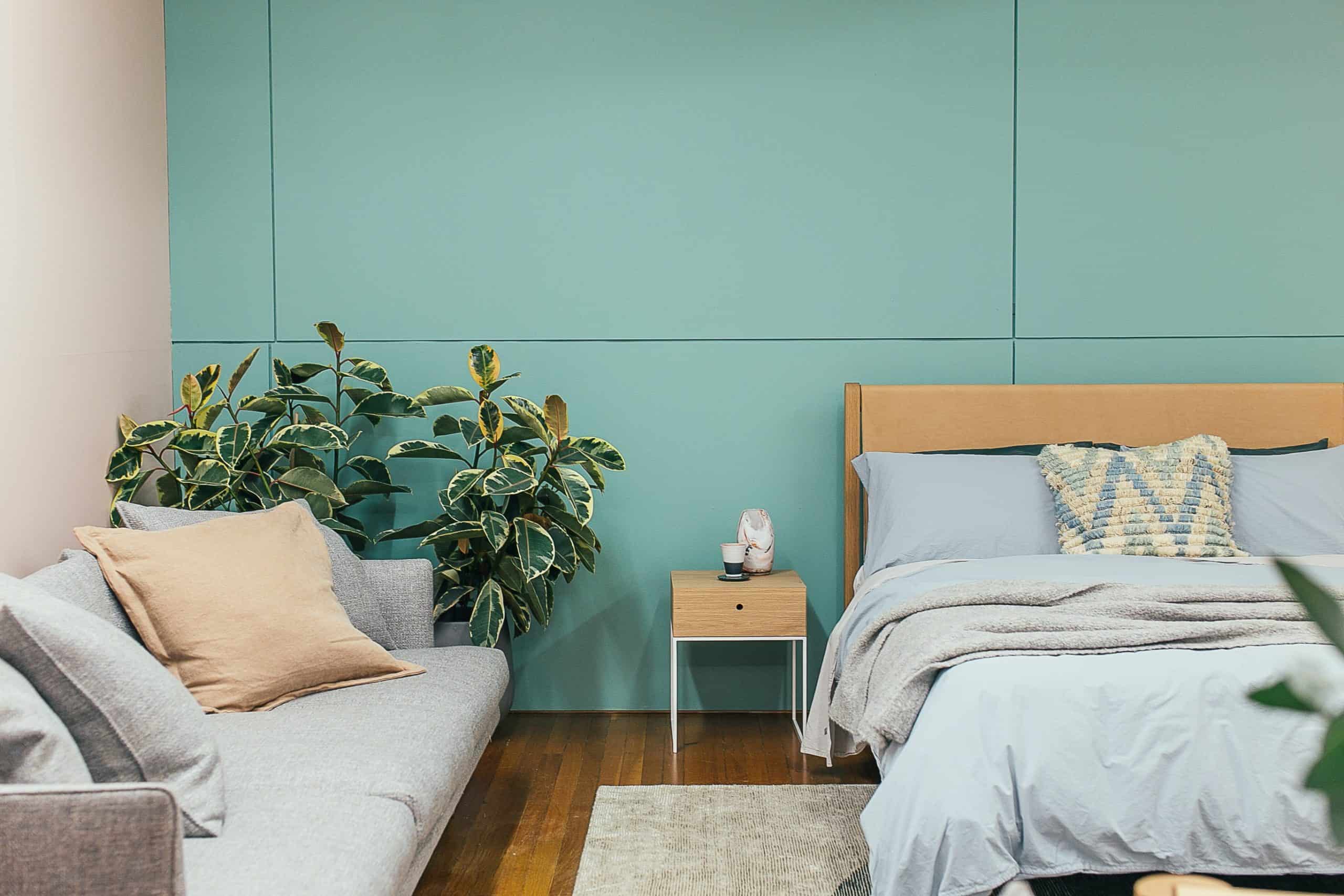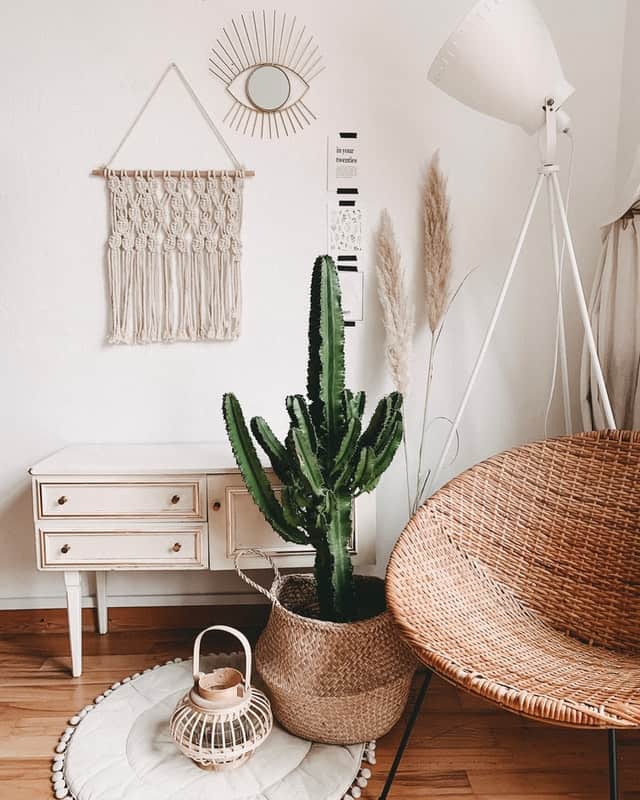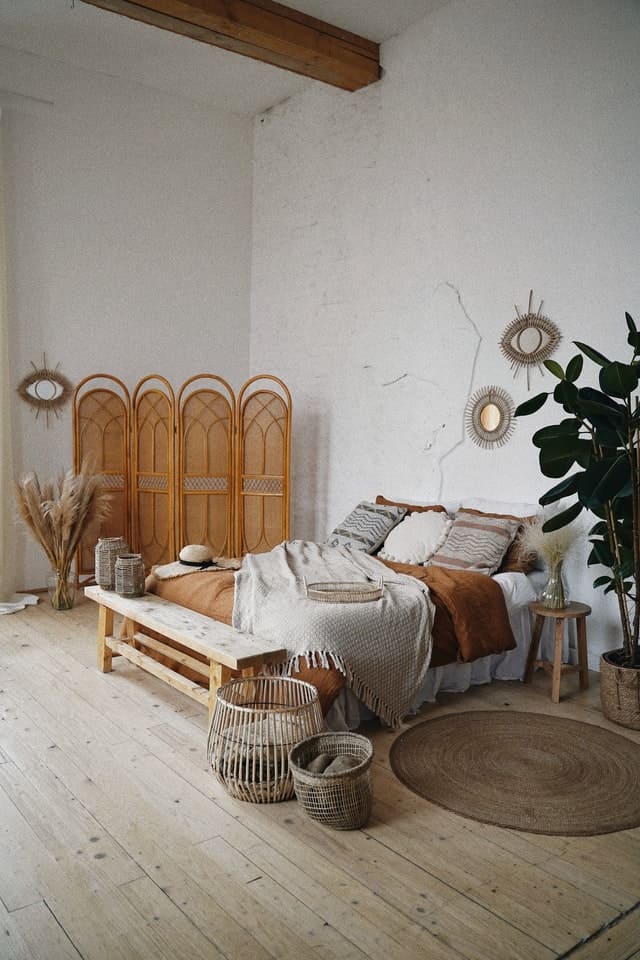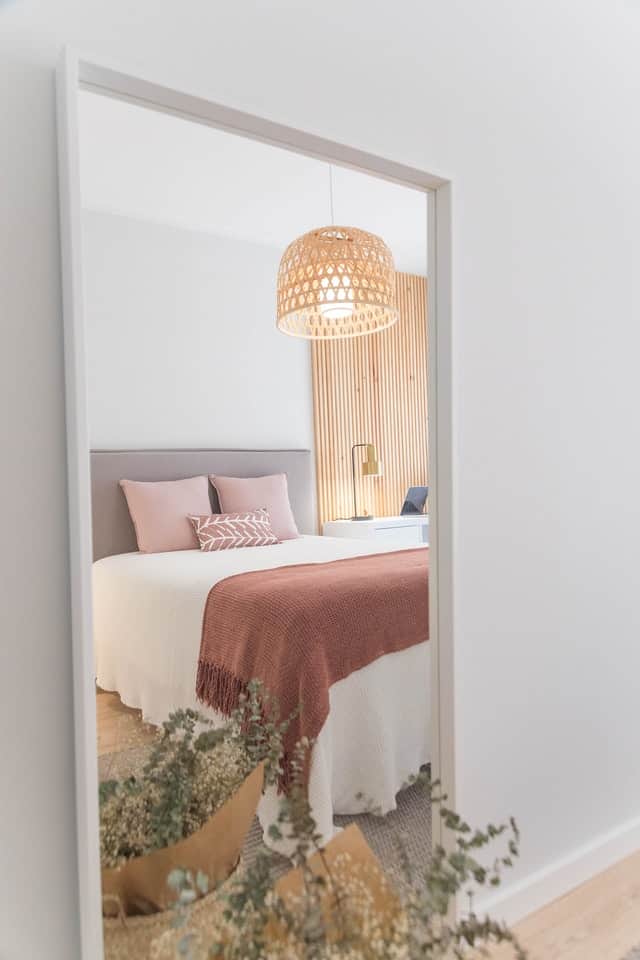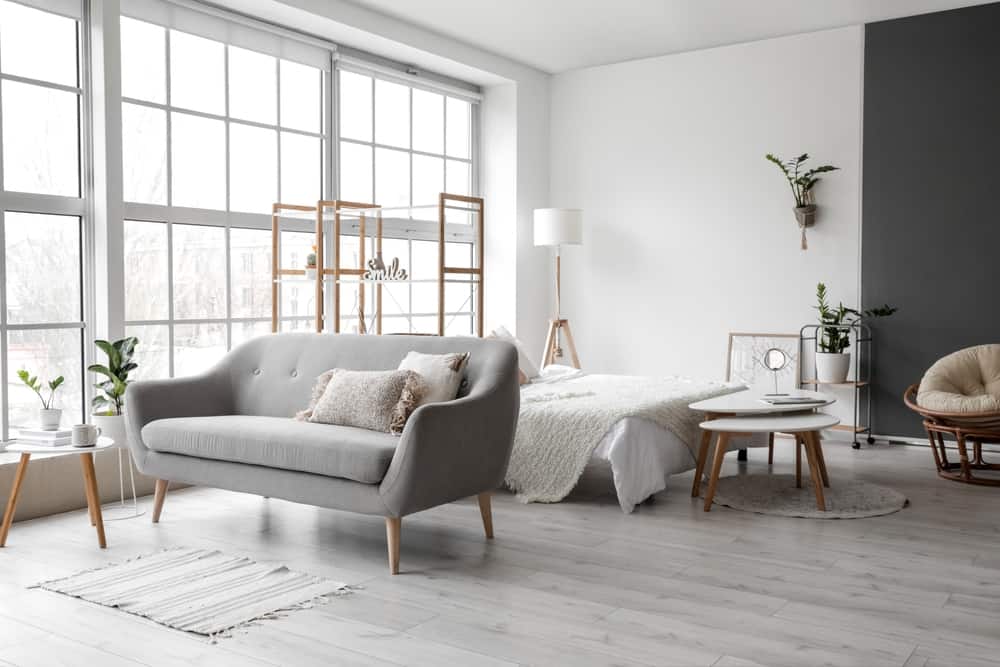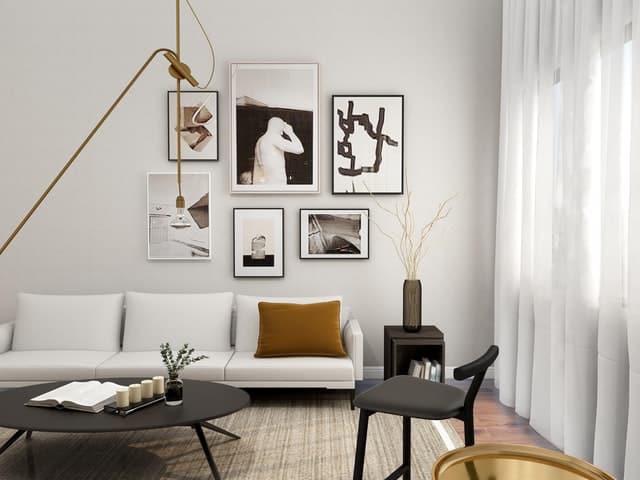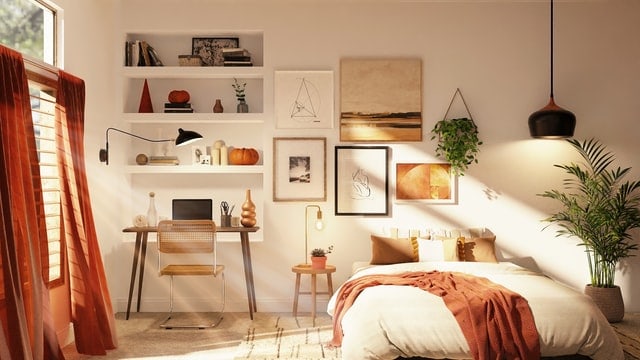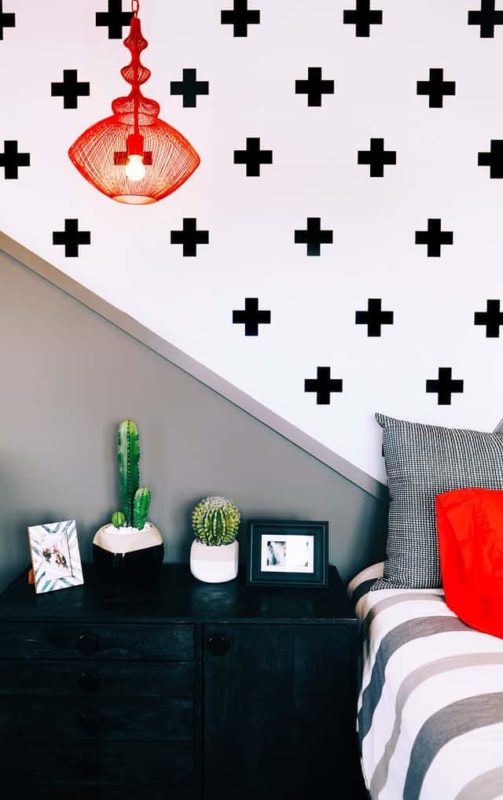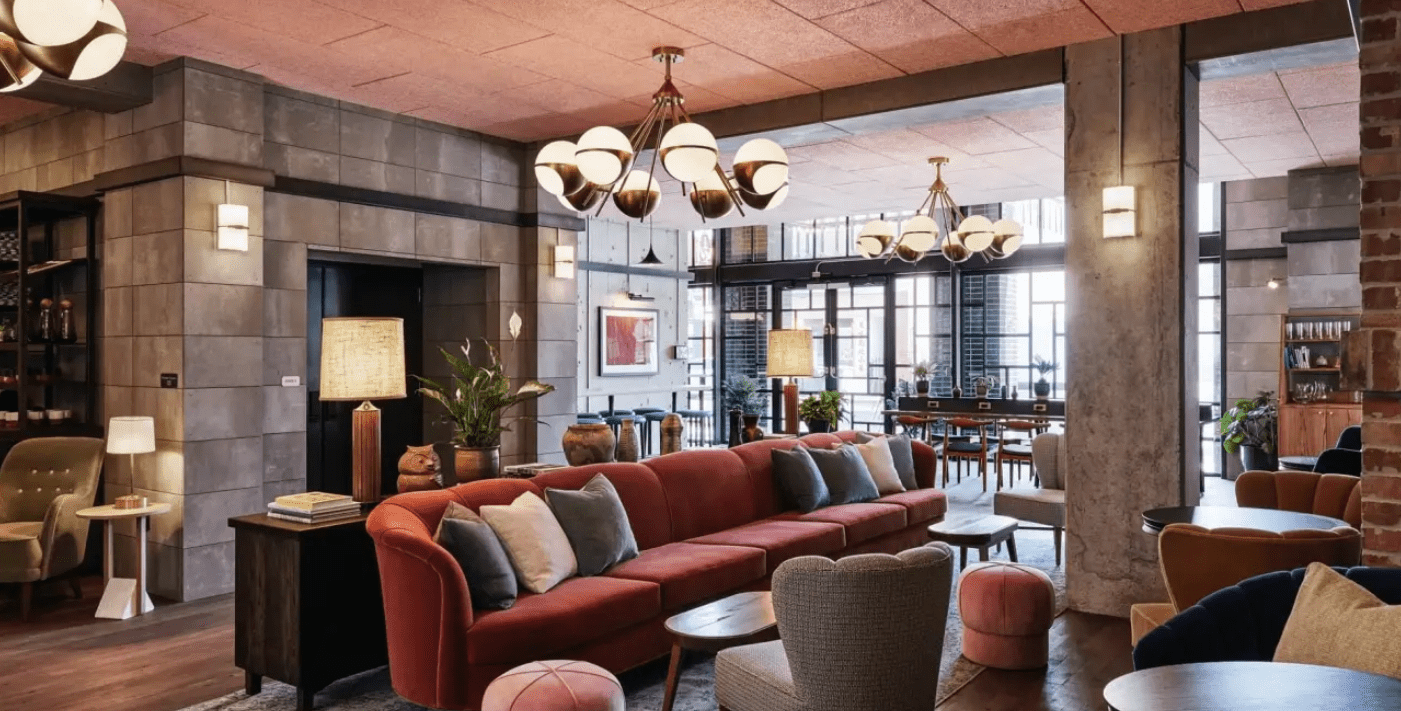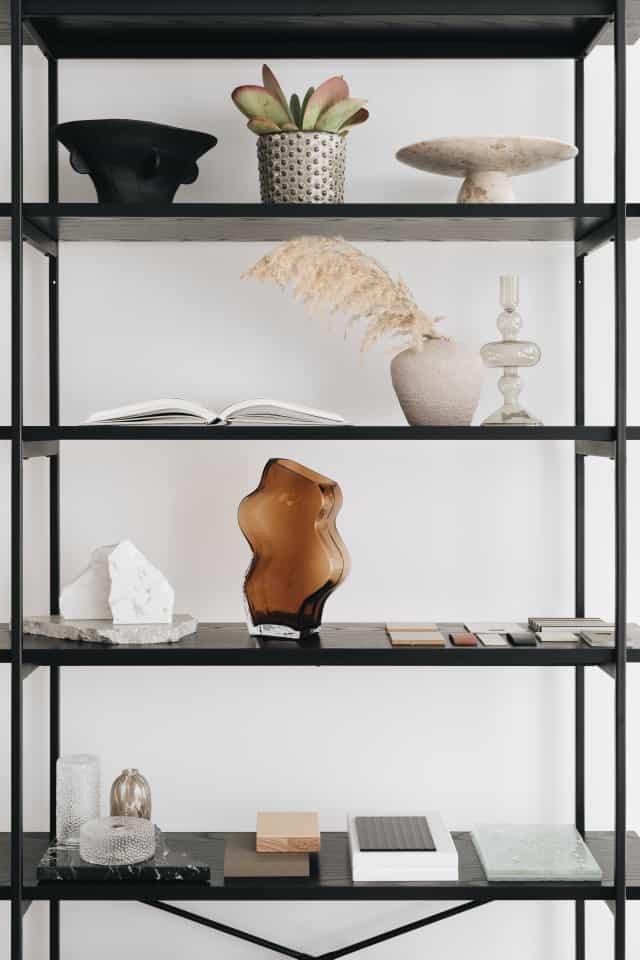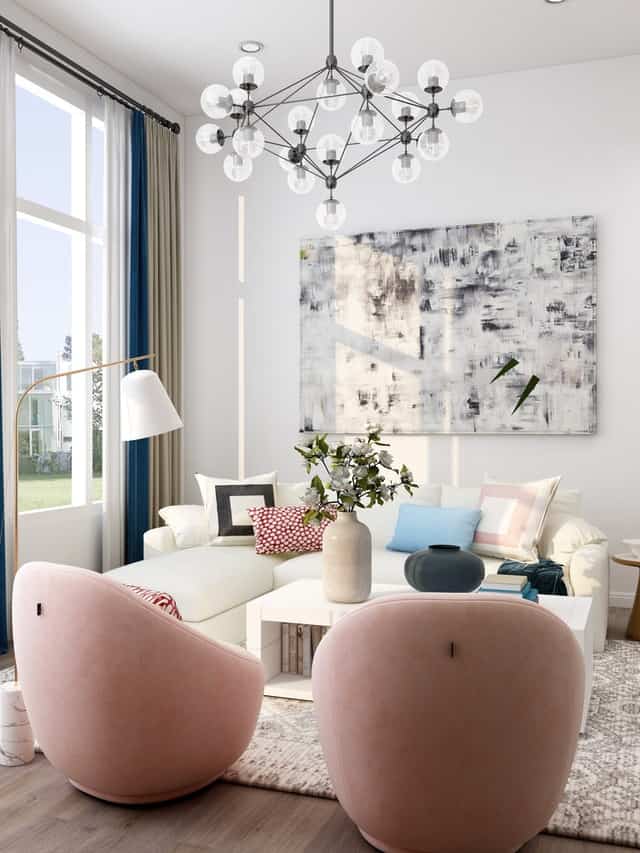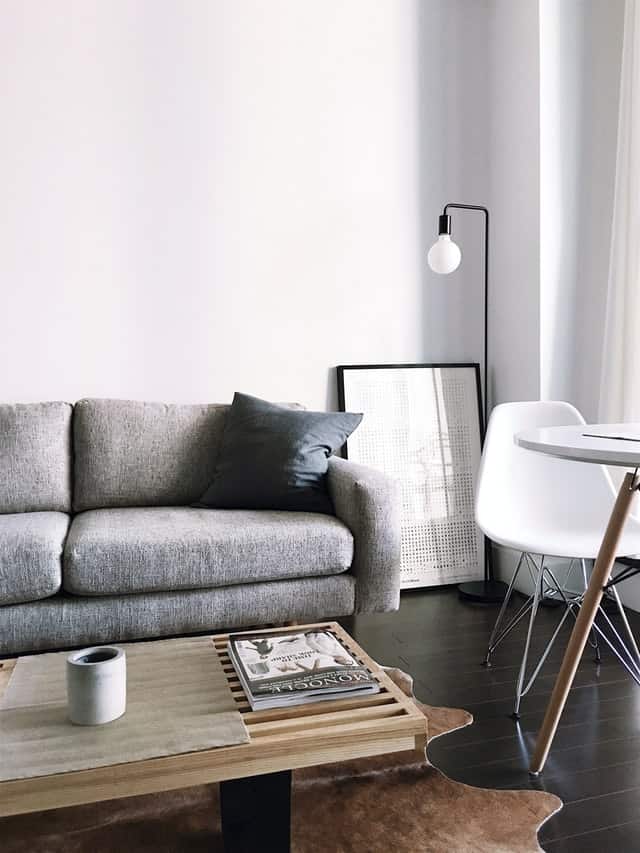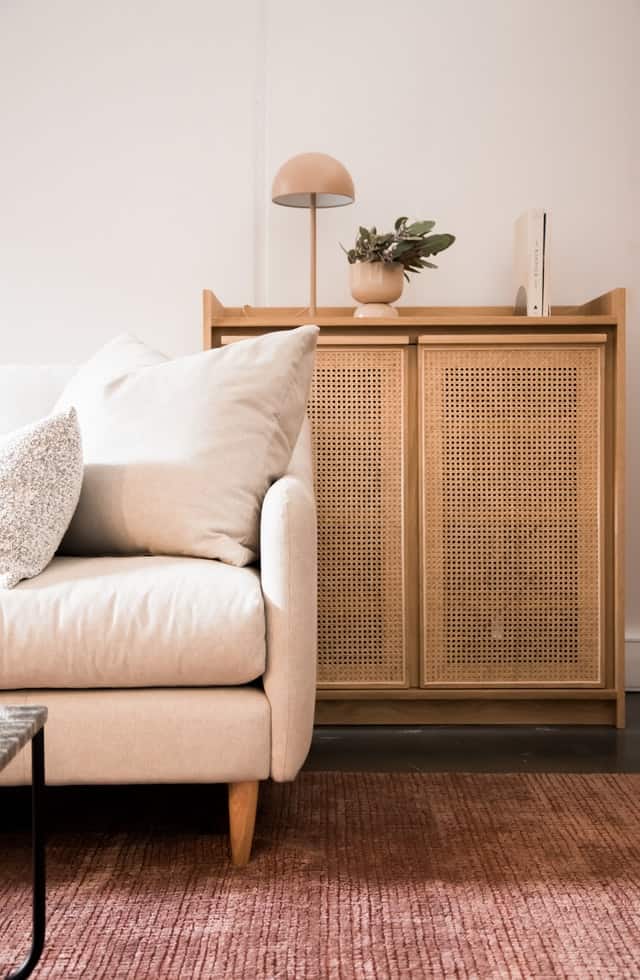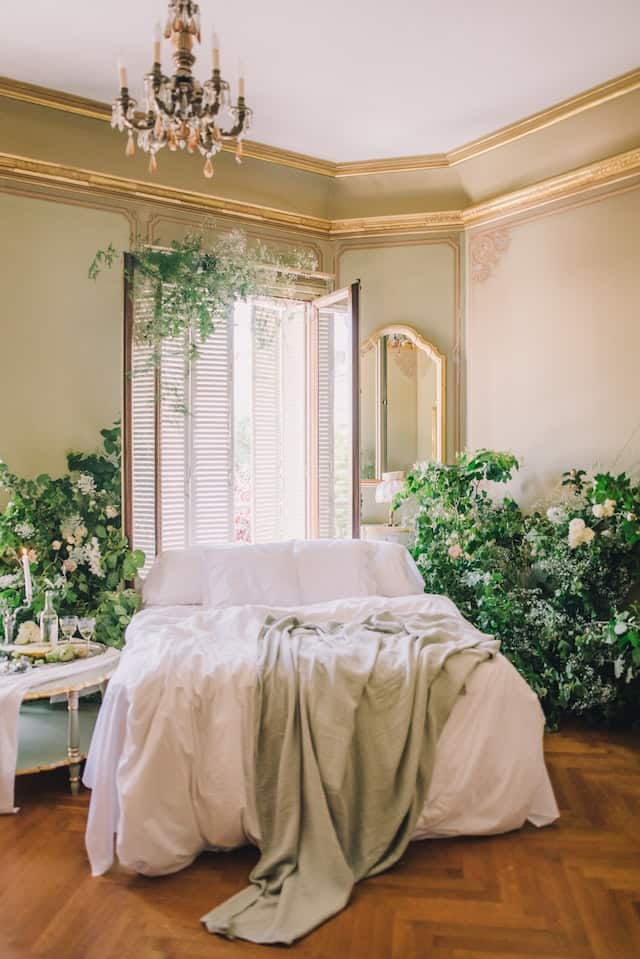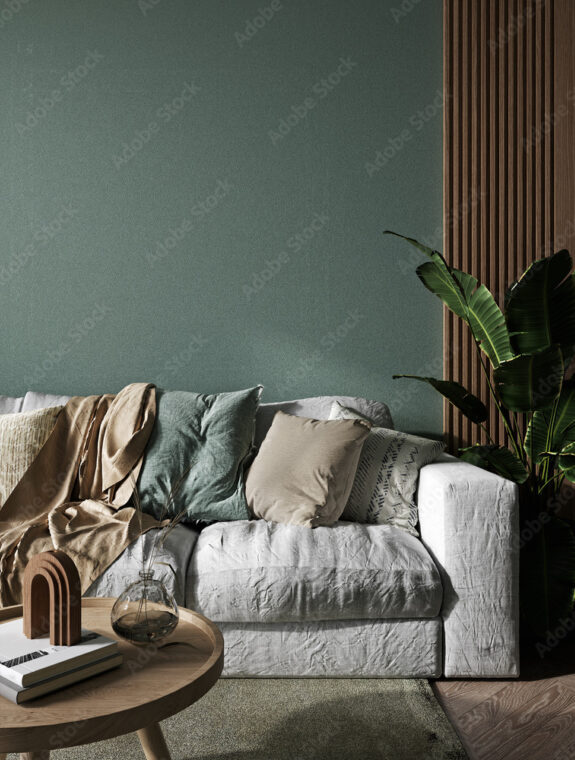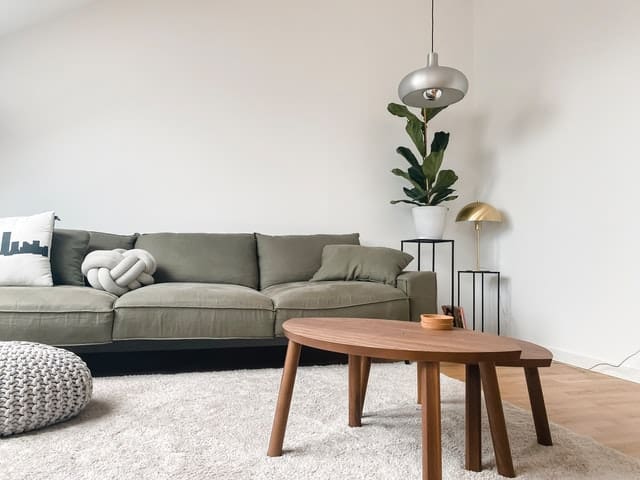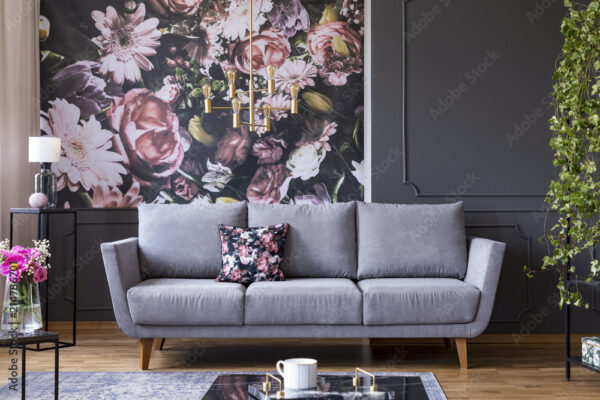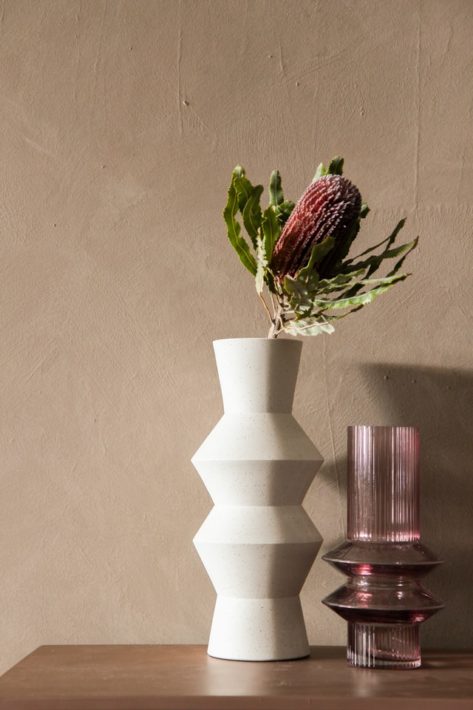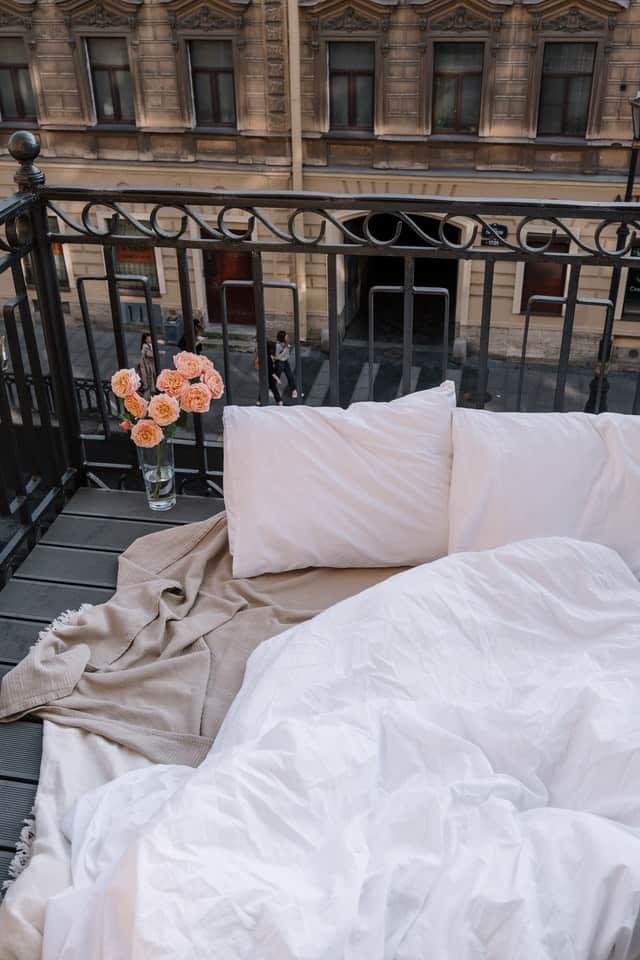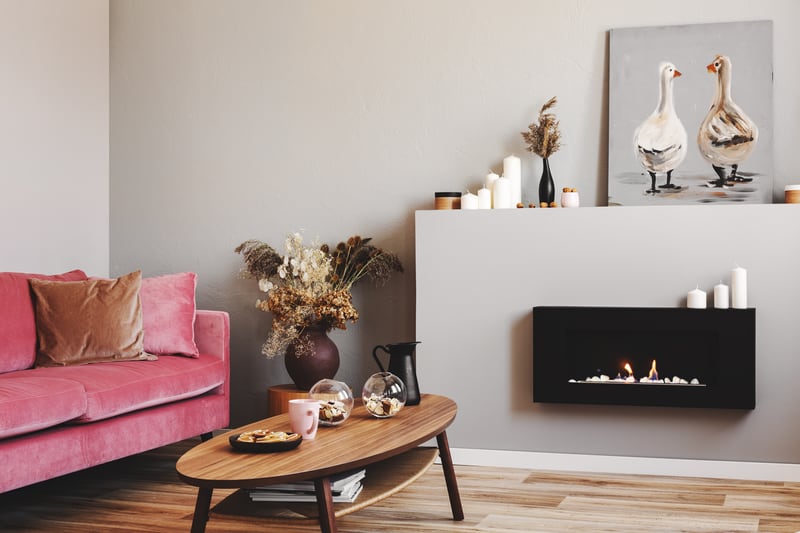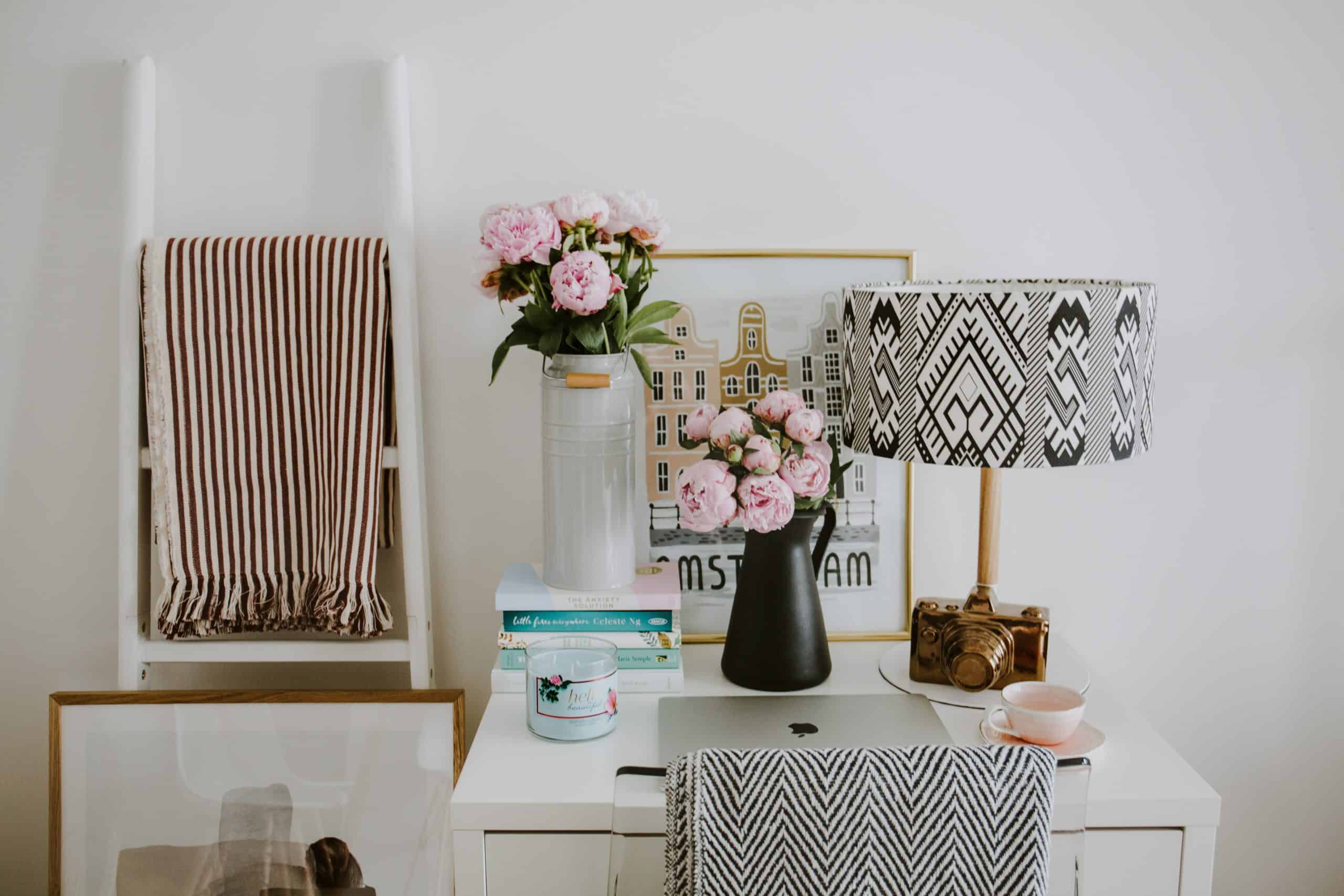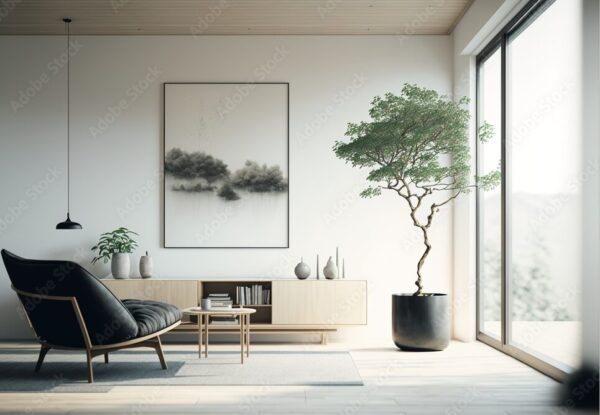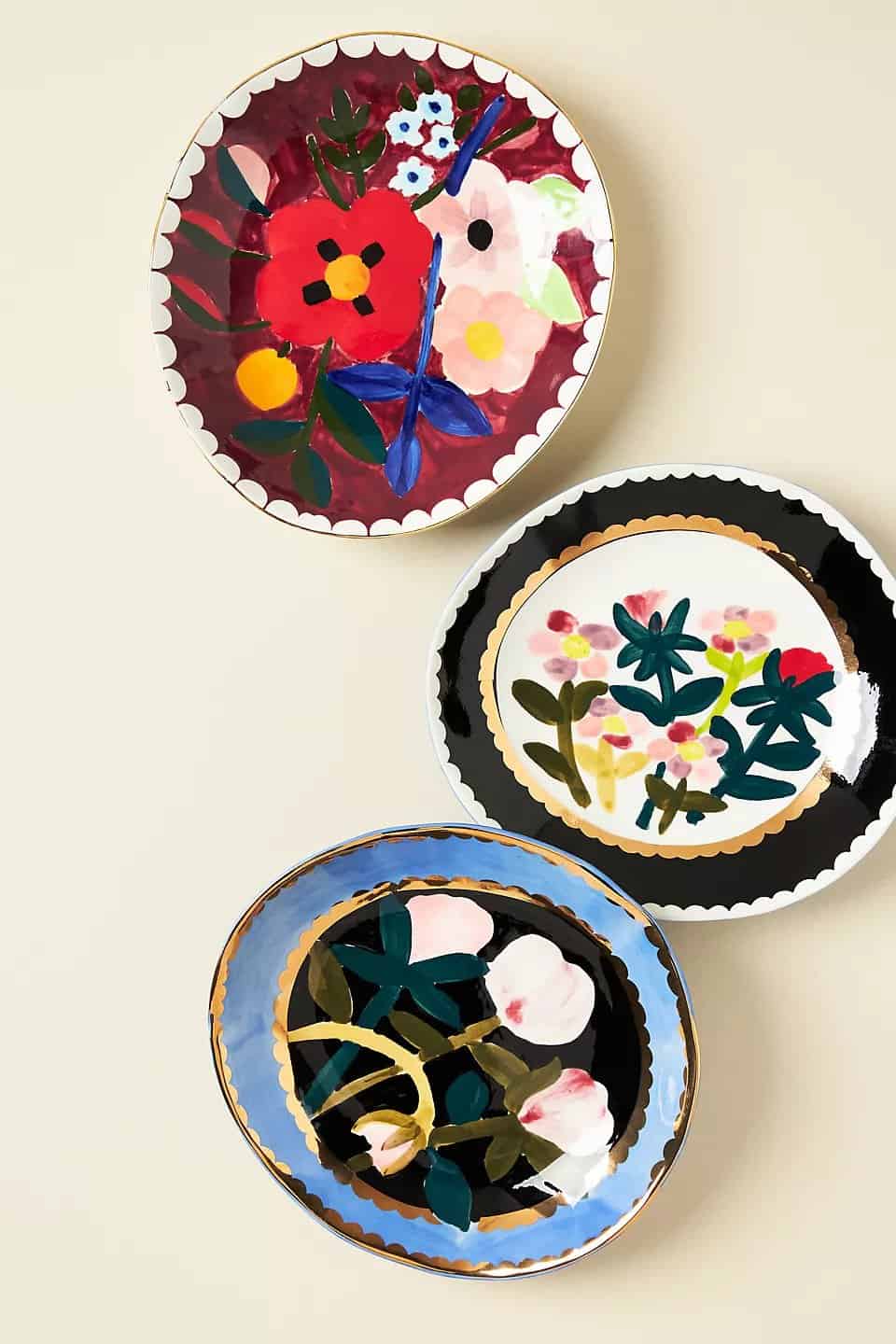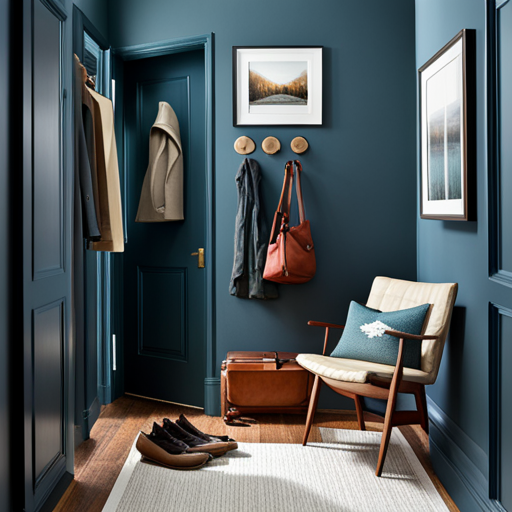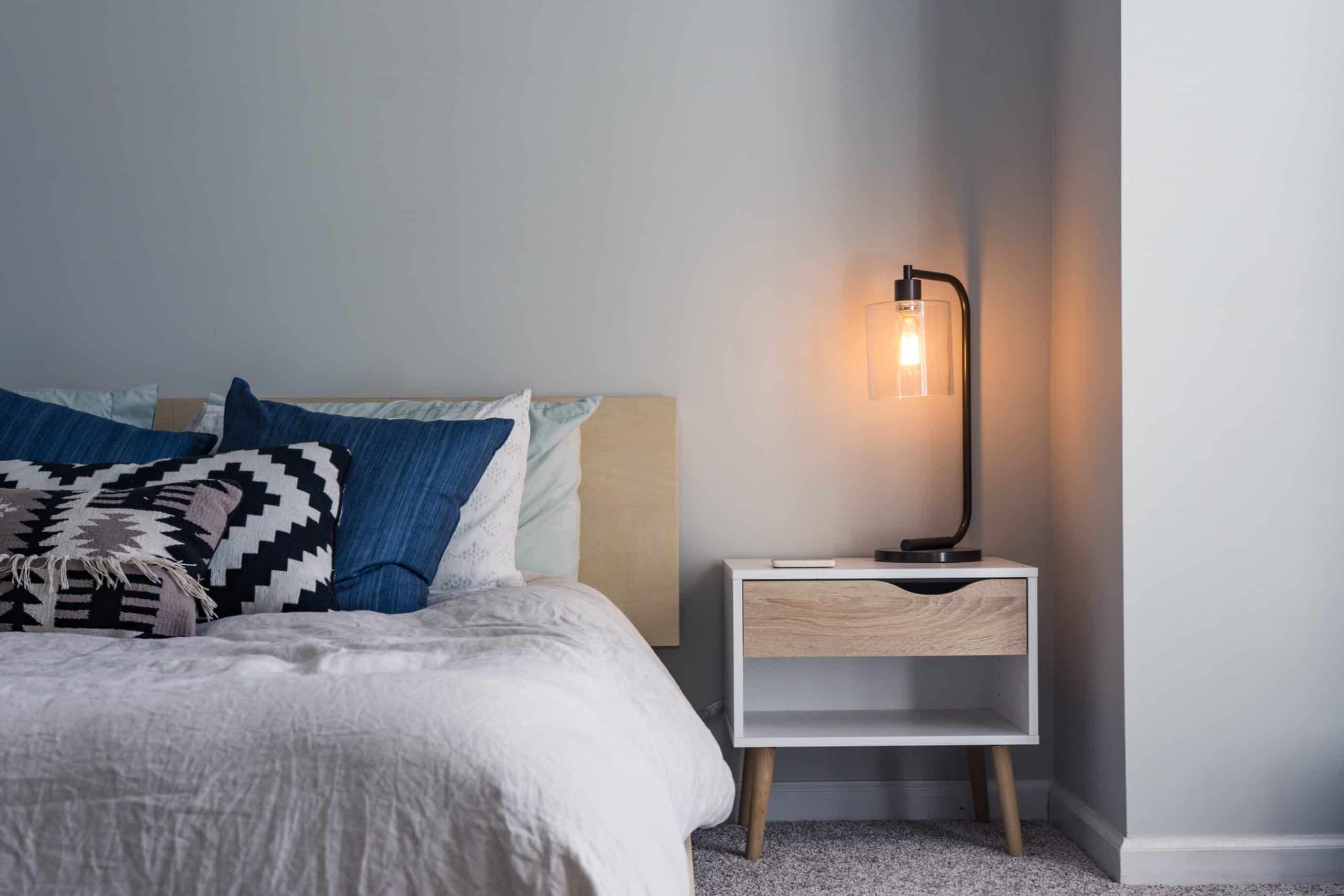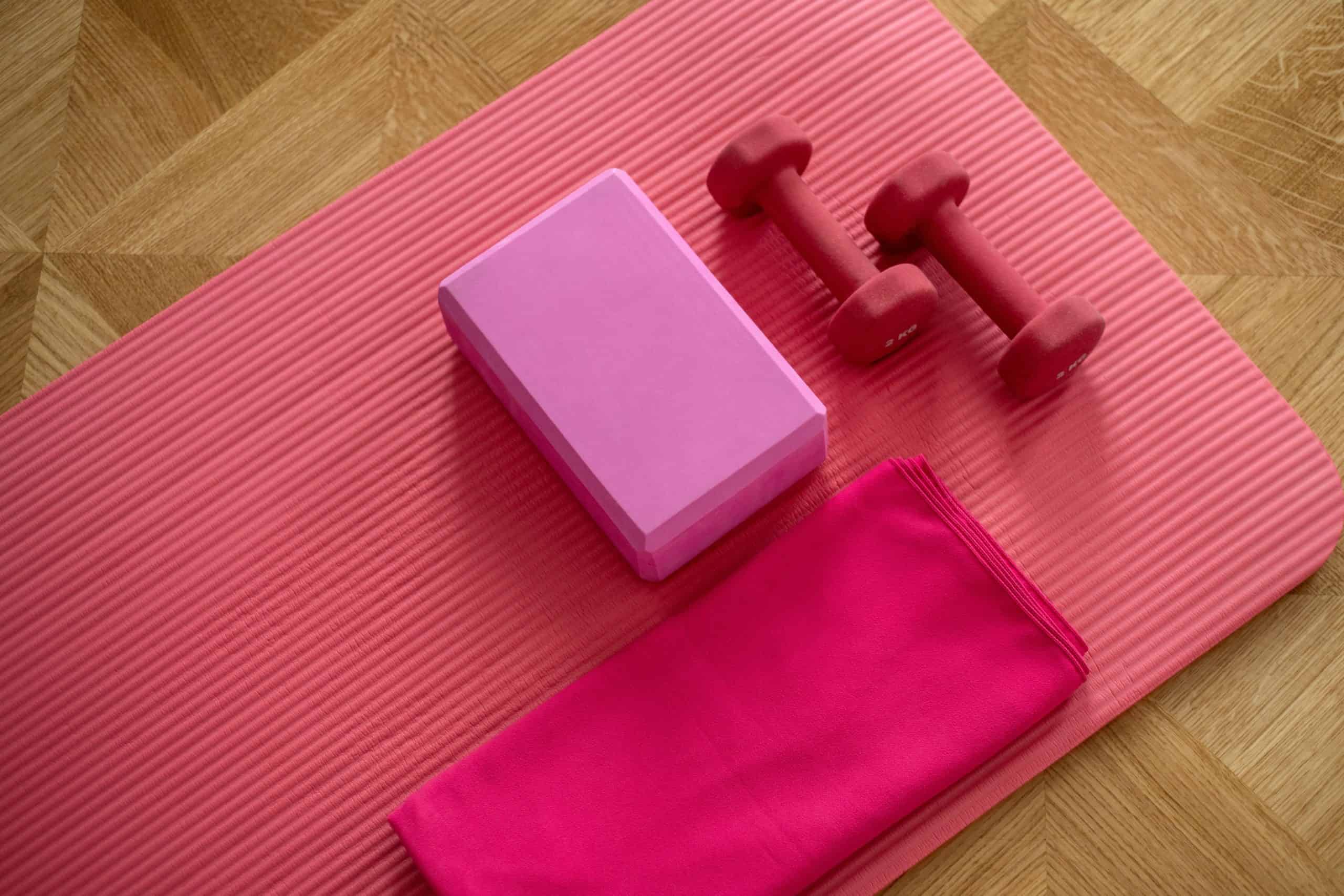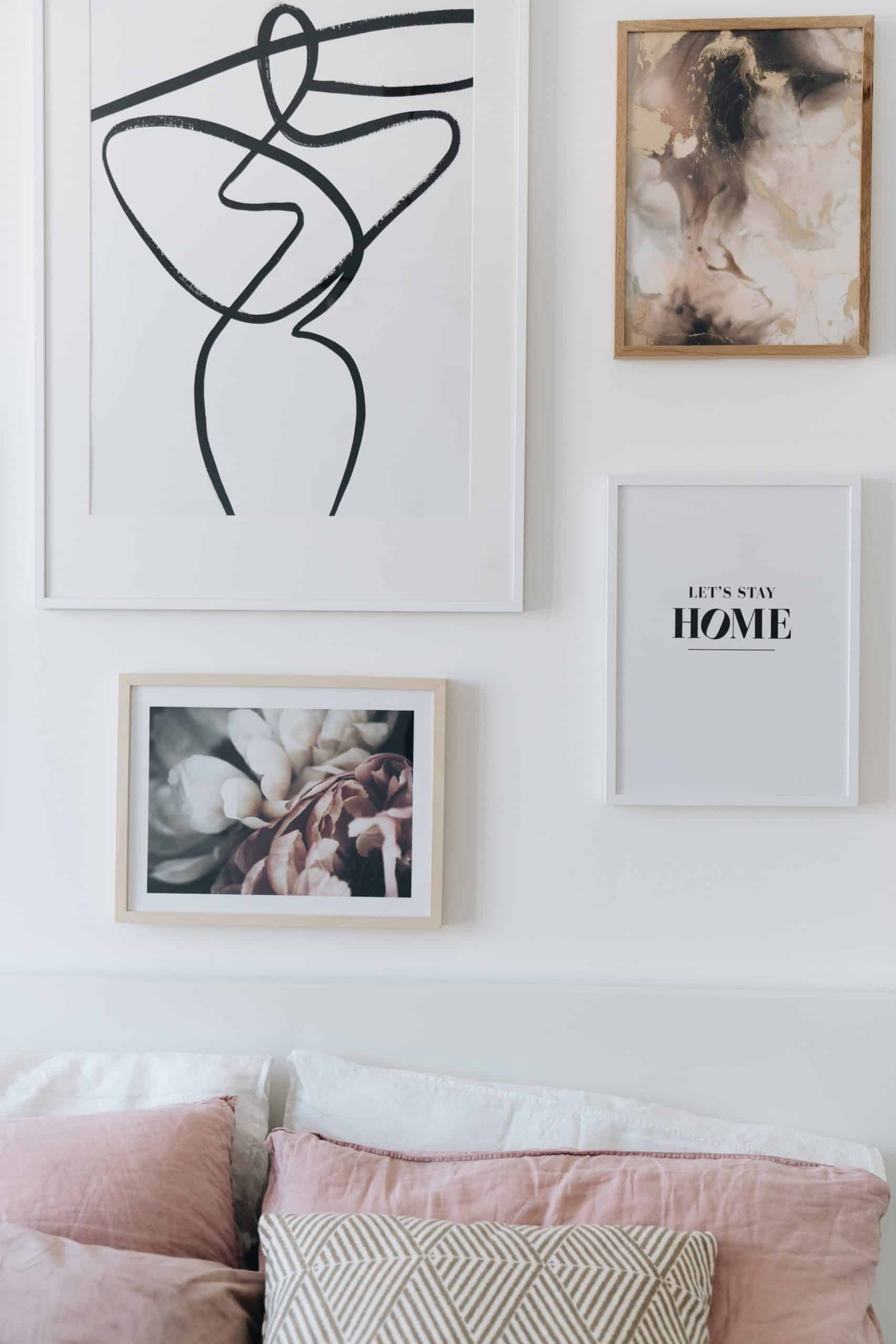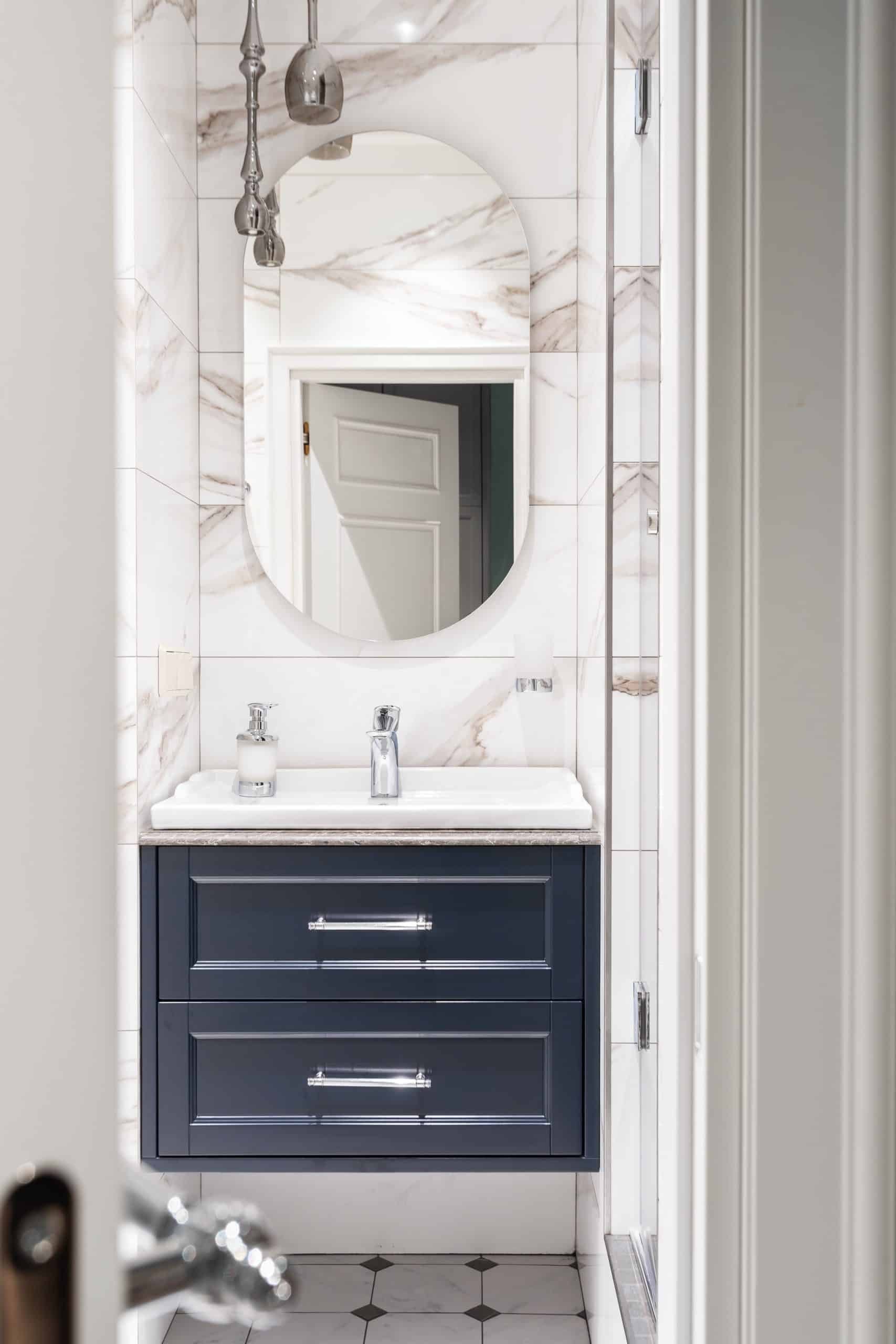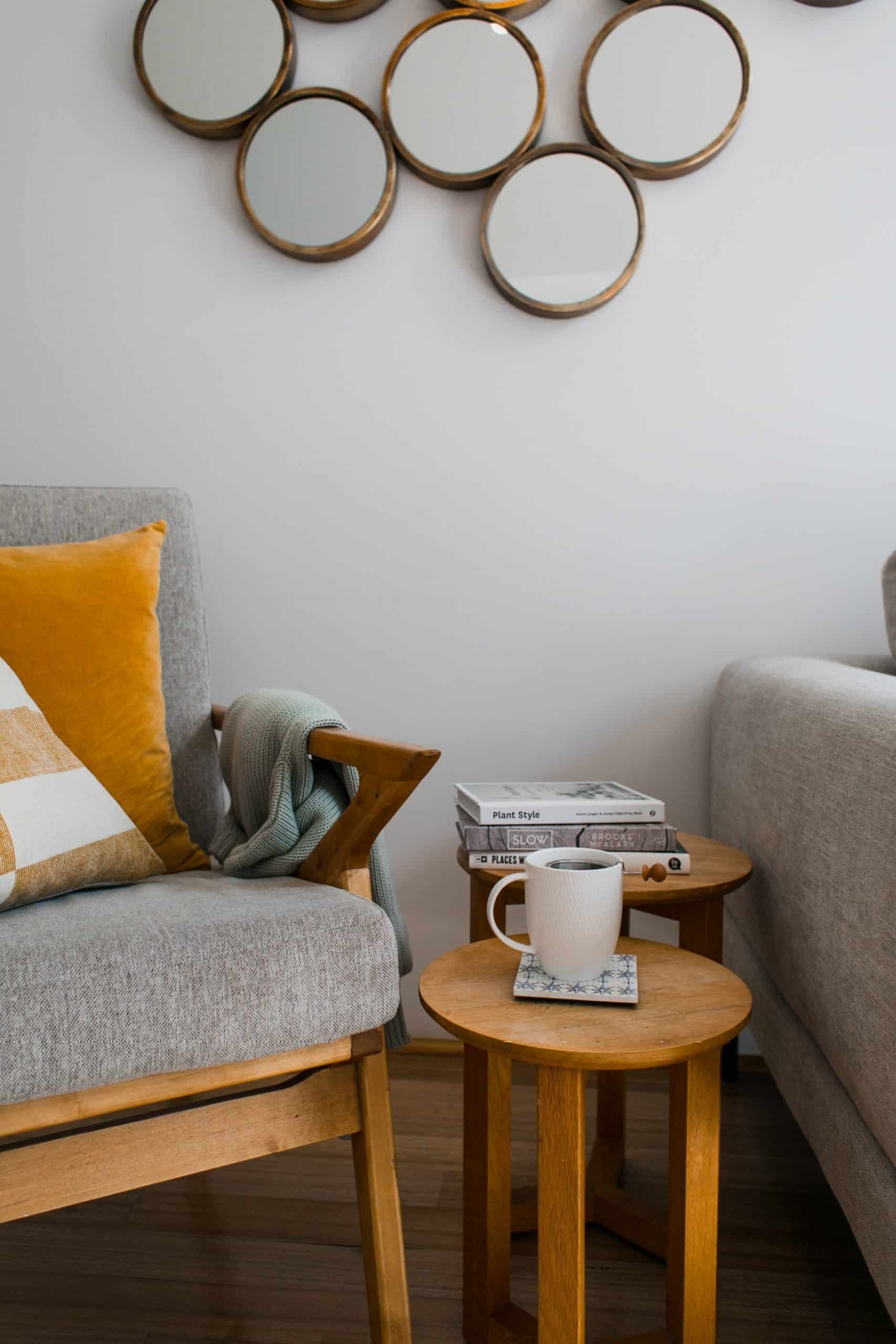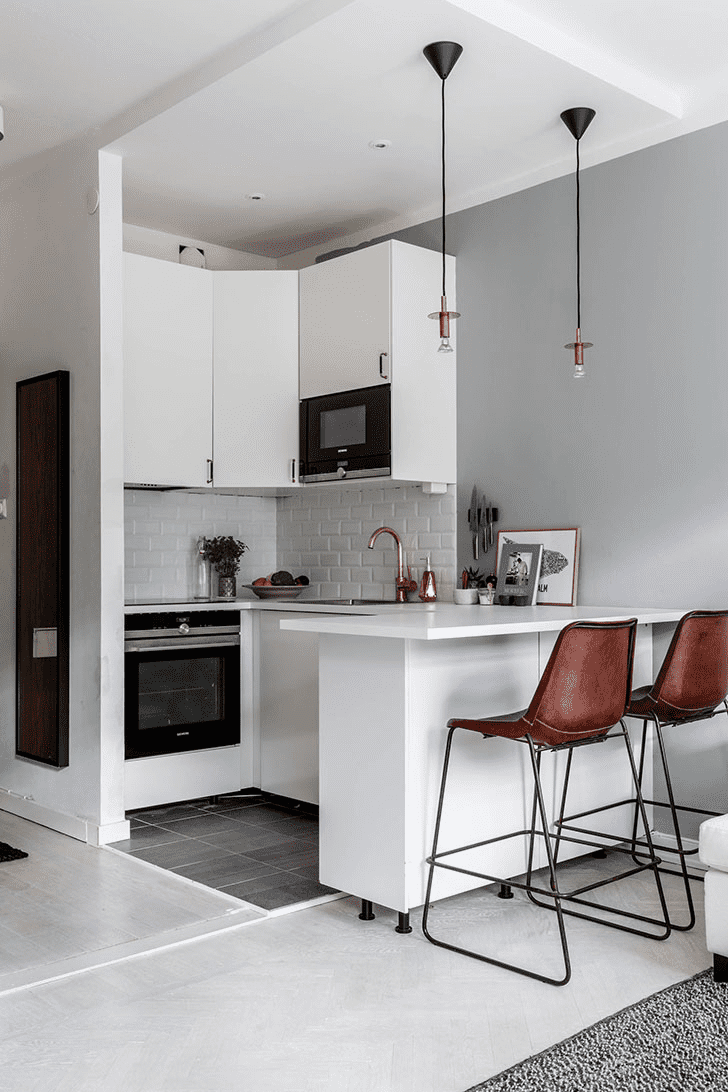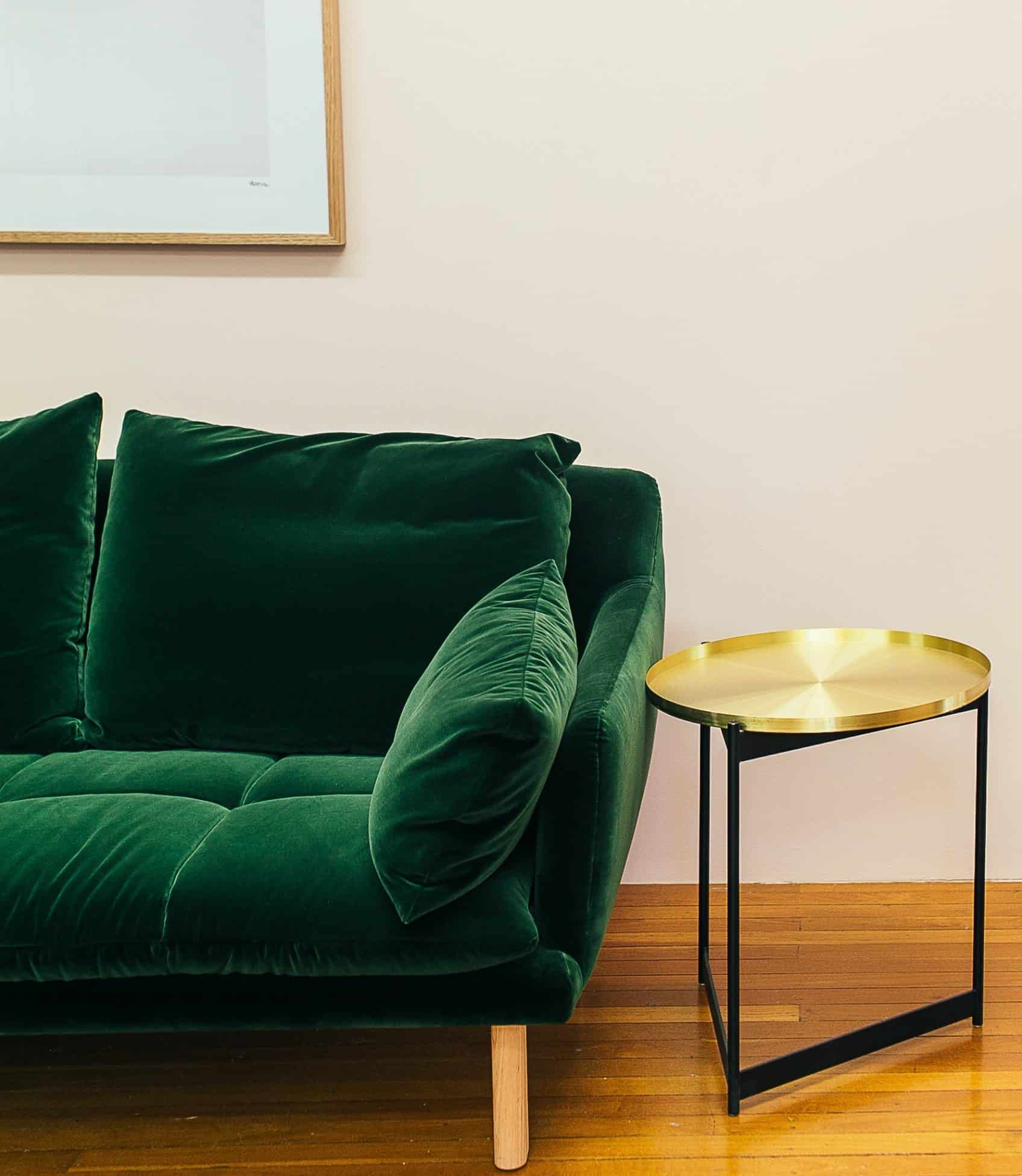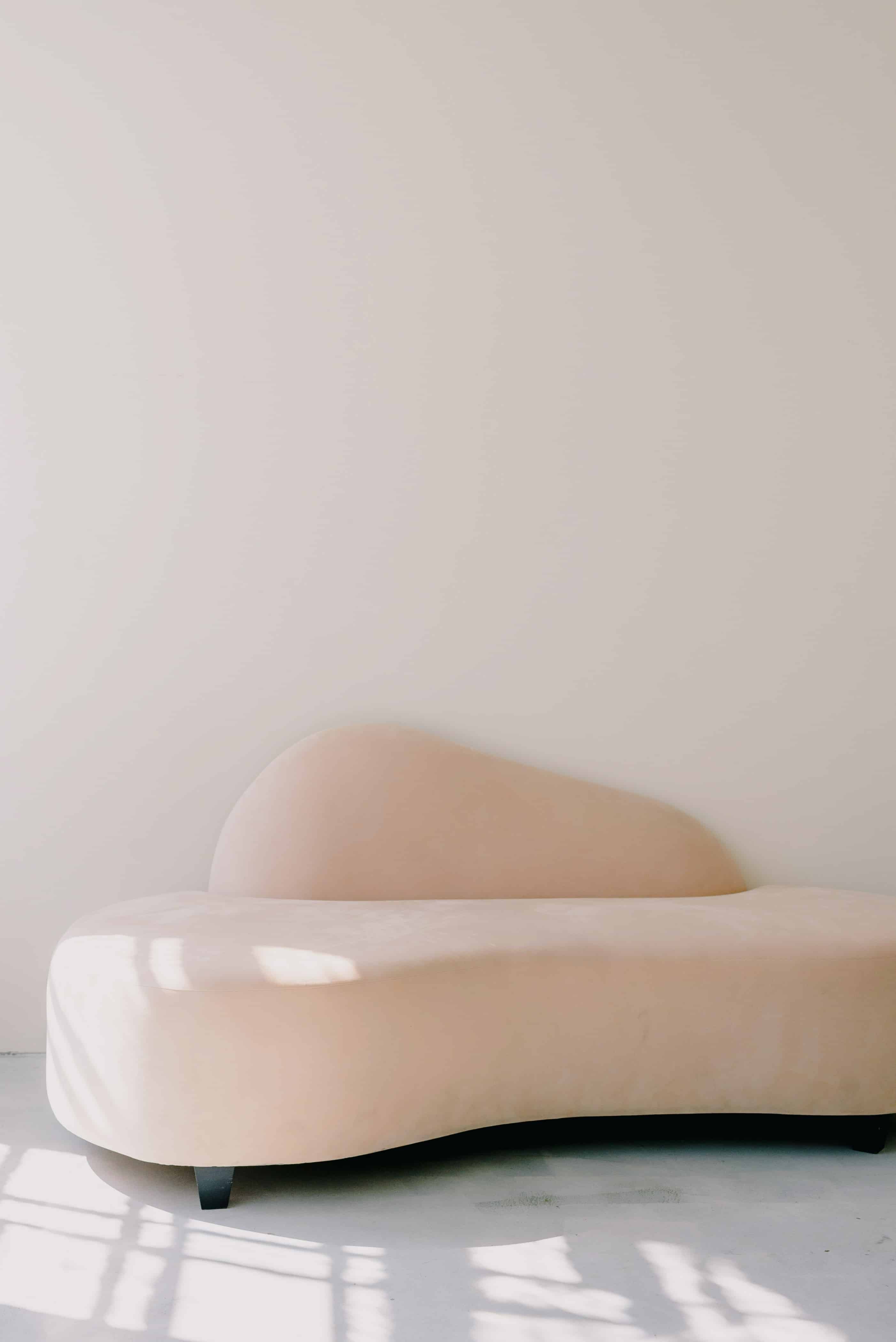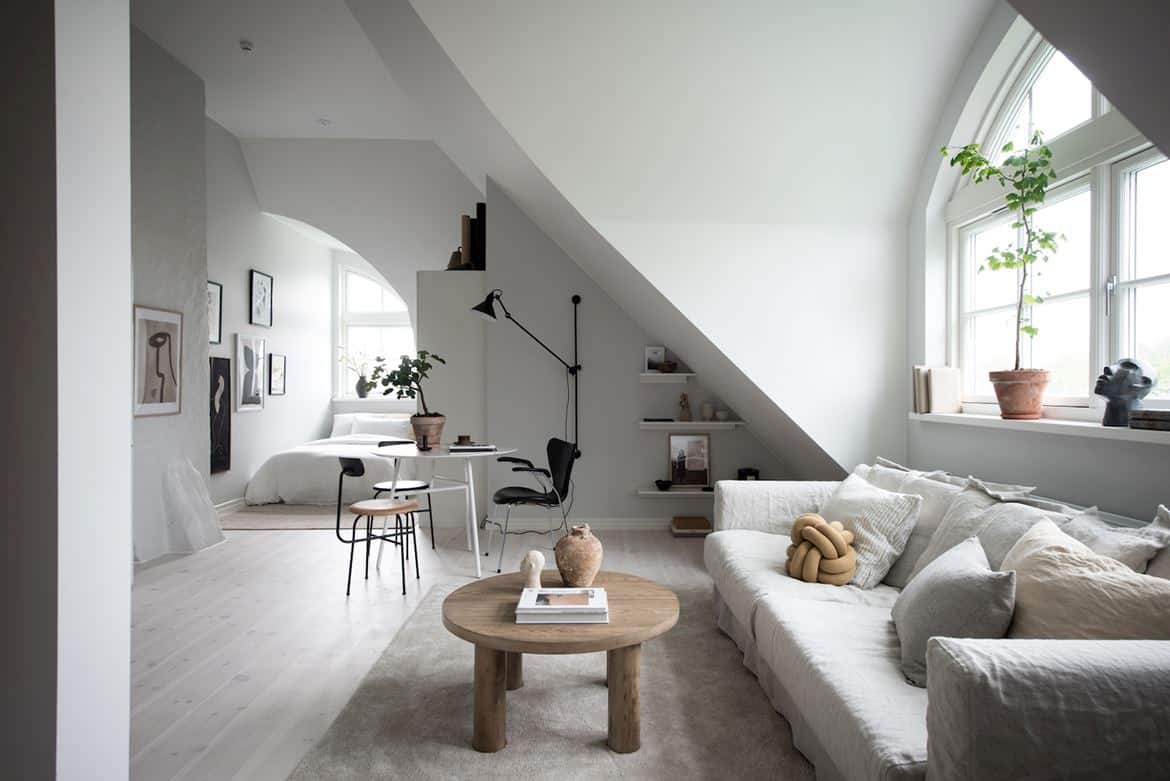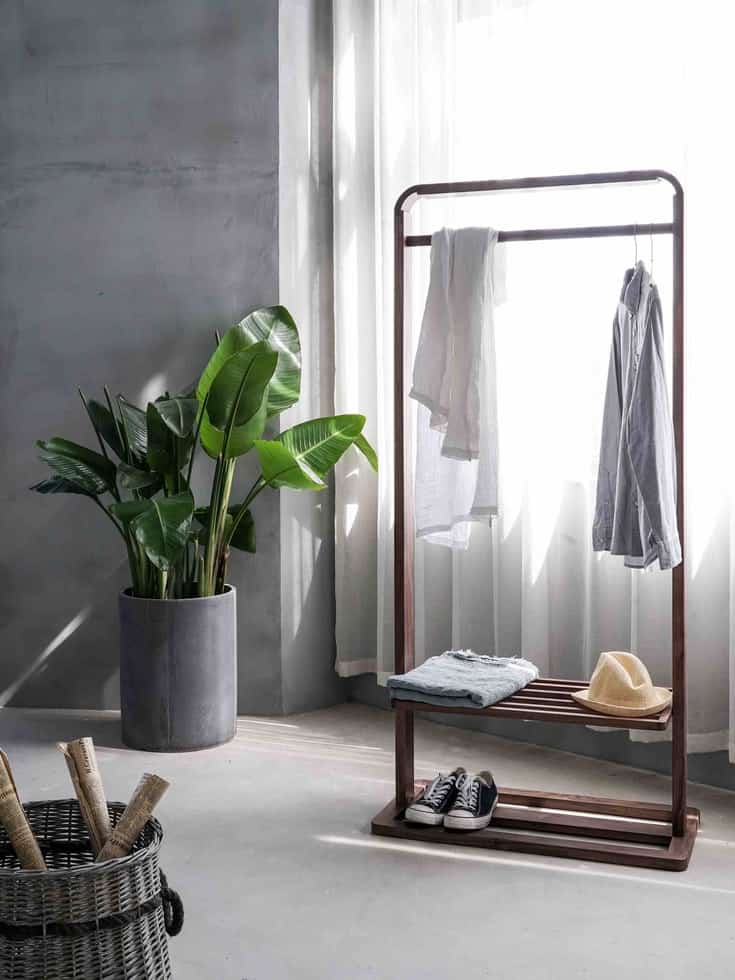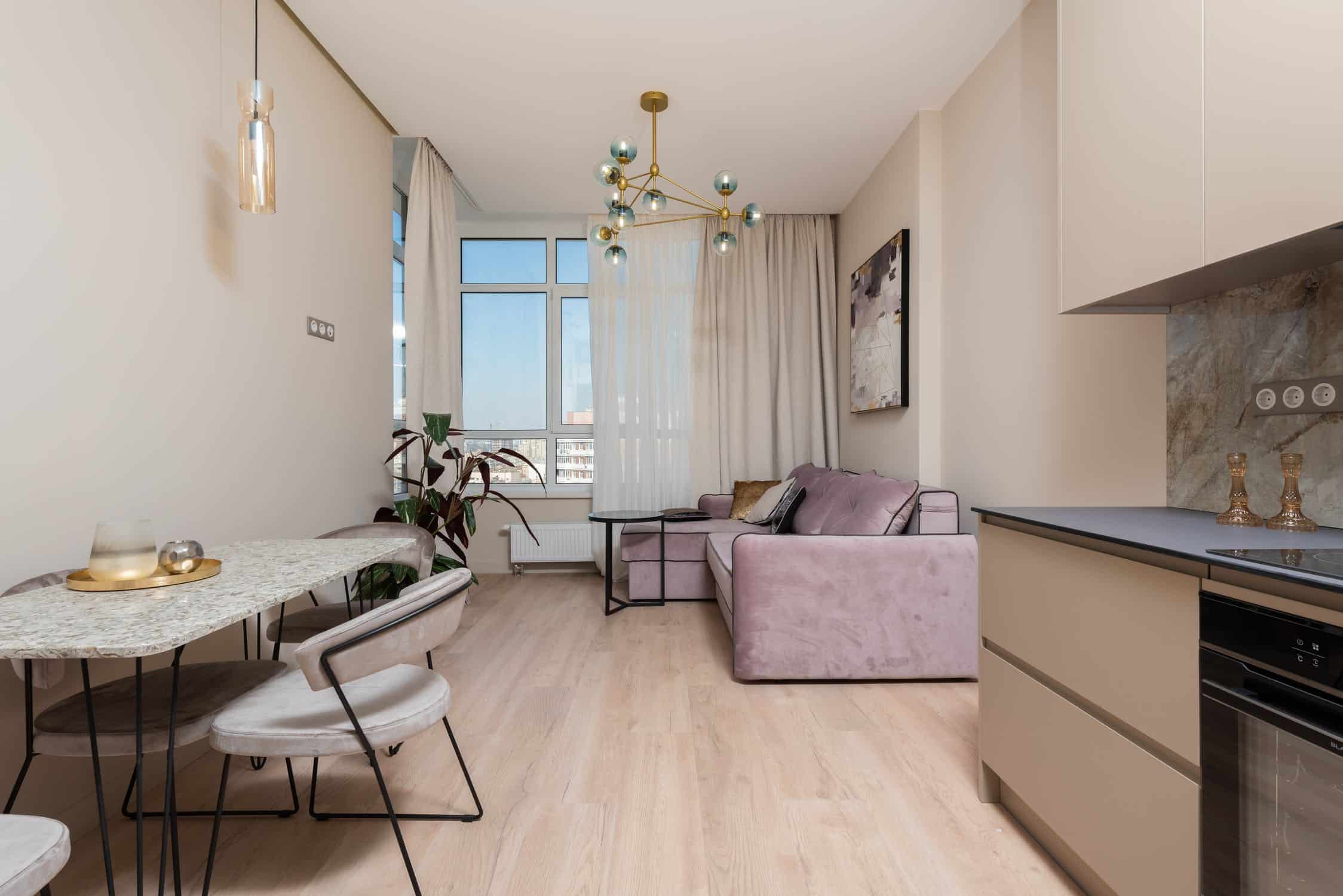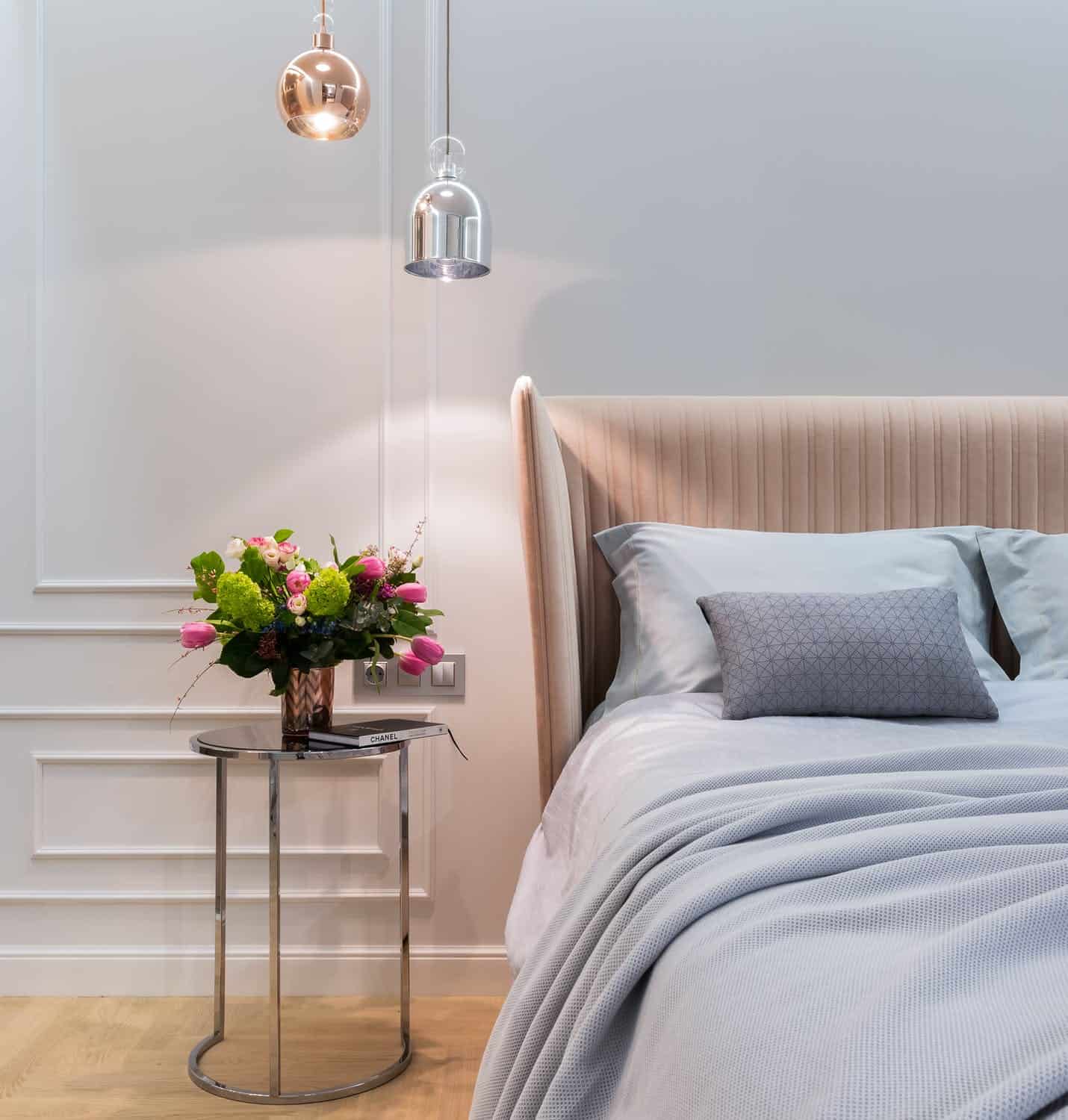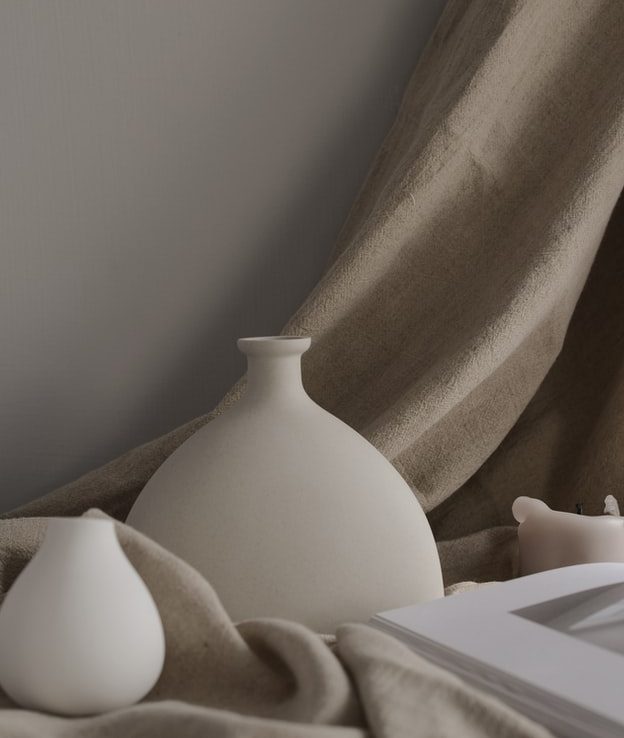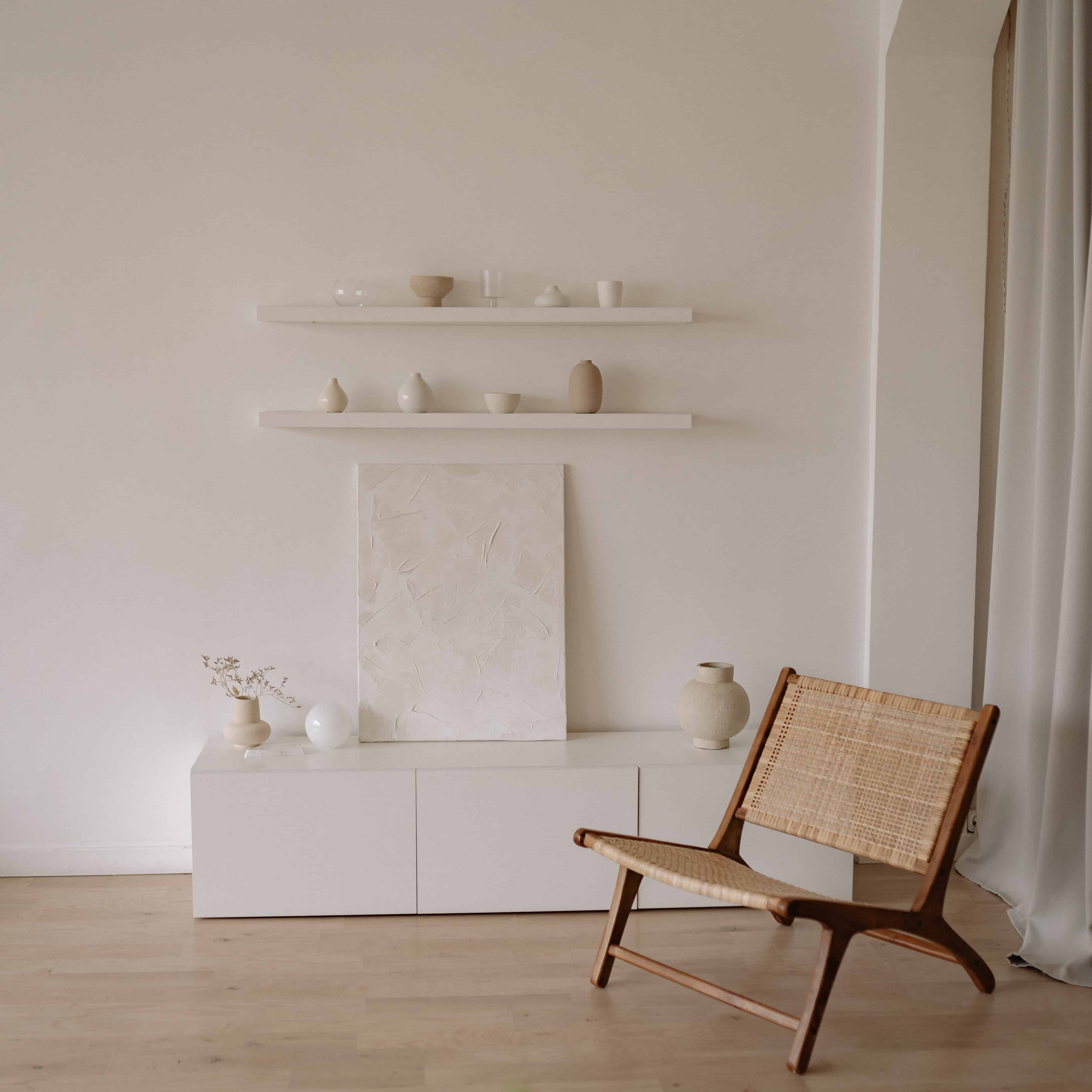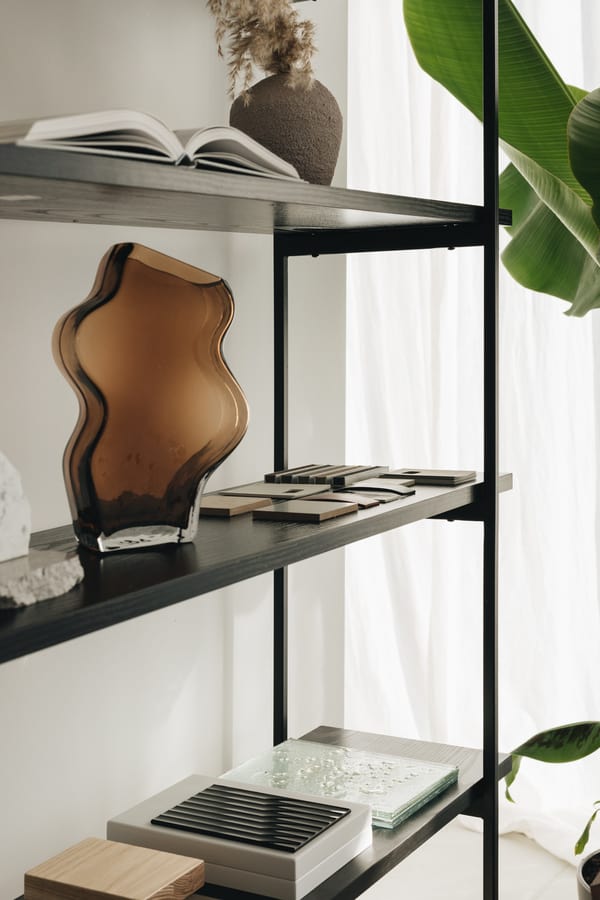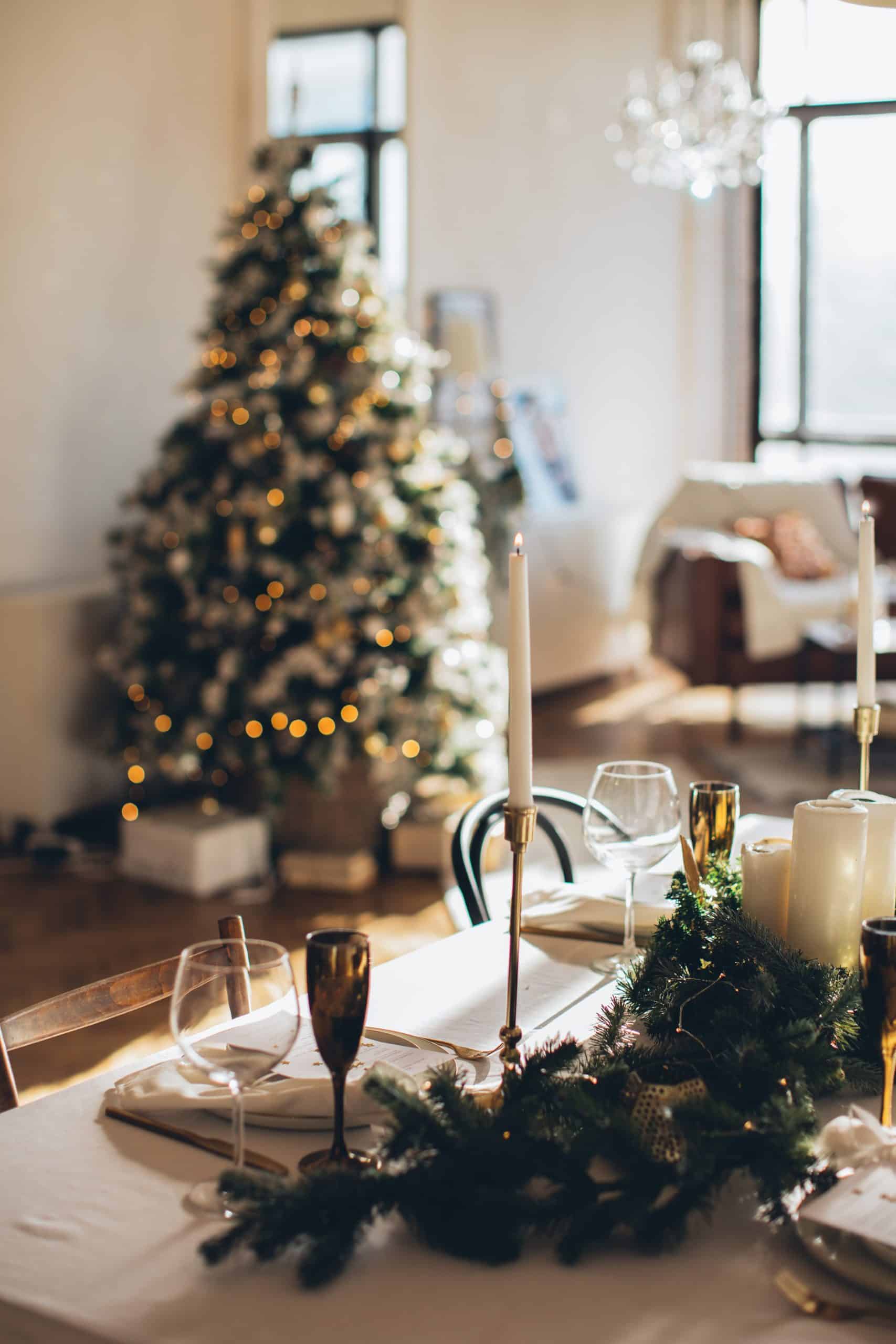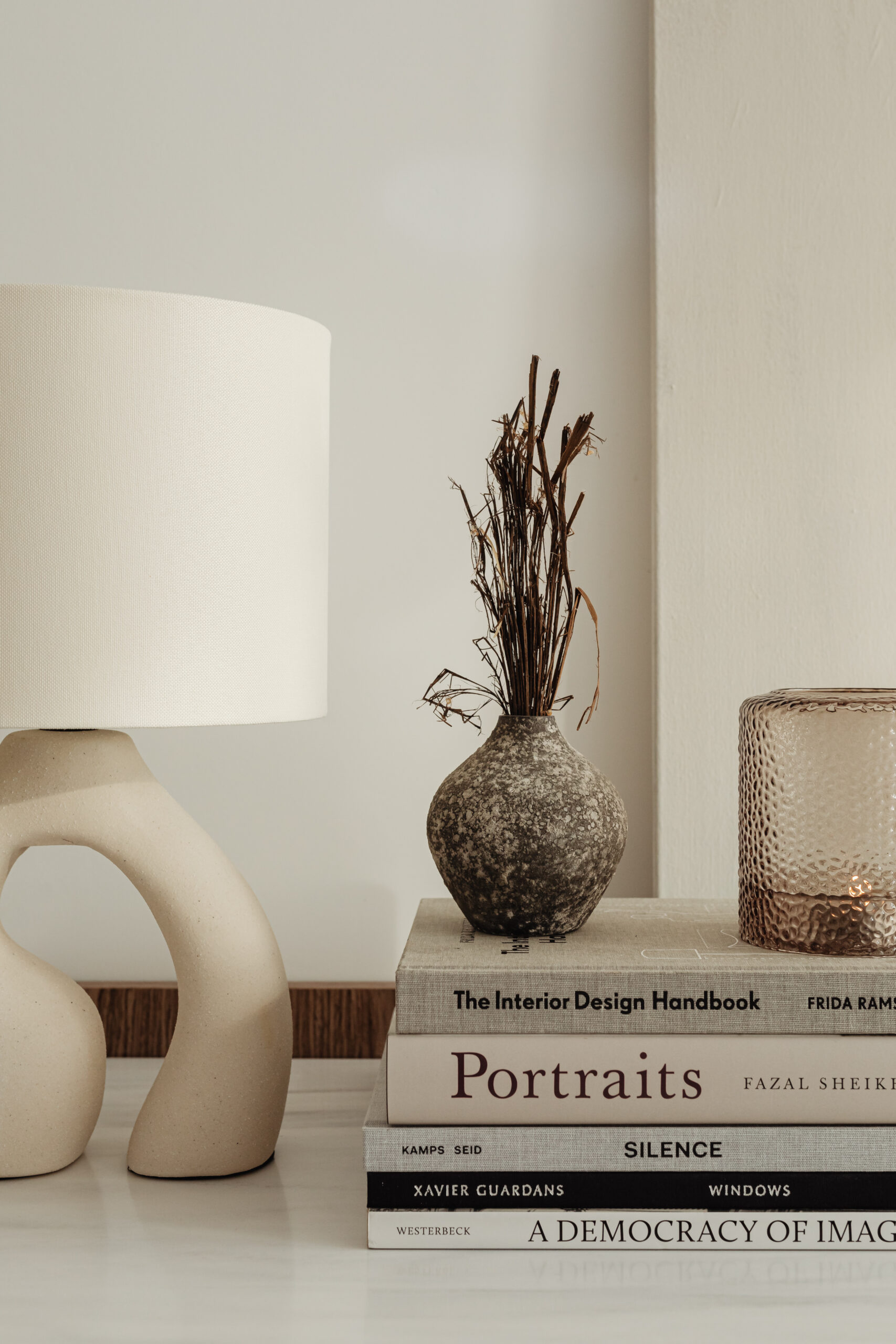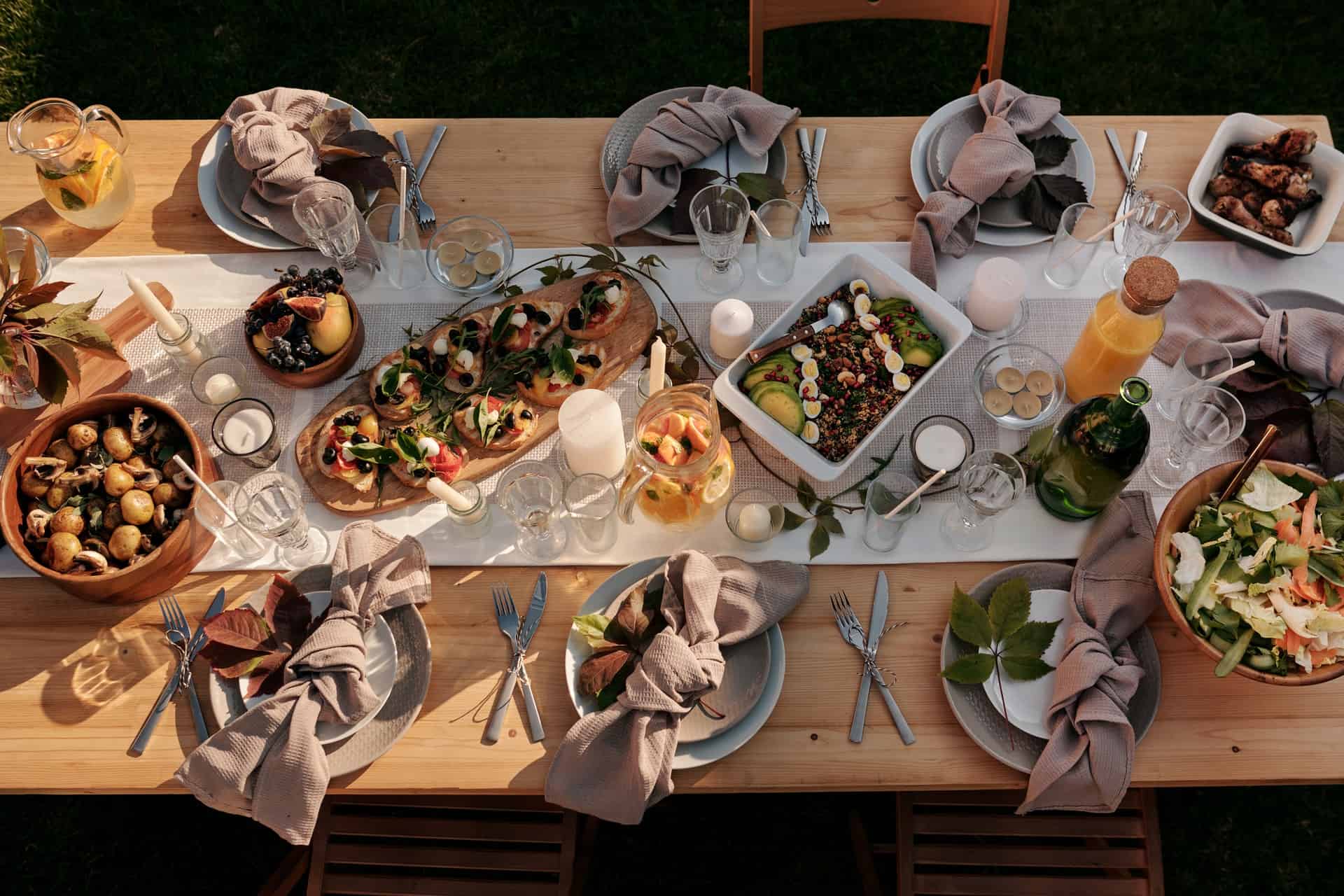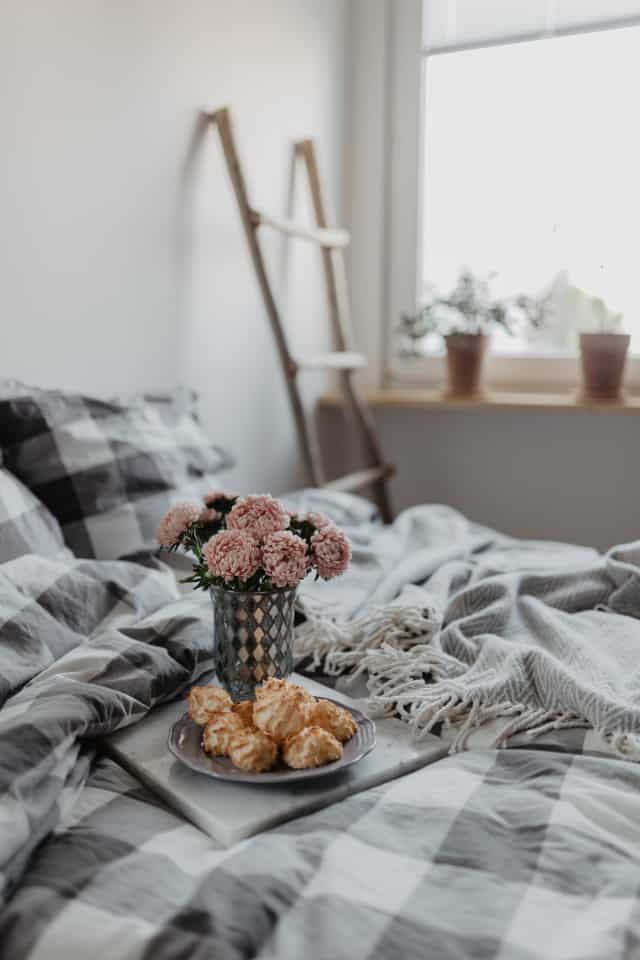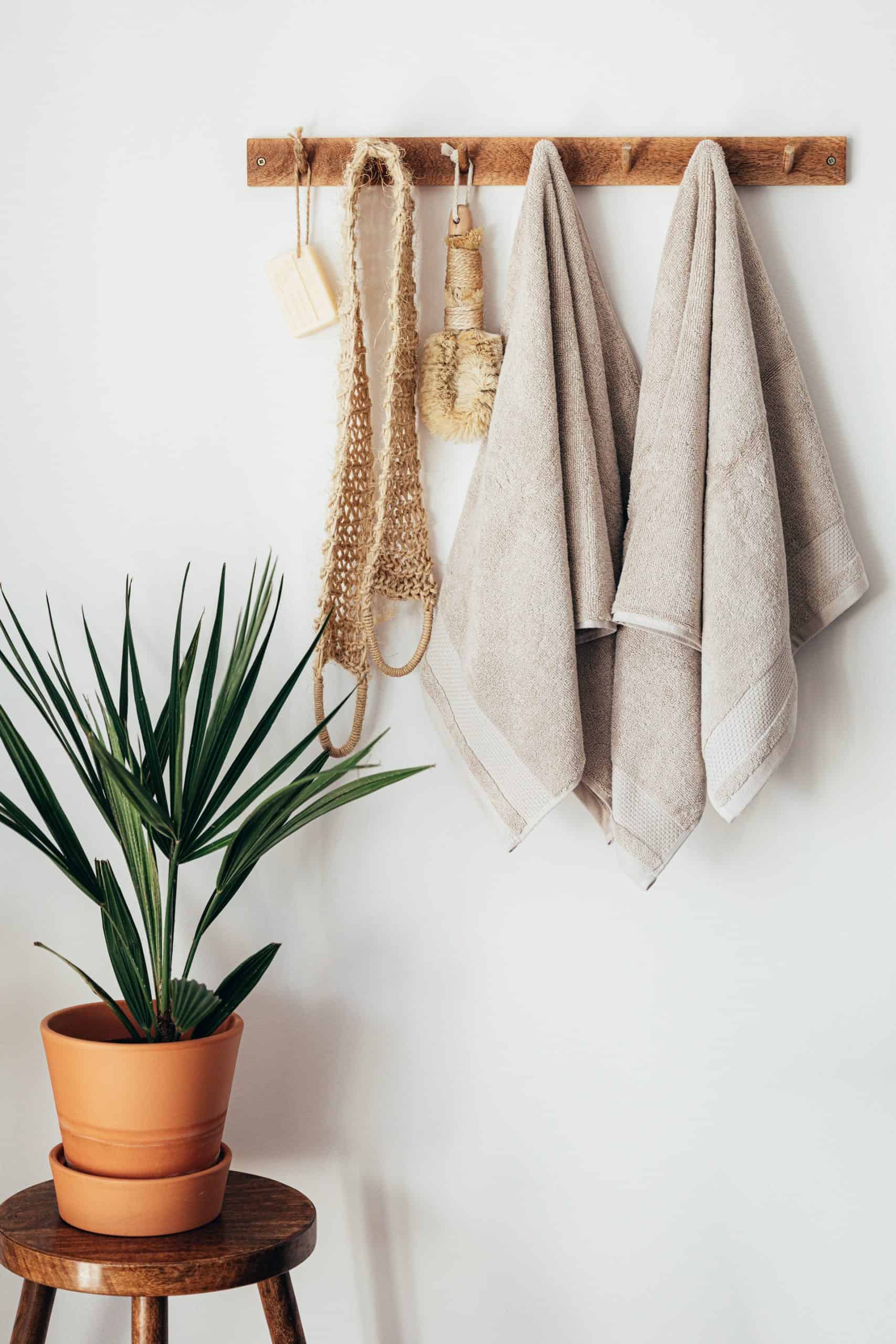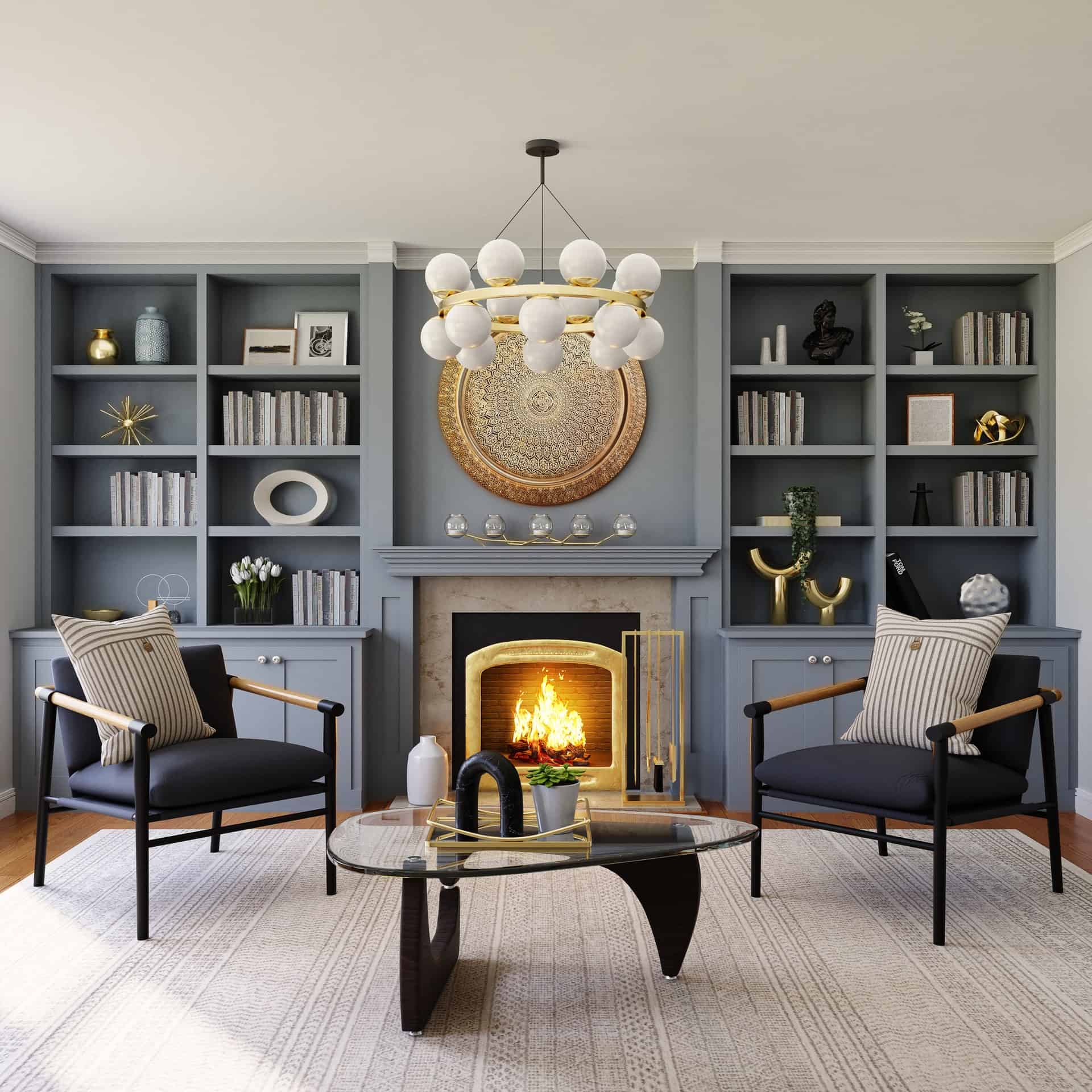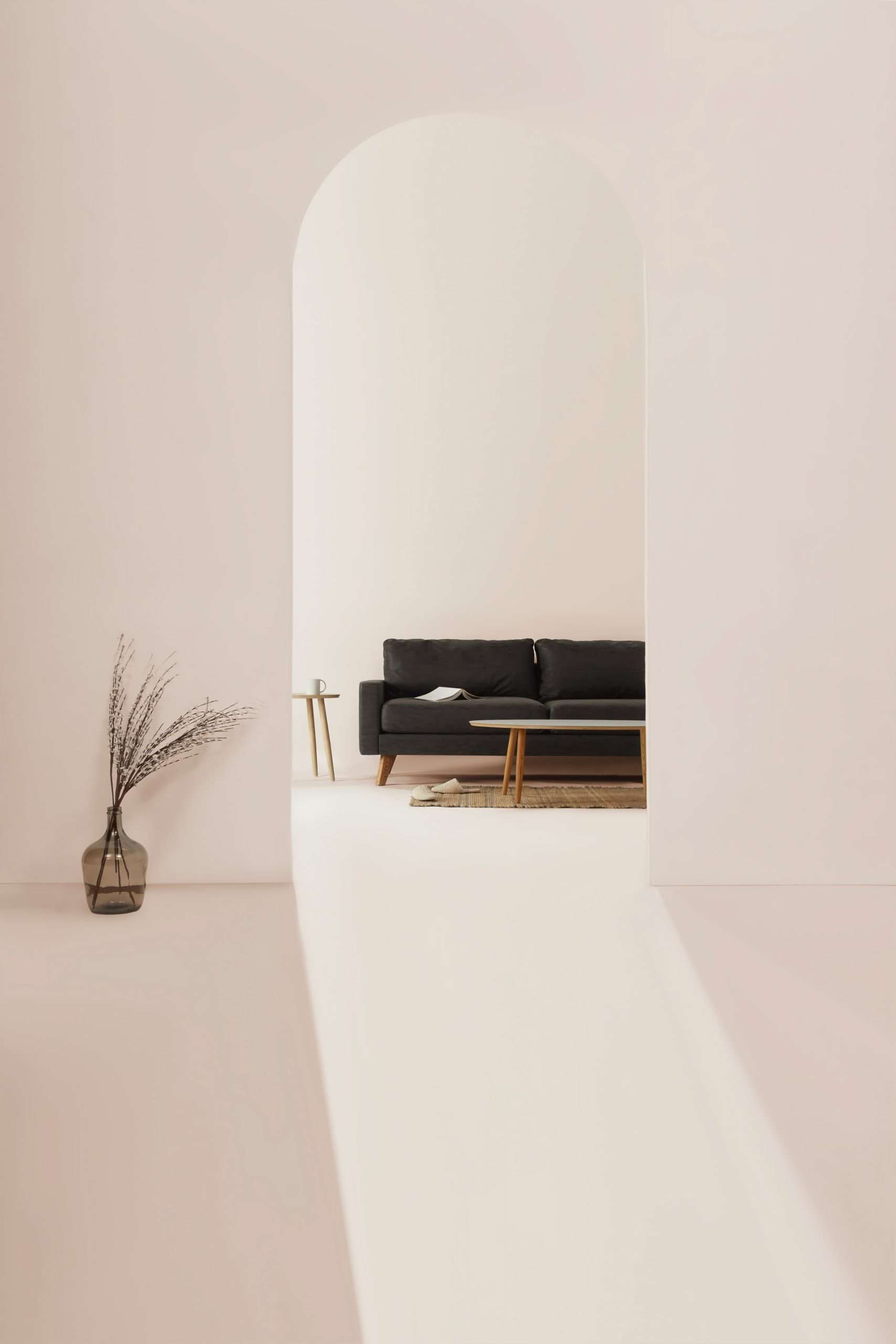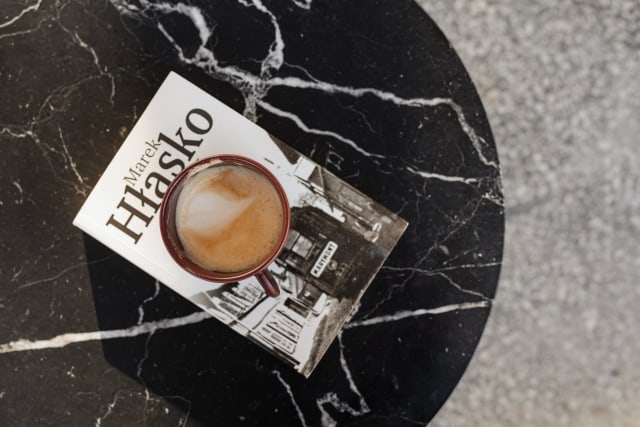You want to start thinking about your home’s interior design style more seriously but you’re not a designer and don’t know what style you like. First let’s learn what the names of interior design styles! We’ve compiled a list including the names of interior design styles currently on trend so you can get an idea of what you gravitate towards. This will help you plan out the design of your spaces at home.
Decorating your home can be a lot of fun, but it can also be challenging if you don’t know where to start. One of the first things you need to do is decide on an interior design style.
Some common interior design styles known by the masses are: Traditional, Contemporary, Scandinavian, Mid-Century Modern, Industrial, Modern and Minimalism to name a few. Interior design is a way of expressing yourself and your interior design style should reflect your personality. Therefore, when choosing an interior design style, be sure to explore the details that make each of these styles unique and attractive.
1.Midcentury Modern
2.Minimalist
3.Scandinavian
4.Industrial
5.Traditional
6.Modern
7.Contemporary
8.Transitional
9.Farmhouse
10.Eclectic
11. Organic Modern
12. Southwestern
13. Maximalist
14. Bohemian
15. Japandi
There are plenty of ways to figure out what your decorating style is. In fact, you can scroll through Pinterest and see what catches your eye. Or you can simply take a decorating style quiz that give you a series of questions that correspond to different home decor styles. The quiz results should give you some indication of your own style. An interior design style quiz would definitely help you get an idea of what you like. But first we’ll introduce you to a few names of interior design styles you’ve probably seen most often.
Top Interior Design Styles:
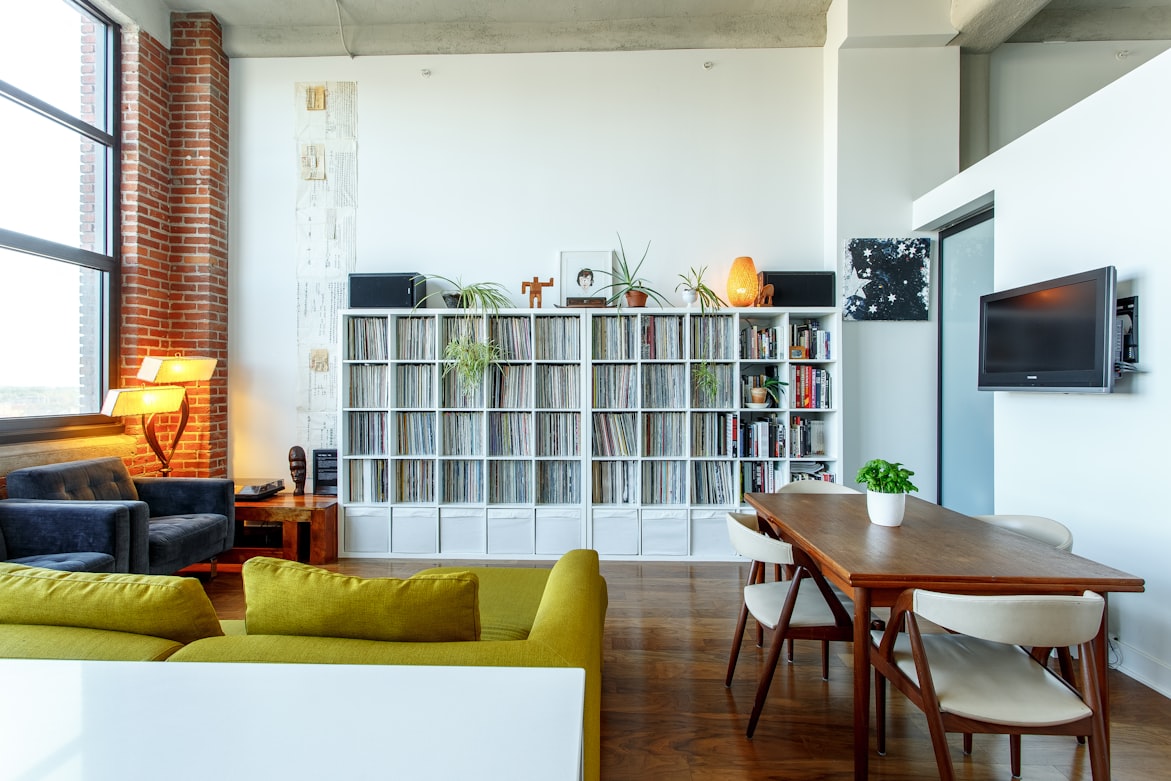
MIDCENTURY MODERN
MIDCENTURY MODERN: This popular interior style blends streamlined, clean design with natural elements. It’s often characterized by slim silhouettes on furniture and accessories. Midcentury modern is a great way to add a bit of vintage flair while still maintaining a contemporary look.
An interior design style obsession for the books, midcentury modern interior design continues to be one of the popular interior design styles. Quite the buzzword that it is, Midcentury Modern can be attributed to many interior elements. Some of those things are artwork, architectural details, furniture etc. With it’s origins coming from the mid-20th century, the design and style is a derivative of the 1950s and 1960s styles.
This particular style of interior design was meant to have a modern twist on classic designs from the past. Midcentury Modern design is also characterized by its clean lines, muted colors, and natural materials such as wood. An obvious focus on functionality, this popular style also takes note of forms.
These days midcentury modern offers more than just furniture and decor. It also has a major influence in the world of interior design. From wall treatments to home accessories, midcentury modern is all about that classic style with a modern twist. Furniture styles are often pretty distinct in their shapes too.
It’s an interesting balance between form and function that can be seen all over the world today. Whether it’s in a home, office, or even public spaces, Midcentury Modern design is still prevalent and highly sought after for its timelessness. With its popular appeal continuously growing, this style of interior design continues to be on trend. A design style once considered to be passé, is now very much back in and here to stay.
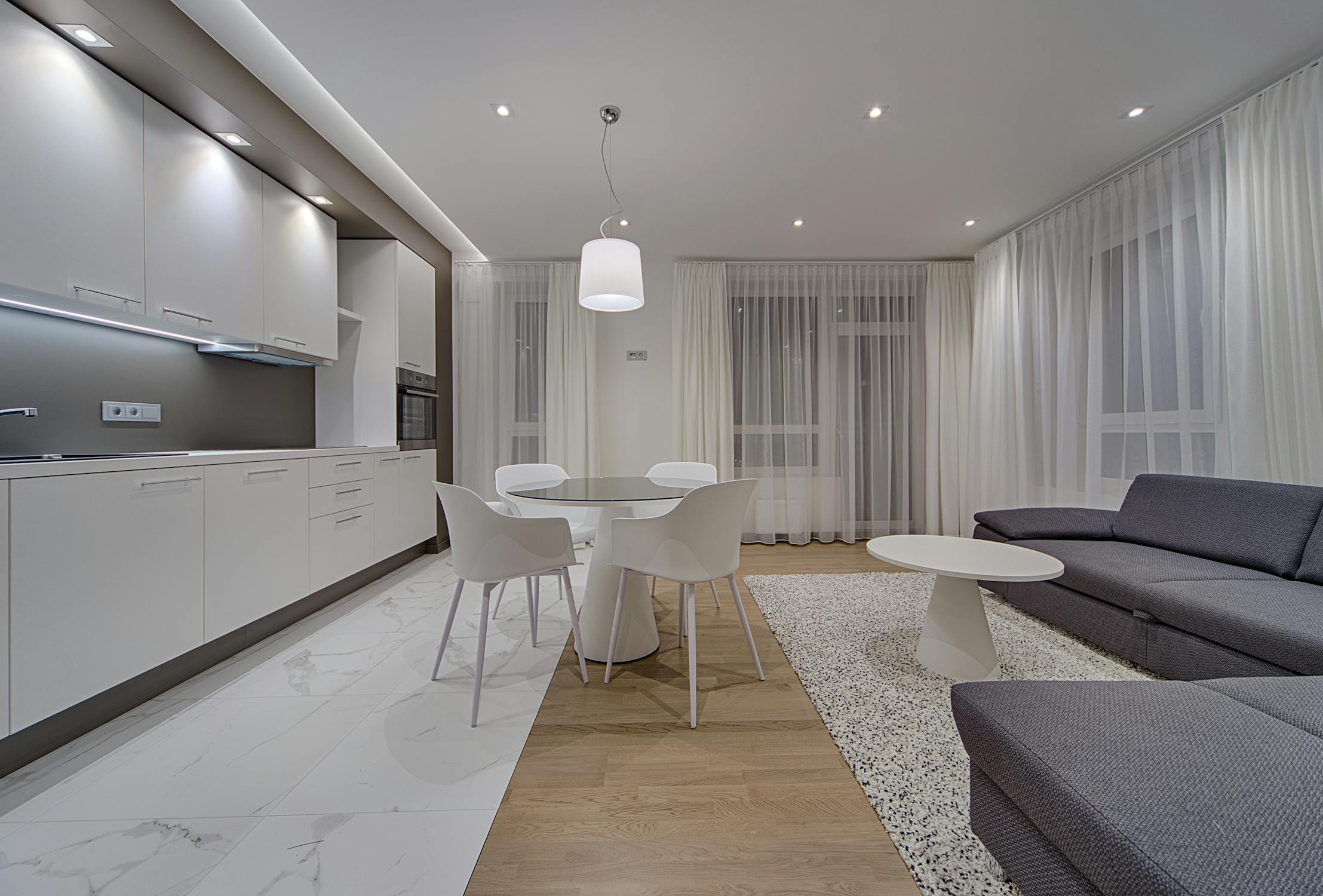
MINIMALIST
MINIMALIST: Minimalism is all about creating a clean, uncluttered space using only the necessary elements to create an overall look. This could be as simple as using muted colors and subtle textures on furniture and accessories.
The minimalist style consists of simple lines and shapes, neutral colors and minimal furnishings. This type of design creates a calming environment that can be very appealing to those looking for a sense of peace and tranquility in their home or office space.
The idea is to create an atmosphere that emphasizes simplicity while still being visually pleasing. The key to a successful minimalist interior is to add just enough detail and texture to keep the space from looking overly sterile. In recent years, variations of minimalist styles have been adapted too.
Types of minimalism styles that have been born are: feng shui minimalism, extreme minimalism, warm minimalism, or eco-minimalism, just to name a few. Warm minimalism, for example has become increasingly popular as more people are looking for ways to make their homes feel inviting and comfortable while still embracing the simplicity of minimalism. While an eco-minimalist design is all about creating a home that focuses on environmental friendly materials and products when possible.
Ultimately minimalism goes beyond the physical interior design aspects of a space, it incorporates an attitude towards life. It encourages us to take stock of what we have in our lives and make sure that everything we own serves a purpose or brings us joy.

SCANDINAVIAN
SCANDINAVIAN: ought to be one of the most influential design movements of the 20th century, Scandinavian interior design is known for its simplistic elegance. Characterized by an emphasis on natural materials and clean lines, this style originated in Nordic countries such as Norway, Denmark, Sweden, Iceland and Finland in 1950s-1960s period.
This style is all about keeping things minimal and tasteful. Clean lines and sparsely furnished rooms are the hallmarks of this look. It’s a style that focuses on creating airy, light-filled spaces with an uncluttered feel.
The color palettes usually consists of whites and neutrals along with some lighter shades of blues, greens, yellows, etc. Touches of wood, leather, fur and wool are common materials used in Scandinavian interiors.
Scandinavian style furniture pieces often feature a mix of modern lines along with natural textures to create an interesting balance between form and function. Furniture tends to be practical but still aesthetically pleasing—think understated sofas or minimalistic dining tables.
This style focuses on natural, warmth, function and simplicity and a general connectedness to nature. Colors are usually monochromatic and soft. Texture plays a huge roll in this style as well such as in the walls, rugs, fabrics and are often contrasting. Window treatments are usually kept bare or with lightweight and using natural material. And above all, natural light is prioritized. You’ll notice lots of natural elements such as birch wood furniture, or natural plants inside the home.
This design style is the result of an interior style born from function and form. The Scandinavian design sometimes referred to as Scandinavian minimalist is a definitely a favorite. If you haven’t had a chance, take a look at 6 HYGGE ELEMENTS THAT WILL ELEVATE YOUR SMALL LIVING SPACE for Scandinavian styles and design ideas. That article touches on hygge, a Danish interior style, which is quite similar to this Scandinavian.

INDUSTRIAL
INDUSTRIAL: industrial design style has been around for a while and it is really making its mark in modern interior design. Elements of industrial design are all about raw materials, exposed surfaces, and bright colors that make a space look both bold and stylish. This design style is characterized by an eclectic mix of metals, woods, concrete, and other industrial elements like pipes and valves.
The industrial interior design style is one that is readily recognizable. Marked by it’s open plan concept oftentimes and visible architectural details. You may find this interior style usually in open concept floorplans or lofts, converted warehouse homes, etc. Those details really make this interior design style what it is. Brick, concrete, metal, undone walls, wood beams and glass partitions are all elements that are commonly seen in industrial interiors.
Lighting plays a huge and important role in industrial interior design. It also is often cohesive to the architectural style of the space. Comparatively to Scandinavian design, there are similarities in the contrasting textures and finishes and creating some tension in a space. Those contrasting elements in other words, contribute to a softer more inviting home atmosphere. A good example of this would be a plush velvet couch near a brick wall, or sheepskin rugs on concrete floors.
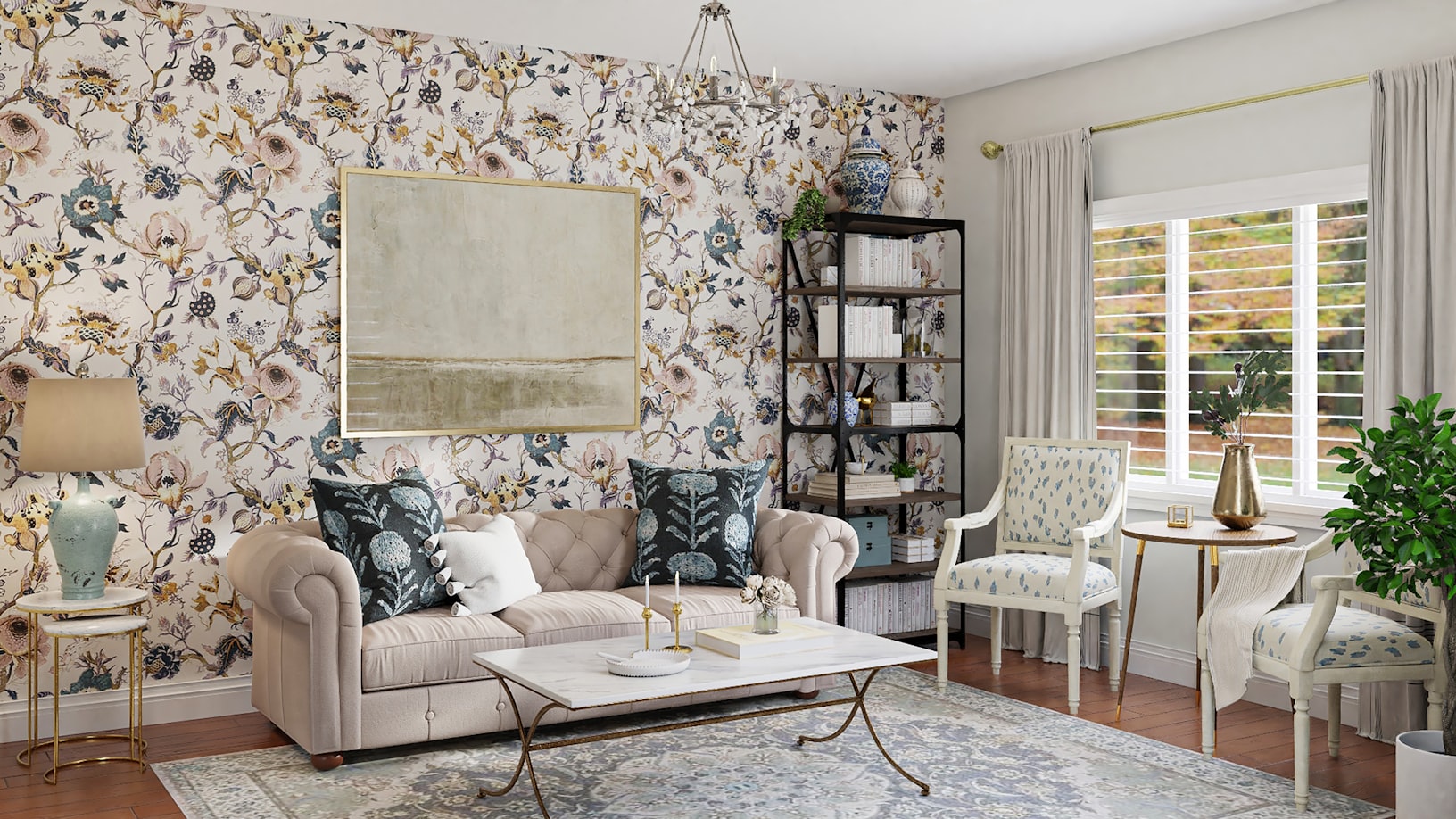
TRADITIONAL
TRADITIONAL: Traditional interior design is marked by elegant furnishings, comfort, and luxe details. This style of decorating often utilizes ornate or intricate architectural details such as high ceilings, detailed millwork, crown molding and carved stone fireplaces. Traditional interiors are filled with antique furniture pieces, lush fabrics and muted colors.
The traditional design style encompasses a wide range of periodic furnishings, which may be difficult to fully comprehend. Although the style is rooted in history, it is associated with classic American interior design. Traditional design emphasizes the placement and symmetry of furnishings. This involves arranging items in pairs, maintaining balanced layouts, and incorporating complementary elements. Florals, prints, and patterns remain popular features of this style.
Everything from the drapery to the furnishings maintained characteristics such as ordered layouts, things in pairs, complimentary and balancing elements. Florals, prints and patterns are still markings of traditional style.
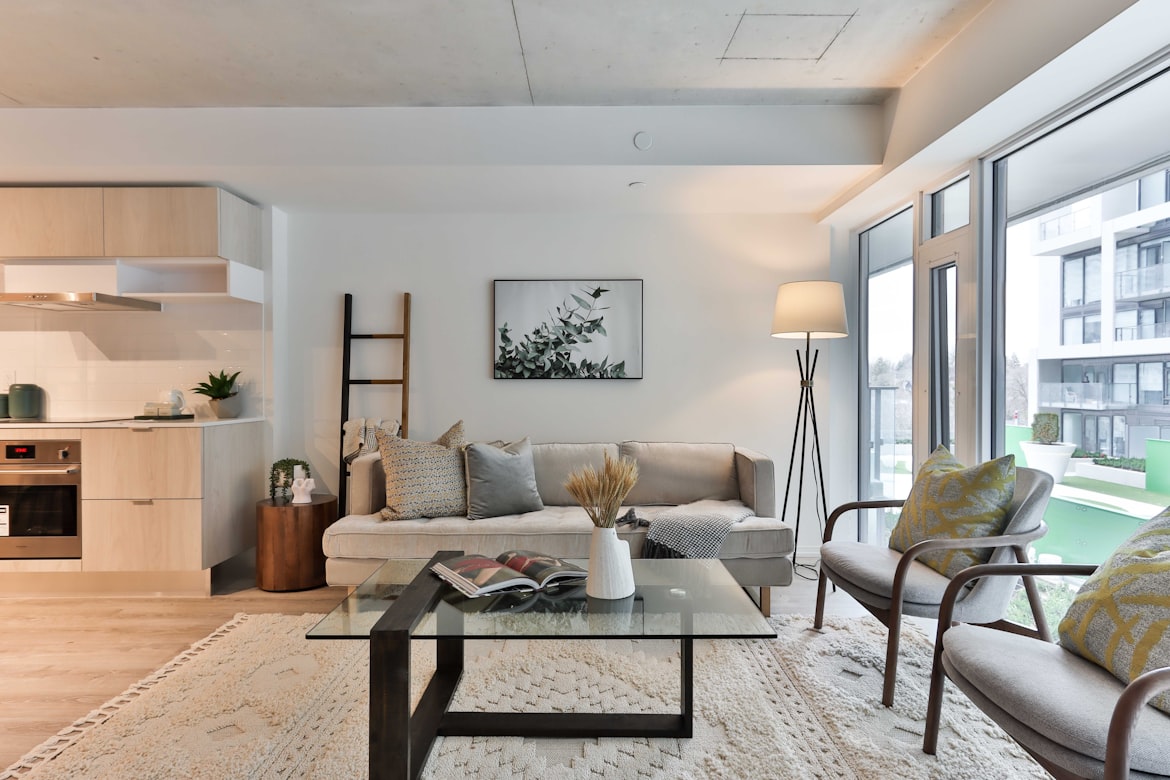
MODERN
MODERN: Modern interiors are characterized by clean lines, minimalistic elements and neutral colors. This design style strives for simplicity, highlighting the use of natural materials. While traditional furnishings adhere to specific eras and themes, modern interior design may draw from mid-century styles or feature more abstract designs that focus on comfort rather than ornamentation.
Modern design is frequently confused with contemporary design, but it has its own distinct characteristics. It is associated with a particular design movement for one modern style is considered to be more of a blank canvas and most often includes organic elements such as natural woods, leathers, cottons, and metals.
Furniture pieces have clean lines with minimal ornamentation and are often created using natural materials. The colors used in modern interior design are typically neutral or muted. Variations of whites and grays modern interior design style is often associated with a sense of openness and clean lines.
The main focus of modern interior designs is simplicity. Organic materials are usually utilized when it comes to creating a modern look. Often characterized by it’s functionality and simplicity, modern interior design is all about a space that is unencumbered.
There are many subcategories to modern interior design these days such as: organic modern, desert modern, urban modern interior design or even modern bohemian interior design. However, the modern interior design characteristics typically focuses on structural details, natural lighting, natural woods, overall clean and simple aesthetic.

CONTEMPORARY
CONTEMPORARY: this interior design style focuses on currentness and creating a free-flowing space. Furniture pieces are often clean-lined and symmetrical, with no extra ornamentation or detail. Open living spaces and natural light, with an emphasis on materials such as metal, glass, concrete, and organic woods. The colors used in contemporary typically neutral, such as white or gray, with accent colors used to provide a splash of personality.
With its focus on clean lines, minimalistic elements and neutral colors, it is clear why many people have chosen to incorporate this aesthetic into their homes. Contemporary interior design works best in a modern living space with open floor plans and high ceilings. The common elements of this style include metal fixtures and bright, white walls.
Contemporary design often features furniture pieces with sleek lines and modern materials such as chrome and glass. Accessories like artwork, pillows, and rugs are used sparingly to maintain a clean-cut look. Furnishings may also be arranged in an asymmetrical pattern to create visual interest. The overall goal is to achieve harmony wonder that contemporary design style has become quite popular over the years.
There’s no specific time period for this next category making it’s interior design features ever expanding. This interior design style is constantly evolving and constantly adjusting to what’s happening now. It allows for the most freedom where interior design is concerned. Homes with this interior style are quite sleek and sophisticated. Furniture pieces often make simple but bold statements. Lighting fixtures are also statement pieces in these homes as well sculptural pieces and large artworks.
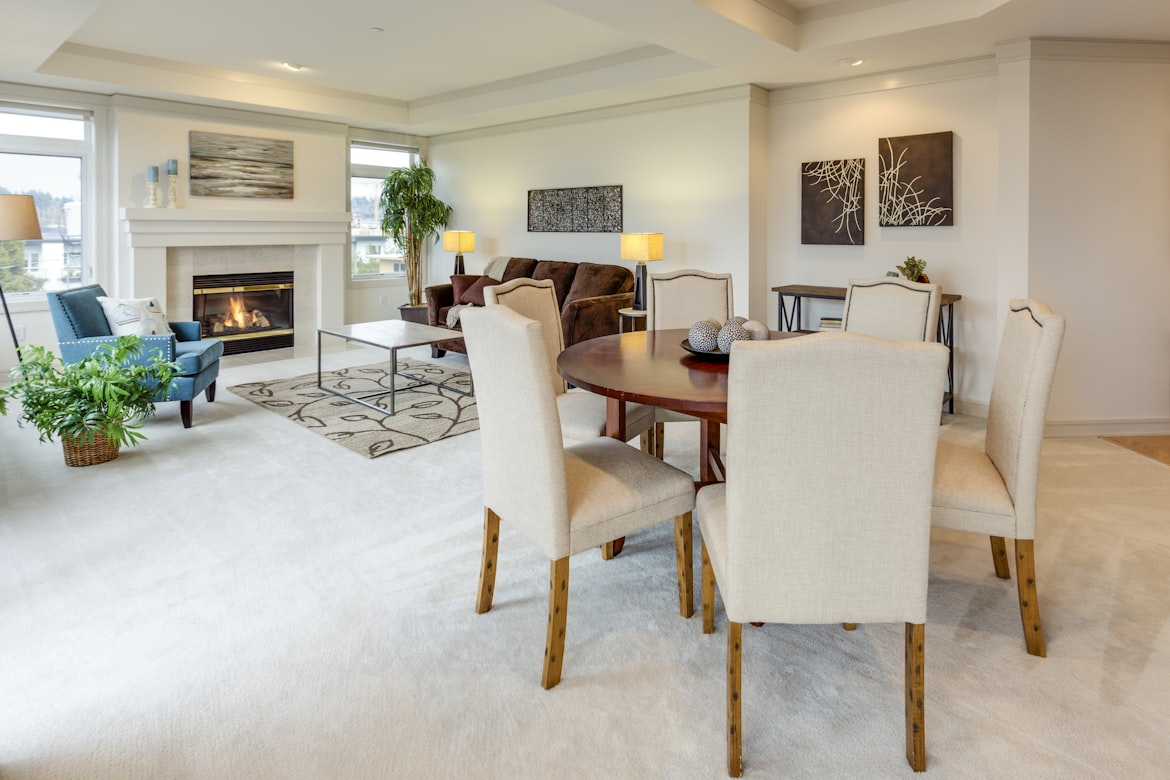
TRANSITIONAL
TRANSITIONAL: Transitional interior design style combines both traditional and modern influences to create a timeless, somewhat eclectic look. This style is all about balance and blending different elements together. This style of interior design bridges the gap between traditional and modern interiors, creating a look that is sophisticated and timeless.
Transitional interior design is just that transitional. It’s a cross between traditional and modern. In this particular interior style it’s safe to assume there are traditional elements with modern day comforts. In a transitional style home, you will often see a mixture of textures and colors in this interior style.
Transitional homes are typically decorated in a neutral color palette. This means you will see a lot of earth tones, whites, and different shades of cream. With that being said, transitional design is not afraid to incorporate pops of color. These can be found in accent walls, artworks, or rugs and throw blankets.
Even so, these textures and colors are kept to a minimum and usually exist in a generally neutral environment. In a transitional styled home you’ll often find fabrics include corduroy, leather, cotton, linen, silk etc. Transitional style also includes the use of natural materials, such as wood, stone, and tile. Furniture pieces usually have a straight line silhouette with soft curves. Accessories in this style are often used sparingly.

FARMHOUSE
FARMHOUSE: This interior design style is a combination of traditional elements with modern comforts. This style incorporates natural materials, distressed wood finishes and muted colors to create a warm and inviting atmosphere that is both rustic and homey.
Common furnishings for farmhouse style interiors include sofas, chairs, tables and benches made from wooden or wrought iron frames. Modern farmhouse home accessories like wicker baskets, jute rugs, mason jars and vintage decorations can be found throughout the home.
Aesthetically, this rustic style is often marked by its use of natural light and rustic decor. Furniture pieces in a farmhouse design typically include distressed finishes or unfinished woods for added character. The goal of this for the past” style is to create a relaxed, welcoming atmosphere that pays homage to its traditional roots.
Comparatively, this interior design style really plays up both rural and rustic elements. Equally charming are the architectural details that compliment the interior aesthetic. Cozy and including some definite modern elements, comfort and style are at the forefront. In the farmhouse interior style we see lots of natural woods incorporated into the space. In addition to that, we also see a mix and match of furniture.
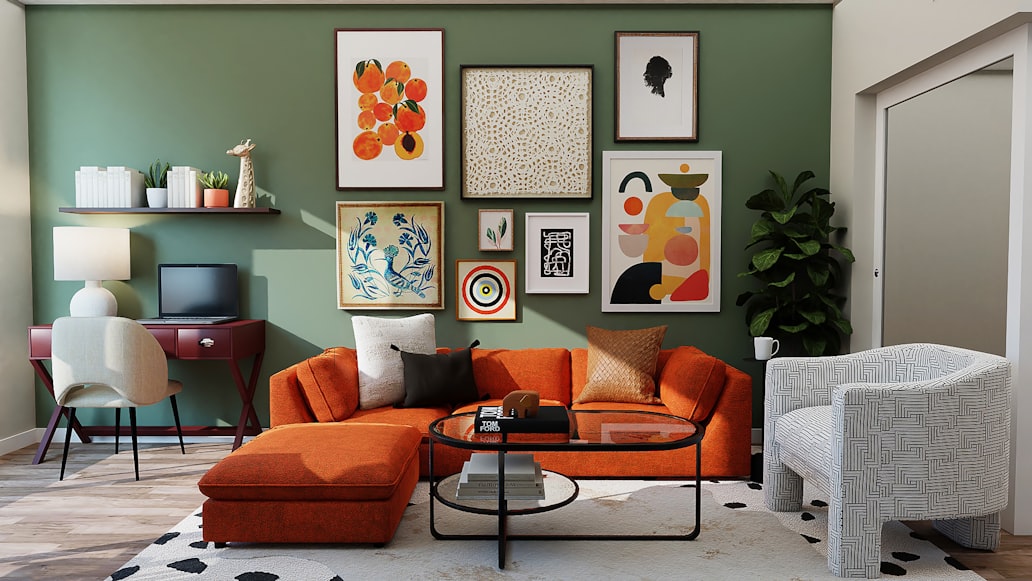
ECLECTIC
ECLECTIC: This interior design style celebrates mix and matching. The eclectic design style is all about creating something unique and special. This style can be described as a mash-up of colors, patterns, textures and materials.
Eclectic style interiors are characterized by their unconventionality, unique way of styling, unexpected combinations and anything goes attitude. This interior style takes inspiration from all different periods in design of colors, the eclectic interior style is known for its vibrant and energetic color palette.
This look typically involves a color scheme that includes bright colors such as yellow, orange, pink and blue. You’ll also find both rich colors and bold colors in accent pieces as well as home furnishings. As for patterns, eclectics often incorporate bold patterns and prints, unique motifs and geometric shapes into their design.
This style is all about creating an atmosphere that feels warm and inviting, so don’t be afraid to layer different textures. Eclectic interiors often feature interesting materials such as velvet, fur, wicker and rattan.
Despite its seemingly random and unplanned appearance, there is actually intentionality in its design. With this type of design, there needs to be cohesion and balance. To make this style work, one must understand the principles of color theory, texture, proportion and scale to create an effortless yet cohesive interior. The key to the eclectic look is to keep it aesthetically pleasing.
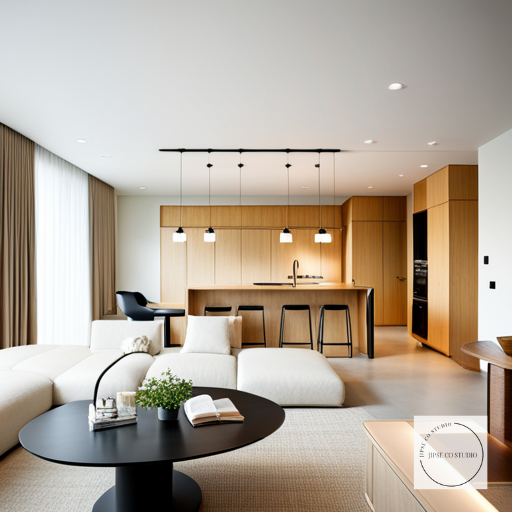
Designed by Jipsē Co Studio designer Sara K.
Organic Modern
ORGANIC MODERN: Organic modern decor and interior design is a style of decor that focuses on bringing natural and organic elements into the home to create a clean, minimalist aesthetic. This style emphasizes simplicity, functionality, and sustainability by incorporating raw materials such as plants, wood, stone, and glass into your home decor.
The Organic Modern style uses eco-friendly materials and colors inspired by nature, combined with a simple and contemporary design, to produce a cozy and sophisticated environment.The design features a blend of contemporary styles characterized by clean white finishes and straight lines, along with natural shapes, materials, and muted tones.
Organic modern also lends itself well to using neutral tones in order to create a calming and serene atmosphere in your home. This interior design style is the perfect blend of natural elements and modern, clean lines which creates a unique look that stands out yet still feels comfortable and inviting. Organic interior design is particularly popular among millennials due to its connection with nature and minimalist aesthetic, however, it works well for any homeowner looking to create a tranquil environment in their home.
A modern organic living room may feature natural wood flooring, a plush white shaggy rug, and a light gray sofa with geometric throw pillows. An organic modern kitchen may incorporate natural wood cabinets, stone countertops, and white subway tile. Interior design natural elements such as plants, knick-knacks, and other organic features can be added to any room to complete the look.
Hopefully learning the names of these different interior design styles and the various style elements will help guide you towards finding your own personal style! Of course there are far more interior design styles than just these ten such as japanese design, coastal design, bohemian design and many other sub categories that we’ll definitely go over on future posts. If you liked this article then follow for more!

Designed by Jipsē Co Studio designer Sara K.
SOUTHWESTERN
SOUTHWESTERN: Southwestern interior design is a style of decorating that combines the rustic charm of Spanish colonial architecture with a modern and contemporary aesthetic. The style is characterized by its use of natural materials, warm hues, and geometric patterns. The overall look of this style is one of relaxed elegance that celebrates the desert landscape found in countries like Mexico, Arizona, and California.
Modern southwest decor often features warm, earthy colors like terracotta, turquoise, and sage green paired with furniture made from natural materials like wood and stone. Accessories in a southwest style can include woven baskets, pottery, rugs, and artwork with Native American influences. Southwestern home decor often features unique wood furniture pieces, such as rustic coffee tables and armoires.
Southwestern style is perfect for anyone looking to create a cozy, vibrant home that celebrates the desert and the culture of the southwest. Whether you live in an arid climate or simply appreciate the beauty of the southwest, you can bring this style into your home.
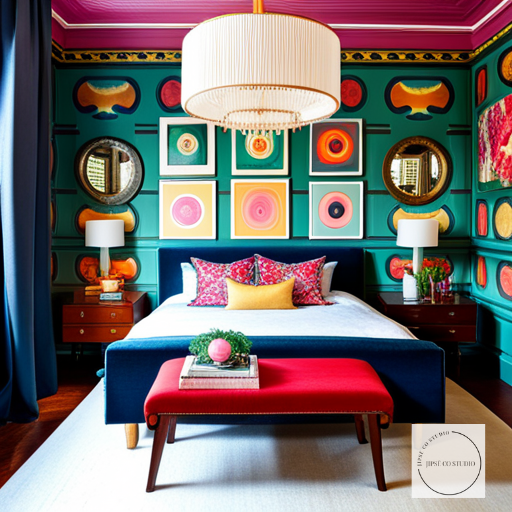
Designed by Jipsē Co Studio designer Sara K.
MAXIMALIST
MAXIMALIST: Maximalist interior design is a style that embraces bold color, patterns and textures all in the same space. It is characterized by opulent and luxurious materials and furniture, as well as an abundance of accessories. It is eclectic in nature, mixing different styles together creating a dynamic and lively atmosphere.
The key to maximalist design is creating balanced and harmonious spaces that are still highly impactful and visually pleasing. Maximalist interiors are often layered, with bold colors and patterns mixed to create a unique and inviting atmosphere.
While visually this design style seems similar to bohemian and eclectic designs, the difference lies in its purpose – maximalist interior design expresses a certain confidence and wealth within the composition. Maximalist designs are often seen as over-the-top and dramatic, but they can still be tasteful if done right. To achieve this look, combine several different styles, such as modern pieces with vintage items or rustic décor with contemporary elements.
Maximalist decor is all about self-expression and making a statement. The addition of art, sculptures, or statement pieces can also add depth and character to the room. In fact depth and drama is easy to achieve with moody maximalism , as you take an even more daring approach to this style.
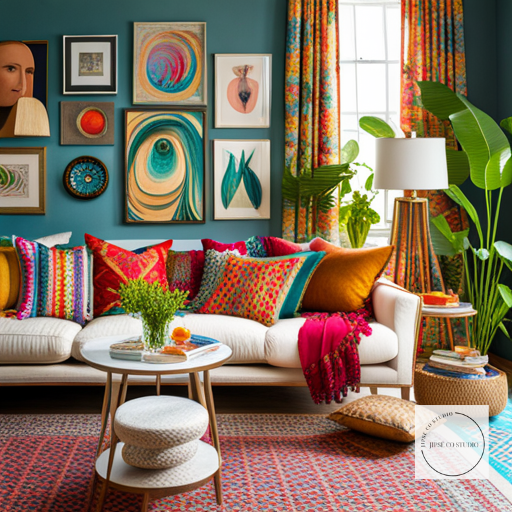
Designed by Jipsē Co Studio designer Sara K.
BOHEMIAN
BOHEMIAN: Bohemian interior design is a popular style that embraces free-spirited, eclectic vibes. It features pieces from around the world, vintage finds, and bold colors. It often includes natural materials such as jute rugs, rattan furniture, and stone accents.
A bohemian interior design style can be achieved with layers of textiles, items found around the house, wall hangings, and vintage furniture. To get the look, mix and match patterns for a playful yet sophisticated style. Bold colors are used to bring life into a space, while still achieving balance. For example bohemian art and bohemian area rugs can be used to bring a dynamic mix of shapes and colors into a space.
Bohemian interior design is all about celebrating beauty in its simplest form. It is a style that doesn’t take itself too seriously and encourages creativity and personal expression. A bohemian bedroom for example can be decorated with a mix of old and new items, natural materials, and vintage furniture. In a bohemian interior design, the possibilities are endless!
Bohemian interior design is similar to both eclectic and maximalist designs in the sense that it embraces a mix of different styles, textures, and colors. It is all about breaking away from traditional design conventions and creating something entirely unique to the individual’s taste and style.
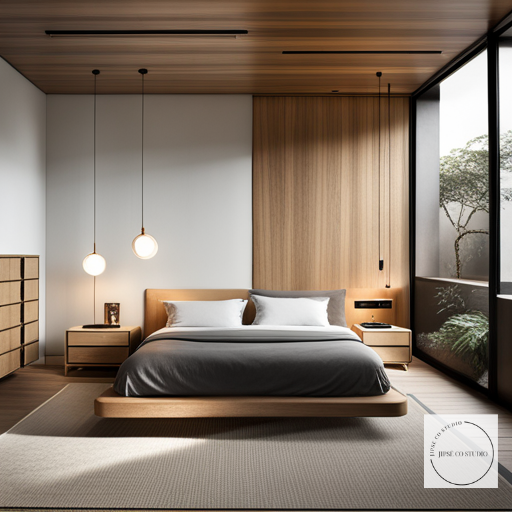
Designed by Jipsē Co Studio designer Sara K.
JAPANDI
JAPANDI: Japandi interior design is a stunning hybrid style that combines the best of Japanese and Scandinavian decor. This style focuses on creating a harmonious and tranquil atmosphere that is both functional and aesthetically pleasing.
Japandi interior design relies heavily on natural elements such as light woods, uncluttered designs, and neutral colors. This style is all about finding balance through the use of minimalism and simplicity. It also embraces natural materials such as bamboo, rattan, wool, and cotton to create a warm, inviting space.
In a japandi living room, you may find a mix of low-slung furniture with plenty of natural light, warm wood accents, and neutral colors. Accessories are kept to a minimum and focus on items like plants and art that add unique texture and personality to the space. A japandi bedroom, may feature calming colors like sage greens and slate blues as well as minimal furniture.
-
The Rise of Rich Browns in 2024 Interior Design Trends
In the realm of interior design, the pendulum of color trends is always swinging. For 2024, it firmly lands in the warm and inviting sphere…
-
Entering the Cozy Era: Moody Colors for Small Spaces
Are you someone who loves to stay ahead of the curve in home décor trends? If so, this is the moment you’ve been waiting for…
-
9 Design Trends That You’ll Love In 2024: A Closer Look
The world of design is an ever-evolving landscape, with new trends constantly emerging. As we approach the year 2024, it’s important to take a closer…
-
Cozy Dinner Ideas For Holiday Gatherings
Forget about having to limit your social life this season just because you have a small home! Today I’m sharing some cozy dinner ideas and…
-
7 Midcentury Modern Chairs from Amazon
One of the key characteristics of mid-century modern design is its versatility. Its clean, simple lines and functional approach can elevate any space. Whether it’s…
-
Warm Autumn Colors To Cozy Up Your Home This Fall!
So autumn is officially here and it’s time to cozy up your home for the fall with some warm autumn colors! And while there are…
-
The Power of Functional Interior Design
Functional interior design is incredibly important in smaller living spaces as it can help to maximize the use of limited square footage. Designing with a…
-
Embracing Fall Home Decor Trends for 2023
Fall is arguably the most beautiful season, with leaves changing color, crisp air, and a cozy feeling that’s hard to resist. It’s also a great…
-
Effortlessly Chic: Mastering Parisian Modern Style In Your Home
If you’re looking to add a touch of Parisian modern chic to your home, look no further! Uncover the art of effortlessly embodying the chic…
-
16 TIPS TO REDUCE ANXIETY IN SMALL LIVING SPACES
Living in small living spaces can be cozy and convenient, but it can also present challenges that take a toll on your mental health. Whether…
-
Elevate Your Home Decor with the Best of Zara Furniture Summer 2023
As far as home furnishing shops online, Zara furniture can be described as stylish, contemporary, and of high quality. The brand offers a wide range…
-
Dark Accent Wall: Create Depth and Drama To Small Spaces
Looking to transform your small home into a cozy sanctuary with a touch of drama? Consider the power of a dark accent wall. While light…
-
Small Kitchen Ideas on a Budget:
If you’re working with a limited budget, there’s no need to compromise on style and functionality when it comes to your small kitchen. With some…
-
Your Guide To Coastal Interiors
When it comes to creating a serene and inviting space, beachy aesthetics and coastal interiors are all the rage this summer in interior design. Coastal…
-
Embracing Minimalist Furniture:
In the fast-paced world we live in, there’s a growing appreciation for simplicity and minimalism in interior design. Minimalist furniture continues to play a crucial…
-
Creating a Minimalist Aesthetic in Your Home
Are you looking to decorate your home with a minimalist aesthetic? Minimalism is an increasingly popular interior style that focuses on simplicity and functionality in…
-
Bring Your Small Space Dreams to Life with 3D Room Design!
Want to elevate your small living space, but don’t know where to start? Let’s do it together! I’m now offering small space dwellers the ability…
-
8 Space Planning Tips for Moving into a Smaller Living Space
Moving into an apartment and smaller living space can be a daunting task. But with the right space planning tips it doesn’t have to be!
-
6 Functional Ways To Divide A Room Or Studio Apartment
There are a lot of ways to divide a room or a living space in a studio apartment, more functional ways in fact! Outside permanent…
-
9 Types Of Candles That Double As Decor
When it comes to candles, there are numerous types of candles available on the market. So I’m going to share the different types that double…
-
7 Ways To Utilize Biophilic Designs In Interior Spaces
Biophilic design is an innovative approach to creating healthier, more enjoyable living spaces through the use of natural elements.
-
Colorful Minimalism Is Trending And Here’s Why
We’ve all seen the various types minimalism that exist in interior design. From the stark white walls and modern lines of Scandinavian minimalism, to the…
-
Why We’re Saying Bye To Beige And Hello To Colorful Home Decor
This Spring, we’re obsessing over colorful interiors and the best color trends 2023 has to offer. And the latest colorful home decor trends are all about…
-
8 Ways Scandi Design Masters The Use of Color In The Home
Looking to add more personality and color to your home? Consider Scandinavian interior design as a guide to color. With well-placed accents and pops of…
-
24 Functional Storage Ideas For Small Bedrooms On A Budget
If you’re a young home decorator in search of small bedroom storage ideas on a budget- then you’ve come to the right place! Read on…
-
15 Top Names of Interior Design Styles
You want to start thinking about your home’s interior design style more seriously but you’re not a designer and don’t know what style you like.…
-
5 Amazing Small Space Accent Wall Ideas
There are plenty of ways to make a statement in even the smallest of spaces. Creating an accent wall in a small room or space…
-
How To Create Separation In A Studio Apartment
If you’ve opted to live in a studio apartment, then you may be interested in some ideas on how to separate living spaces. Or it might…
-
10 Dreamy Apartment Balcony Garden Ideas
If you’re an urban dweller with limited outdoor space, you don’t have to miss out on the joys of nature. With a little creativity and…
-
10 Ideas For A Small Home Library
Small home libraries are some of my favorite spaces to see designed by any interior designer and home decorators. Book display design can add so…
-
Perfect Your Balcony Garden This Spring
It’s that time of the year when the birds are singing and the flowers are blooming. What better time to add some life to your…
-
10 Best Seats for Small Spaces
When it comes to finding interior worthy seats for small spaces, there are plenty of options to choose from.
-
Make Your Own Chic DIY Bedside Table
Looking to add a touch of style and sophistication to your bedroom while also saving some money? Look no further than making your own chic…
-
Luxury Home Items That Are Actually Affordable
Do you ever wonder how you can make your home look more expensive than it is? Well today I’m sharing some home items and home…
-
Design a Luxurious Small Bedroom
Designing a luxurious small bedroom can seem like a real challenging and expensive task. But, it’s not impossible! In fact, there are many ways you…
-
ELEVATE YOUR SPACE: My Guide + Workbook Available Now
If you’re like most people, you probably dream of having a spacious home with plenty of room to grow. But the reality is that many…
-
13 Room Divider Ideas For Studio Apartments
When you live in a studio apartment the lack of square footage can be challenging. Between trying to figure out how to make it look…
-
The Bold But Timeless Squiggle Lamp
Designer Oscar Piccolo is bringing bold aesthetics and timeless design sensibilities to modern interior enthusiasts with his awe-inspiring squiggle lamp.
-
16 Stylish Small Table Lamps
When it comes to small table lamps, there are a lot of different options to choose from. You can go with something classic and traditional,…
-
22 Ways To Make Your Home Smell Amazing
There are a myriad of ways to make your home smell amazing. From your choice of home fragrance to creating your own fragrances, your house…
-
The Candle Warmer Lamp Trend Is Putting A Spark In Home Decor
If you’re like many people, you may have noticed the candle warmer lamp trend popping up all over social media lately. And you may be…
-
From Self Care At Home Rituals To A Home Fragrance Business
For many, home is a refuge away from the pressures of everyday life, a place to relax and unwind. However, taking genuine time to ourselves…
-
14 Genius Tips For Small Spaces
Today we’re looking at all of our best decorating tips and tricks to help elevate small spaces in your home. Here at Jipsē Co Studio, we’re big believers in small space,…
-
60 Ways To Declutter Your Home
Do you feel like your home is cluttered and crammed? You’re not alone! Many of us struggle to keep our homes tidy and organized, especially…
-
New Luxe Homewares At Zara Home
If you’re looking for some luxe homewares to take your home to another level, then you’ll definitely want to check out Zara Home right now.…
-
Brilliant DIY Projects and Hacks For The Home
If there’s one thing the home decor community loves the most, it’s DIY home hacks. Projects for home decor and home improvement are trending and…
-
10 Elements of Interior Design That Go Against The Norm
In design, like in life, expression can be a form of rebellion. And in interior design, rebellion may be design and home furnishing choices that…
-
Minimalist Room Dividers That Are Super Chic
When you live in a small home like a studio apartment, it can be hard to distinguish areas for work, sleep, and unwinding. So installing…
-
Elevated Homewares To Keep Your Eye On
Are you looking to evolve your home decor situation in the new year? Well if that’s your goal then lucky for you today I’m sharing…
-
Transform Your Small Kitchen into Something Extra Special
Do you need some inspiration to transform your small kitchen from drab to fab? Look no further-we have four clever tips to help freshen up…
-
The Chrome Finish Is Back And It’s Sleeker Than Ever
Do you feel like your home is starting to look a bit stale and uninspiring? Well, it’s time to give it some extra flair! By…
-
8 New Year’s Resolutions That Will Keep You Loving Your Home
The New Year is a time for reflection, new beginnings, but also a time for elevating our current situations to another tier. This includes our…
-
3 Stunning Interior Design Trends Here To Stay in 2023
I always love to see just what interior design trends are on the rise for the new year! Today I want to share a few…
-
12 Small Space Decorating Mistakes To Leave In 2022
We’re halfway through December and I thought I’d share some common small space decorating mistakes and design dilemmas that you definitely don’t want to take…
-
Amazing Home Decor Gift Items Under $50
Last week I shared some of my favorite home decor gift items under $25 from a popular online retailer. This week I’m sharing some more…
-
Chic Home Decor Gift Ideas Under $25!
Shop our favorite decor gift items for any occasion! Whether you’re looking for Christmas home decor or general home decor gifts for the holiday season,…
-
13 Best Tips For Small Living Room Layouts
If there’s one thing that I’ve learned about living in small spaces over the years, it’s that there’s got to be any easy flow happening…
-
9 Amazon Home Finds That Will Elevate Your Space
If you’re looking for an affordable way to elevate your home, then don’t sleep on today’s Amazon home finds! Amazon is a treasure trove for…
-
The 10 Most Iconic Chair Designs of Danish Furniture
If you read my previous post, then you know I recently took a trip to Copenhagen. That got me thinking about some of the most…
-
A Week Exploring Danish Design In Copenhagen
A couple of weeks ago I was lucky enough to return to both Sweden and Denmark to simply really just over indulge in coffee, pastries…
-
Curved Furniture Design: Do’s and Don’ts
You don’t have to walk into a furniture shop to notice that curved furniture design is the latest furniture trend to hit the market. Today…
-
The 10 Best Tips For Living A Clutter Free Life
If you’re like most people, your house is full of clutter and stuff. You might not even realize it, but every time you walk into…
-
The 5 Best Home Furnishings to Invest In
This post may contain affiliate links Investing in interior design can be costly. But today we’re sharing some of the best home furnishings we think…
-
Hot Luxury Home Trends In 2022
If you want to stay ahead of the curve, then you might be curious about which luxury home trends have been at the top of…
-
3 Wonderful Reasons To Thrift Home Decor
Curating unique and beautiful homewares with a story is easy if you thrift home decor from your local store the next time you’re looking for…
-
Great Room Divider Ideas To Create Privacy In Small Spaces
With the rise of urban living and smaller dwelling units, the need for both multifunctional spaces and intimate spaces at home are great. Today we’re…
-
Homewares That NEVER Go Out Of Trend!
There’s something about certain types of homewares that make them timeless. They always look chic, they never go out of style and are always an…
-
Multipurpose Furniture: Versatile Pieces for Every Room
Do you ever feel like your home is cluttered and cramped, even though you don’t have a lot of furniture? This is a common problem…
-
10 Functional Interior Design Ideas for Small Spaces
When it comes to creating a stylish but functional interior design, every inch of space counts. And while small spaces can be so challenging –…
-
6 Aesthetic Dorm Room Must-Have Items
So the summer’s half way through and you want to start planning for your new dorm room experience. You’ve seen all the pictures of aesthetic…
-
16 Best Books To Learn Interior Design
Today we’re sharing some of the best books to learn interior design. Are you looking for some inspiration to help you design a room or…
-
27 Best Coffee Table Books To Add To Your Space In 2022
Coffee table books are a great way to elevate your space in your home. Not only do they double as book decor, but they can…
-
Choosing The Right Studio Apartment Floor Layout
Choosing the right studio apartment floor layout is important when moving into a smaller space. Decorating and living in a studio apartment is no challenge…
-
Where To Shop For Amazing Boho Homewares
Last week we shared some of our favorite bohemian characteristics, home trends and design elements to add to your home. This week we’re diving into…
-
10 Boho Trends For A Chic Laid Back Home this Summer
Looking to add a touch of chic boho style to your home? Check out these fun and stylish boho trends you can follow for a…
-
5 Ways Mirrors Can Maximize A Space
Mirrors are hands down one of the best ways to elevate your small living space. Not only do they give the optical illusion that a space is larger than it is, but it also can create a more open and airy atmosphere. In todays post we will explore four ways that you can best utilize…
-
The Best Studio Apartment Layouts
The best way to find the best studio apartment layout or any small living space for that matter is to visualize your day-to-day life…
-
Mid Mod Decor Items That Will Add Some Retro Flair
Last week we gave you some mid mod decor and interior inspiration, this week we’re showing you how to to add some midcentury modern features…
-
Elevate Your Apartment With Self Adhesive Products
When you live in an apartment it can be hard trying to elevate your interior style when the space is outdated. In today’s article we’re…
-
A Weekend of Chic Interiors At The Hoxton Boutique Hotel
With rooms and public spaces inspired by a modernist interior design aesthetic that peaked in the 1960s, The Hoxton boutique hotel in Portland Oregon is…
-
Declutter Your Home Fast With These Tips
It’s easy to get overwhelmed by clutter, especially when you live in a compact home. But don’t despair! There are easy steps to organizing your…
-
12 Fantastic Tips To Furnish Your Home On A Budget
Decorating your home when money is tight can be challenging. However, here at Jipsē Co Studio, we’re big believers in creating your dream home in…
-
Tips For Decorating With Sustainable Home Furnishings
Are you looking for ways to style your home in a more sustainable way? If so, you’re in luck! In this blog post, we will…
-
Breathe Life Into Your Space With Biophilic Interior Design
One of the most exciting interior design trends in recent years is biophilic interior design, and it’s trending green for a whole other reason! This…
-
12 Chic Ways To Add Storage At Home With H&M Home Decor
If you live in a small apartment, then you know that maximizing space with storage at home is key. That’s why we think these storage…
-
Best Ikea Finds For Small Apartments 2022
IKEA is a great place to shop for all of your small apartment necessities at a reasonable price. However, with so many products on offer…
-
Best Homeware Products To Shop This Spring!
Ready to give your home a fresh update for the Spring season? Check out these must-have homeware products that are perfect for sprucing up any…
-
Easy Ways Spruce Up Your Small Balcony
This time of year, everyone deserves to enjoy the sunshine and flowers, even if it’s just from the small balcony apartment garden. We’ll give you…
-
Easy Ways To Add Spring Home Decor
It’s that time of year again, when the weather begins to warm up and we all become inspired to spruce up our homes with some…
-
5 Lessons Japandi Style Teaches Us
Japandi style interior design is a perfect combination of Japanese minimalism and Scandinavian simplicity. Japandi encourages us to reduce clutter in our homes and create spaces that are functional yet serene. Keep reading to learn more!
-
15 Beautiful Kitchen Must Haves From Anthropologie
If you’re wondering where to look for those small kitchen must haves, then today we’re sharing our top picks from Anthropologie Home. You can elevate…
-
12 Genius Ideas To Maximize Your Small Entryway
If you’re looking for some small entryway ideas to elevate your small living space upon entry, then keep reading! An entryway or a foyer as…
-
How To Use Light In Small Spaces
Making impactful moves when it comes to small spaces and your interior decor is possible and can be done. Using lighting techniques in your small…
-
13 Chic And Compact Home Gym Equipment
It can be an adjustment maintaining your routine or lifestyle when you have less space to work with. Working out is one of these things…
-
4 Great Ways Art Can Transform Small Living Spaces
When you live in small living spaces, you’re always looking to make an impact with minimal effort. Incorporating art decor into your interior style can…
-
18 Ways To Make Your Small Bathroom Feel Luxurious
When it comes to making your small bathroom feel luxurious there are a few things that you can do to elevate the space. Small spaces…
-
7 Ways To Create A Stylish Cozy Corner In Small Spaces
Having a small cozy corner somewhere in your home is nothing short of a little godsend in this day and age. It’s where we find…
-
10 Easy Upgrades For Your Small Apartment
So you want to make your apartment look more up-to-date, contemporary and refreshed, but don’t know where to start? Today we’re sharing ten easy upgrades…
-
20 Best Sofas For Compact Living
It can be daunting trying to pick the best sofa for small living spaces and also trying to add to your interior decor as a…
-
2022 Interior Design Trends We’re Loving
As we’ve spent the last year and a half confined to our homes, a growing desire to elevate our living spaces is evident in interior…
-
4 Inspiring Scandi Styled Studio Apartments
As more and more individuals opt for studio apartments or smaller living spaces, the question of decorating becomes a lot more common. How do you…
-
30 Brilliant Storage Ideas For Small Apartments
When you live in a small apartment the lack of space can make it hard to know where to put all of your things. But…
-
8 Hacks To Fake High Ceilings And Elevate Your Space
If you’re living in a small apartment chances are your ceiling is anywhere from 8-9 ft high. So how do you fake high ceilings when…
-
10 Ways To Decorate A Small Space Like A Boutique Hotel
If you’re stumped when it comes to decorating your small apartment, you might want to take some inspiration from a boutique hotel room or suite.…
-
14 Affordable Home Decor Places To Shop
So you want to elevate your home decor, but trends aren’t exactly showing you any affordable home decor options. So where exactly do you look…
-
10 Ways To Organize A Studio Apartment To Maximize Space
There are many challenges to living in a studio apartment. But there are equally many ways to organize a studio apartment to maximize the square…
-
10 Small Apartment Accessories You Didn’t Know You Needed
Just because you opted for a small apartment, doesn’t mean you should forgo the cool home accessories. There are so many ways to enjoy small…
-
10 Of The Best Home Decor Gift Ideas For Interior Lovers
We’re kicking off the season with some of the best home decor gift ideas for interior lovers! Check out our favorite picks for the interior…
-
Best Interior Amazon Finds With Links
It’s so incredibly exciting to know that some of the best modern interior finds are not only affordable but easily accessible on Amazon. Today we’re sharing some of the best interior Amazon finds with links so stay posted!
-
Our Black Friday Homeware Deals Roundup
Today we’re sharing some of the hottest Black Friday homeware deals from some of our favorite interior and homeware retailers. If you’re looking to spruce…
-
Tips For Throwing A Dinner Party In A Small Apartment
If you read our previous post you’re probably in need of some tips for throwing a dinner party in a small apartment. Today we’re sharing some of our best tips so you can throw a hassle-free, stress-free dinner party this holiday season.
-
The Best Dining Tables For Small Spaces
If you love to host dinner parties during the holiday season then you’ll want to look at today’s roundup! Today we’re sharing some of the best dining tables for small apartments.
-
Create A Spa Bathroom With Zara’s New Spa Collection
If you’re looking to create a spa bathroom, then Zara’s New Spa Collection at Zara Home is an absolute must! Zara Home has recently launched…
-
Best 6 Principles of Interior Design For Small Spaces
The fundamental principles of interior design are key to designing any space big or small. So today we’re showing you why these 5 principles of interior design to help you get started today!
-
6 Reasons To Pick Neutral Colors For Your Small Apartment
Neutral paint colors go with everything making them the hottest color family in 2021. Today we’ll give you five examples of why and how neutral paint colors can work in your interior in every way.
-
4 BIG Ways To Elevate Your Space With Renter-Friendly Upgrades
Today we’re giving you easy renter-friendly upgrades tips to help you elevate your space right from the start! So it’s your first apartment and you don’t know where to start first. Well before we even think about furniture and figuring out what’s your interior design style, let’s start with the foundation. By working on the…
-
The Best Coffee Table Styles For Your Small Living Space
There are many coffee table options for your small living space. I’m a true believer that you don’t have to swap out style for functionality when it comes to furniture. There are plenty of ways to get what you need out of a piece of furniture without having to go the boring bland route. Living…
